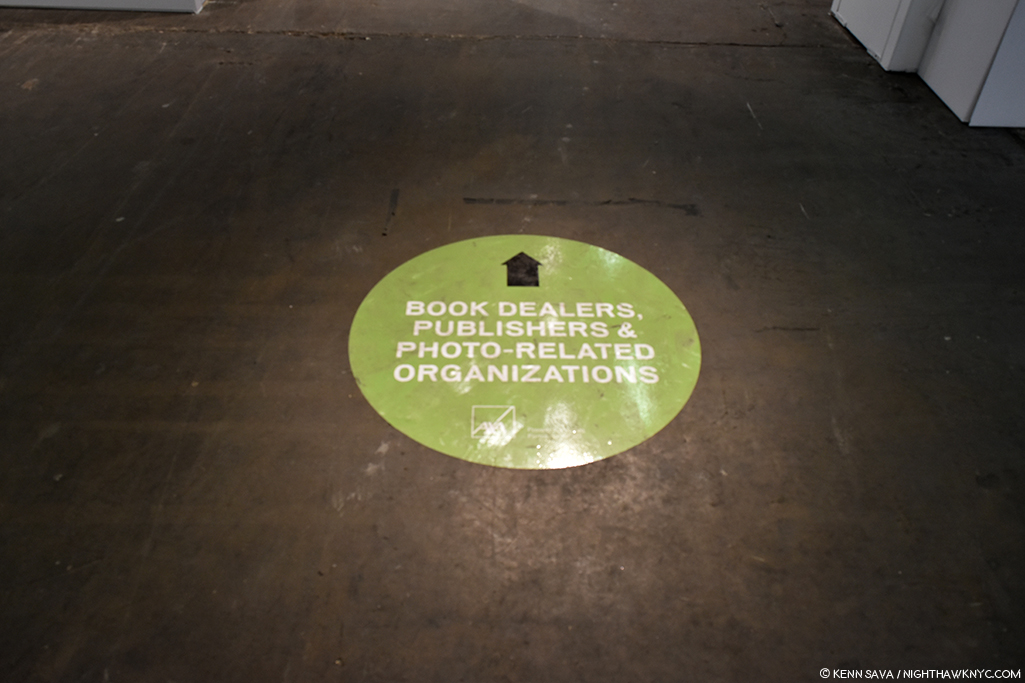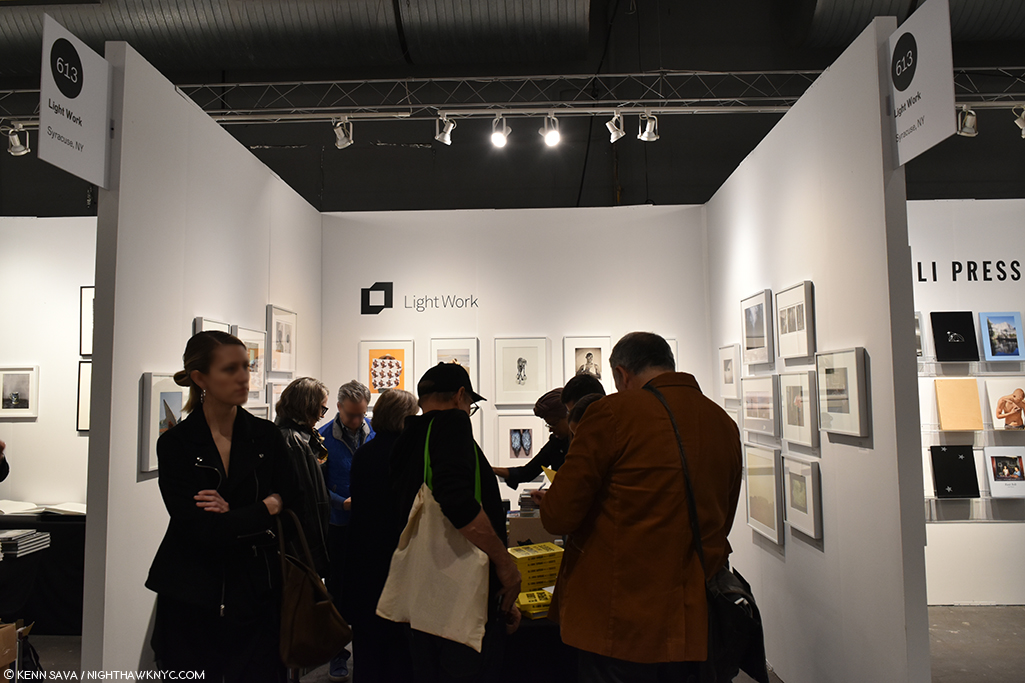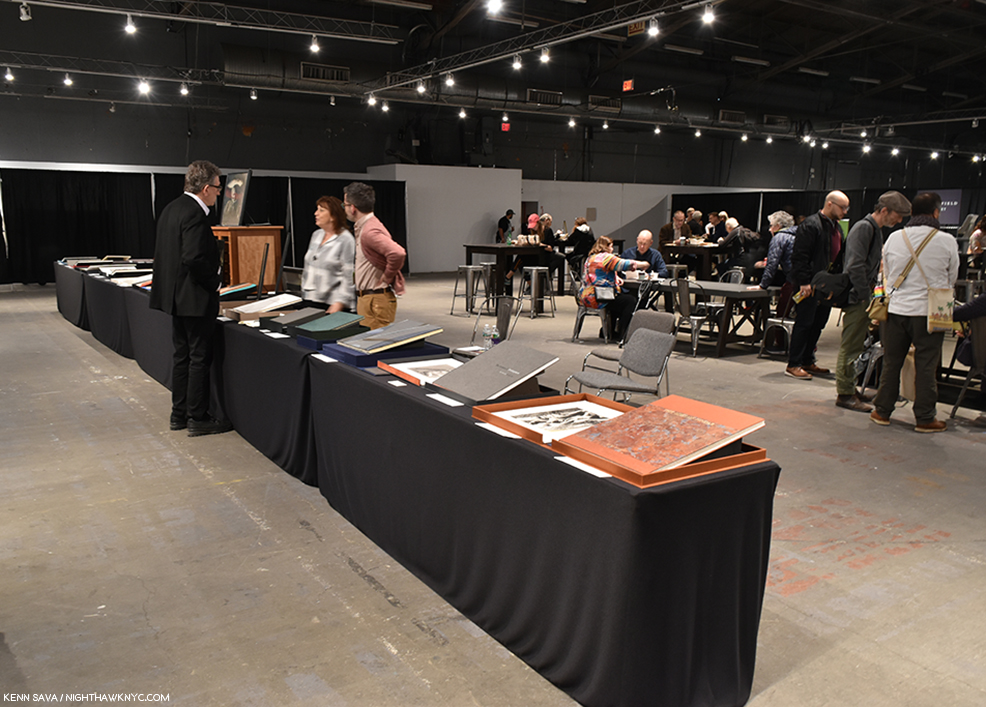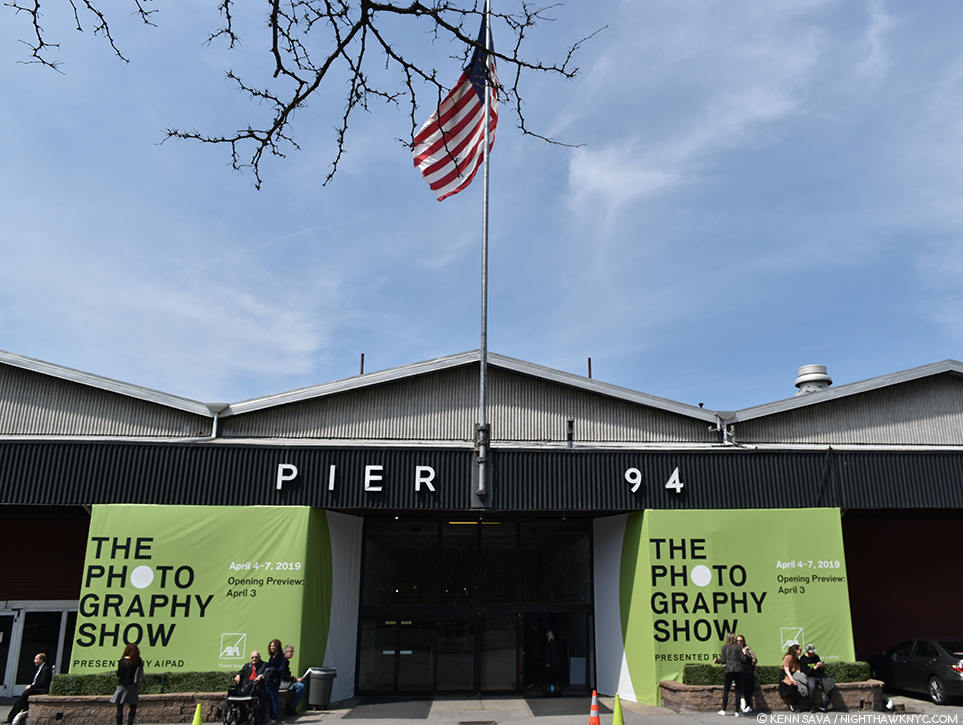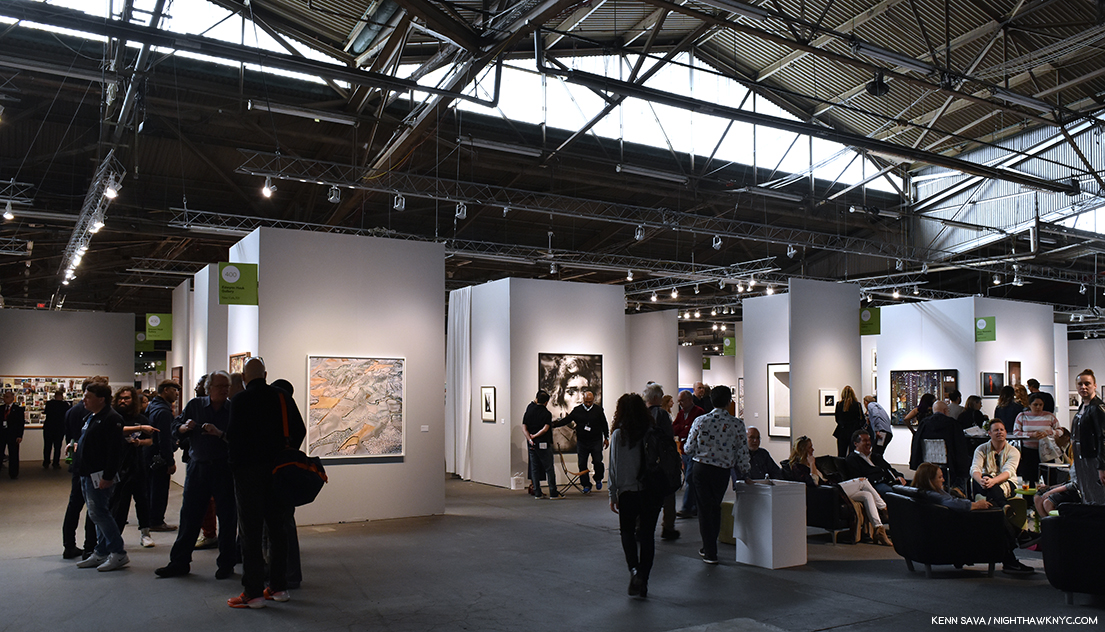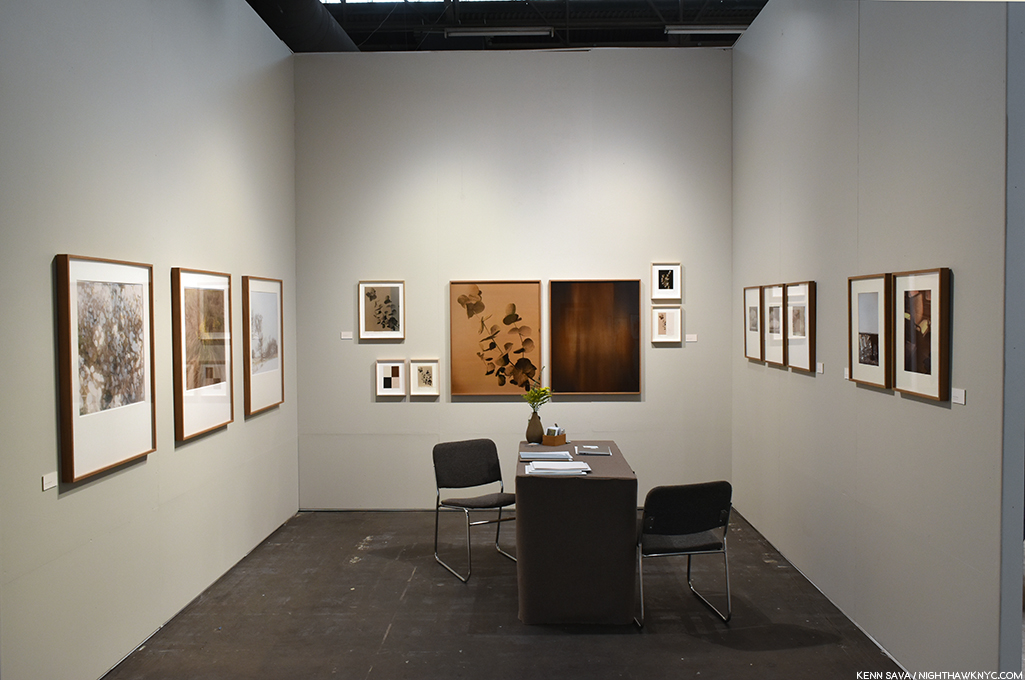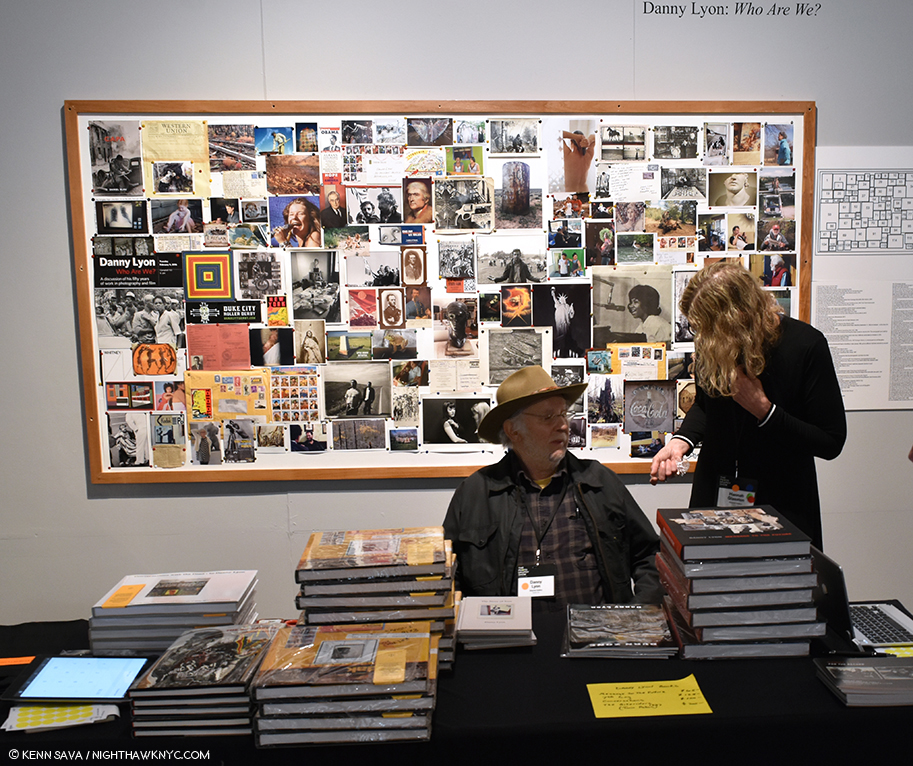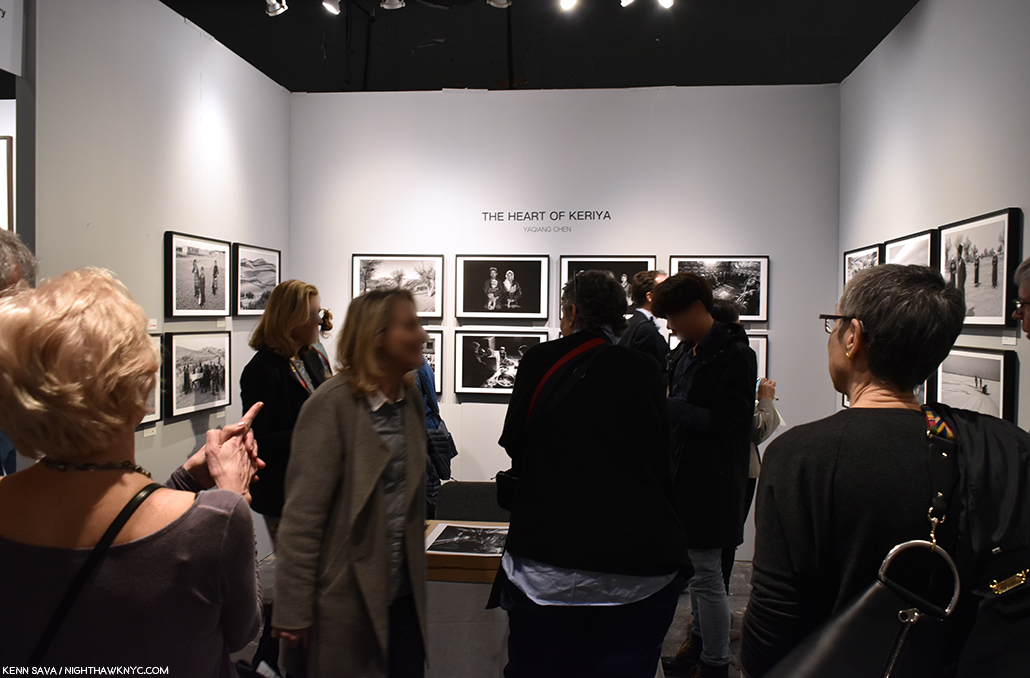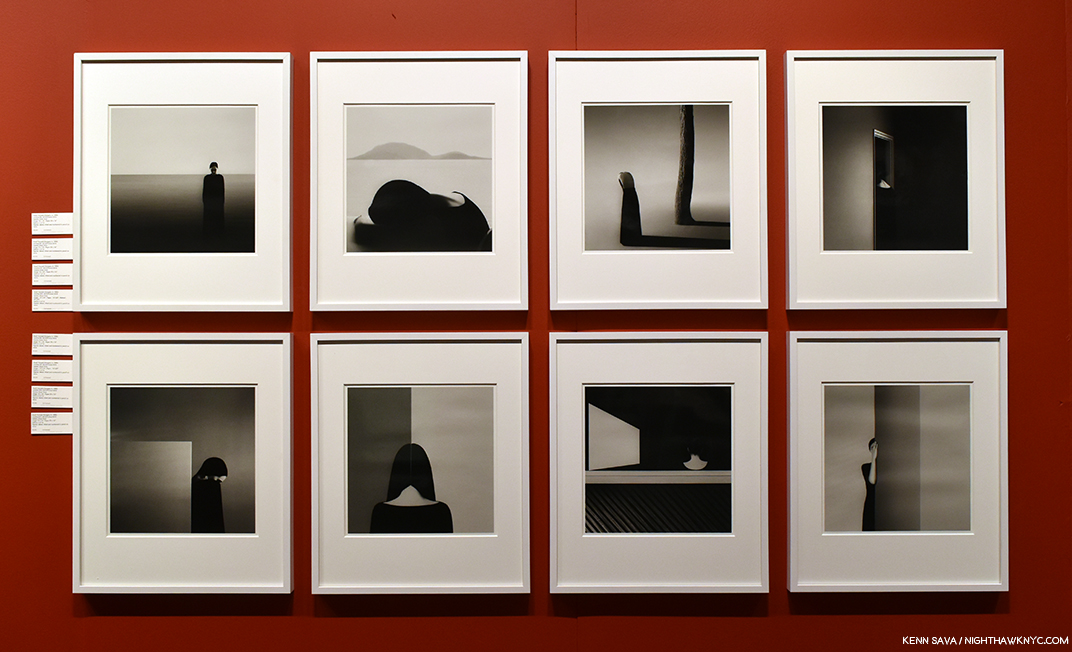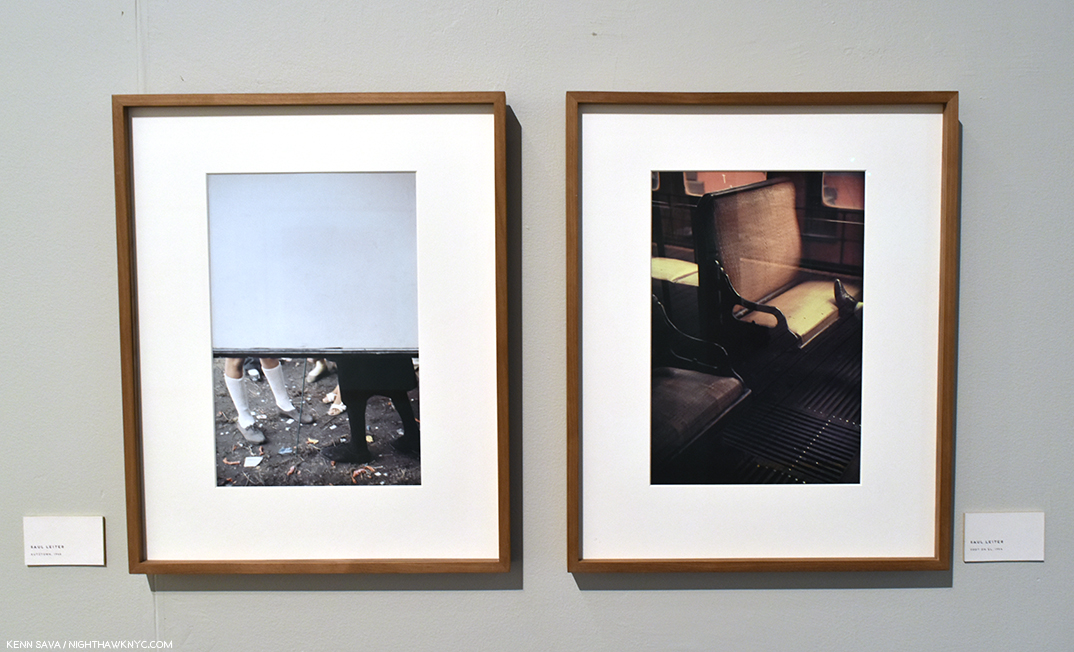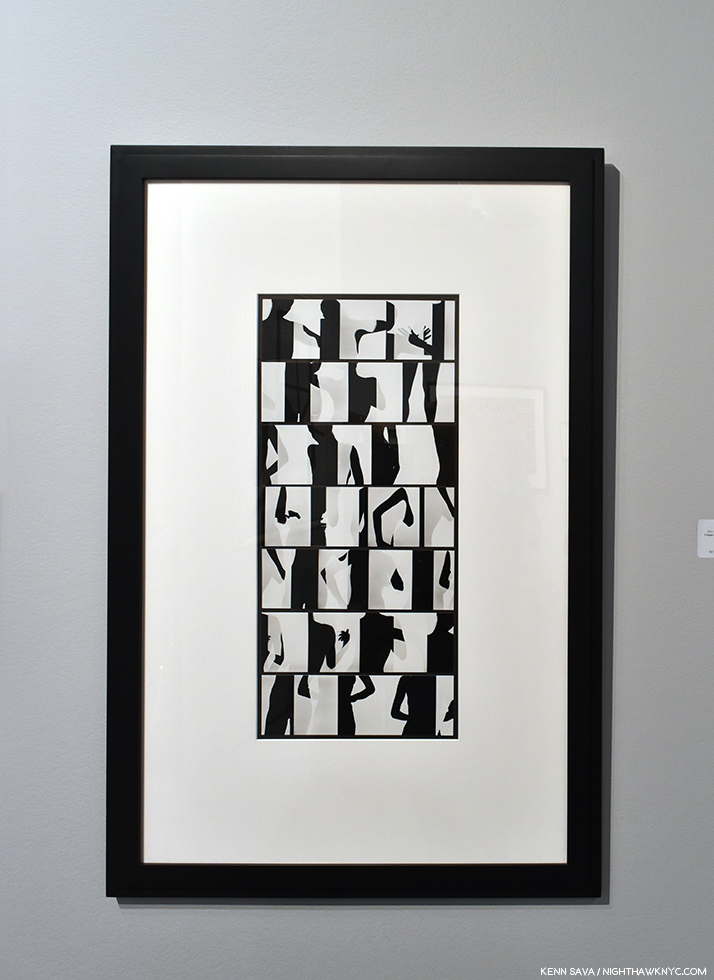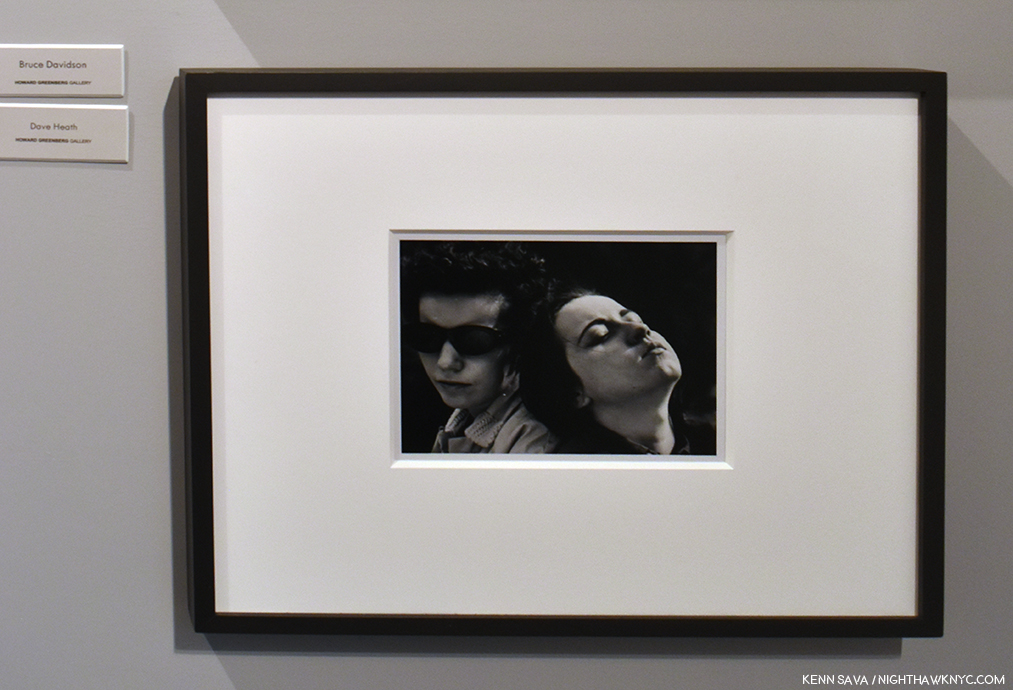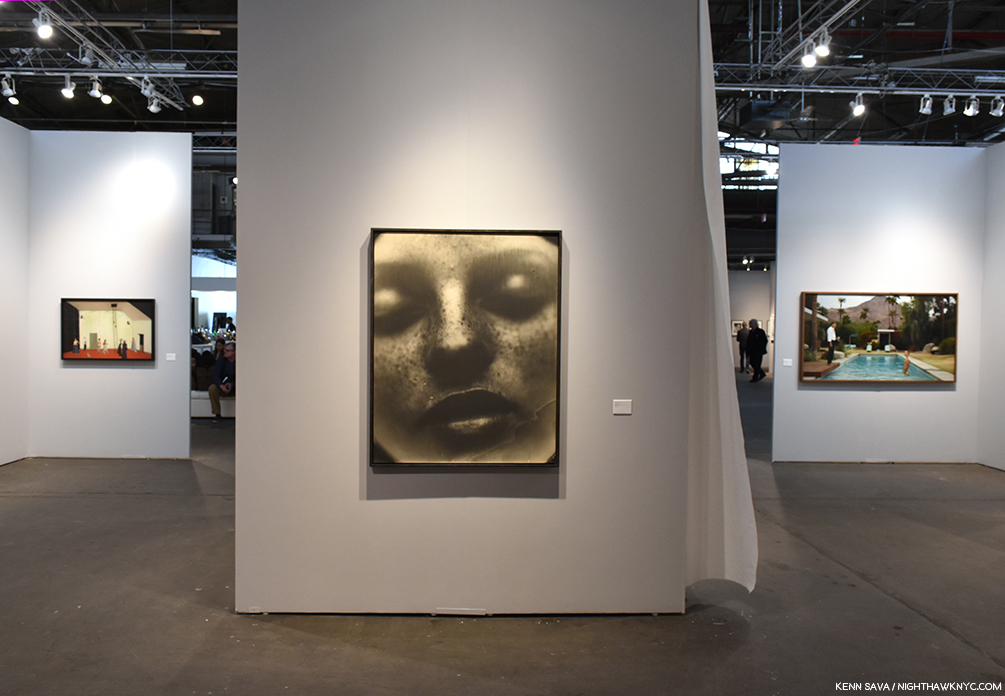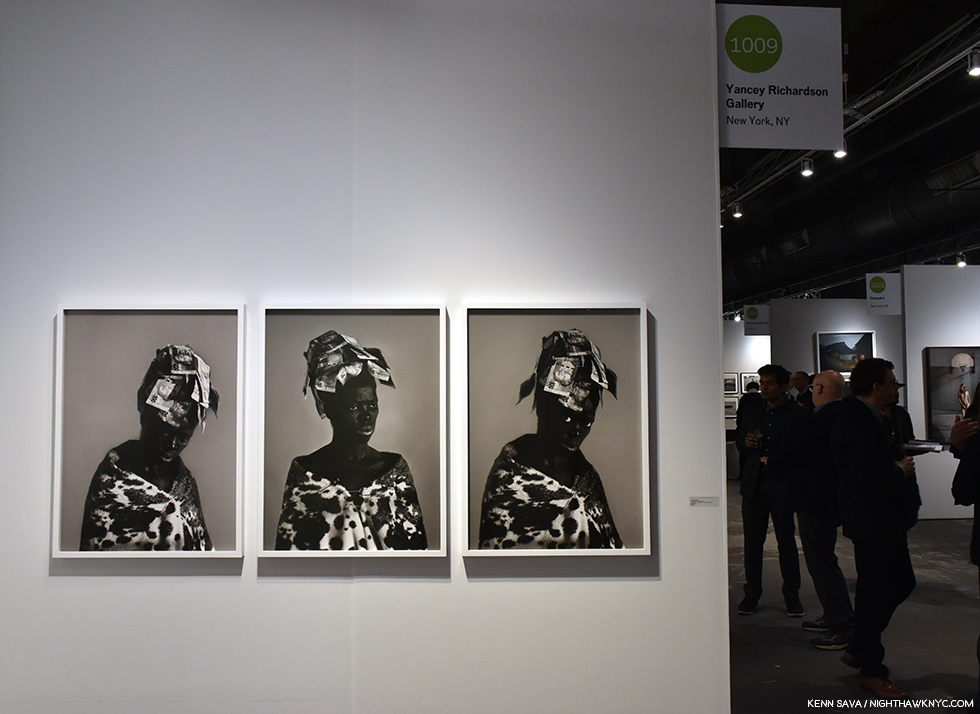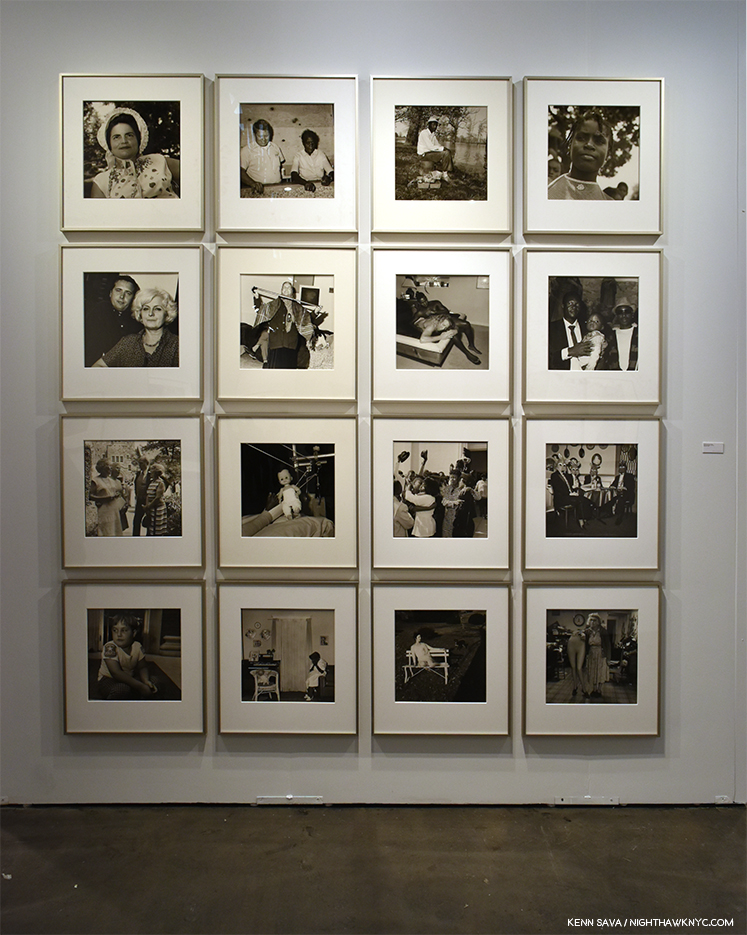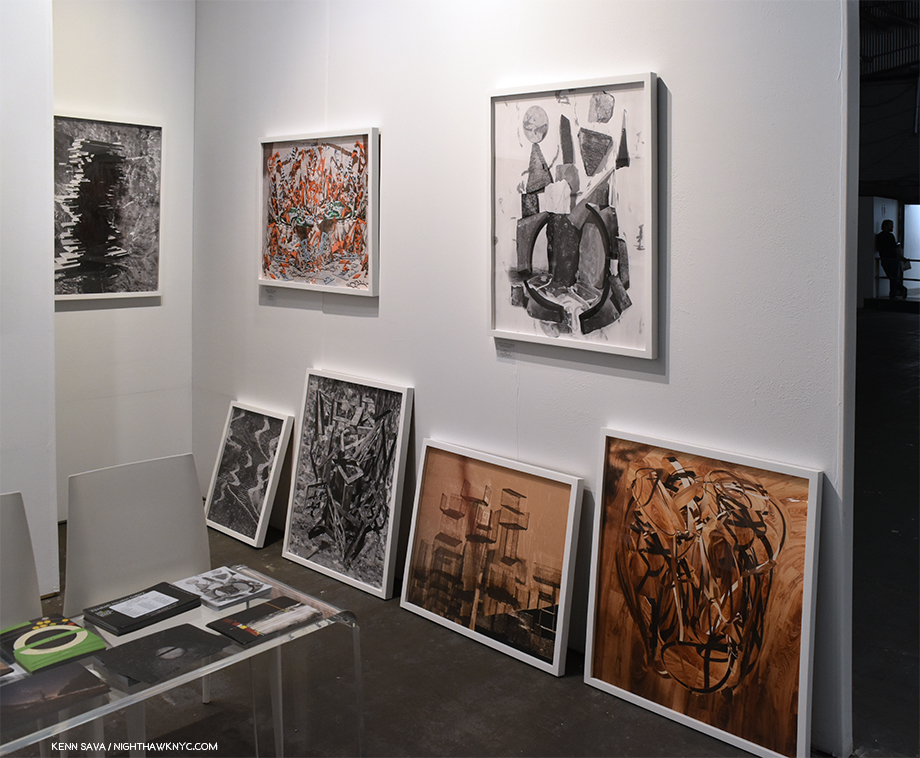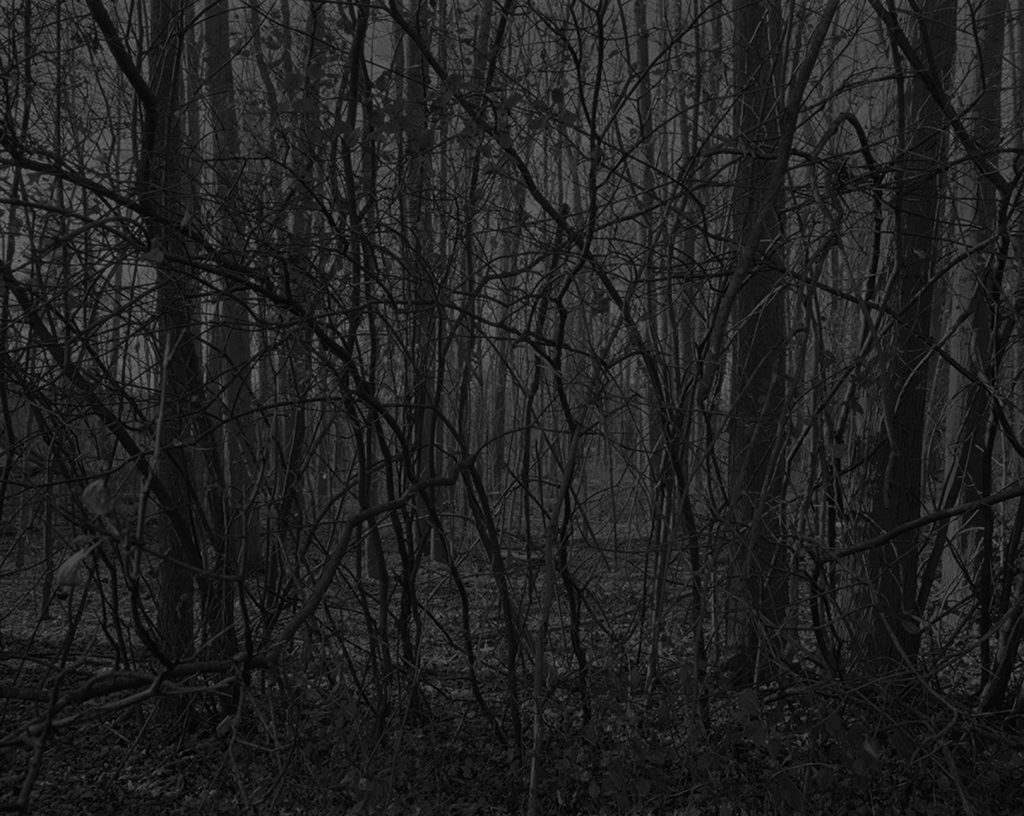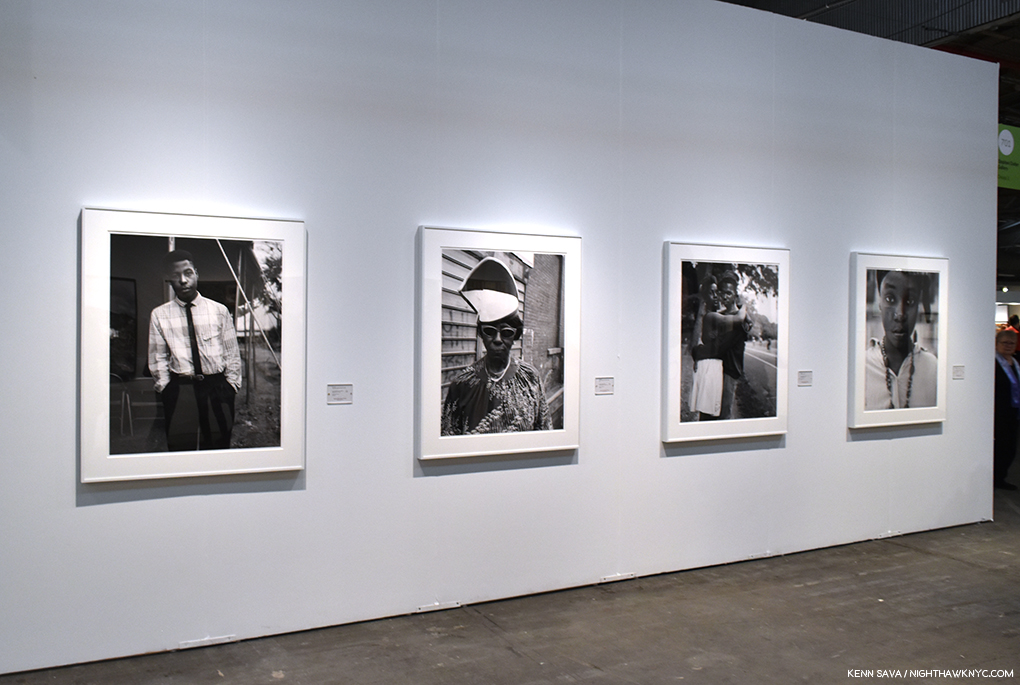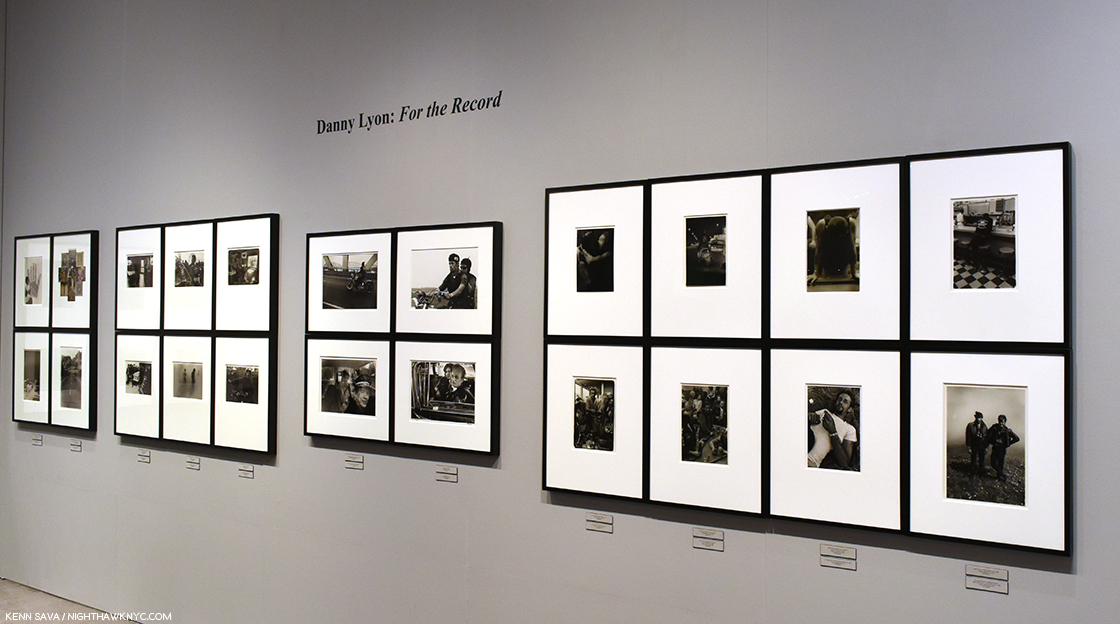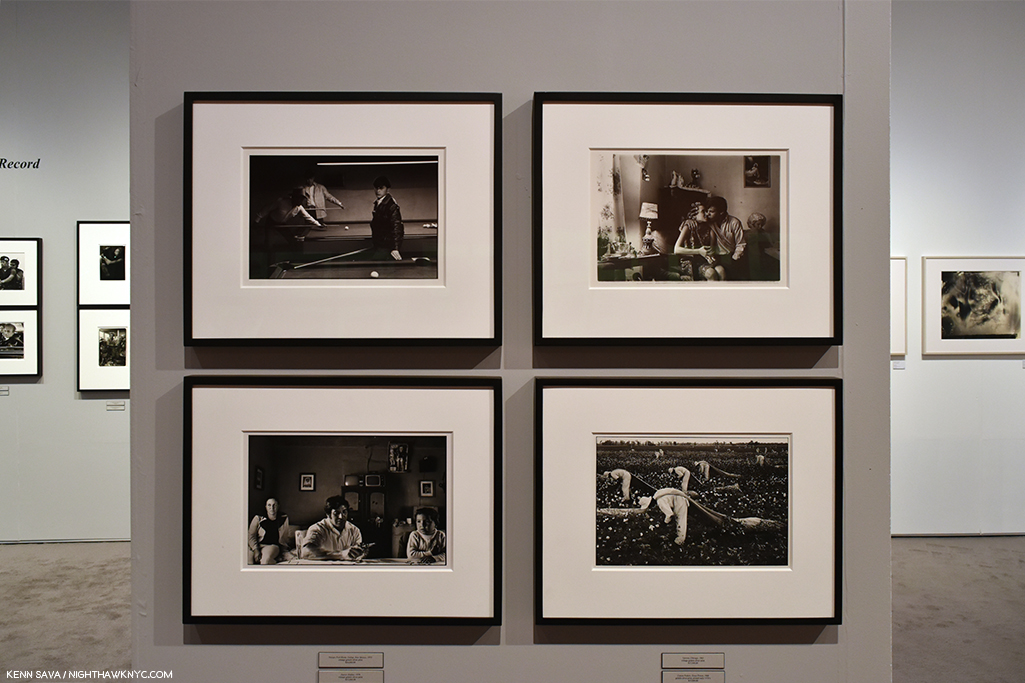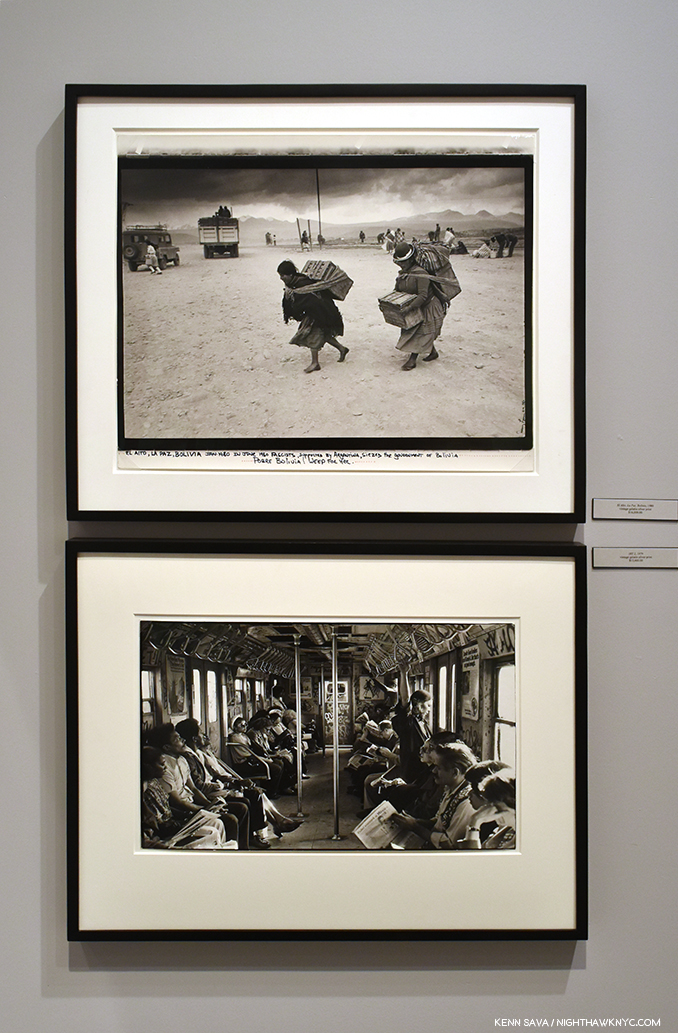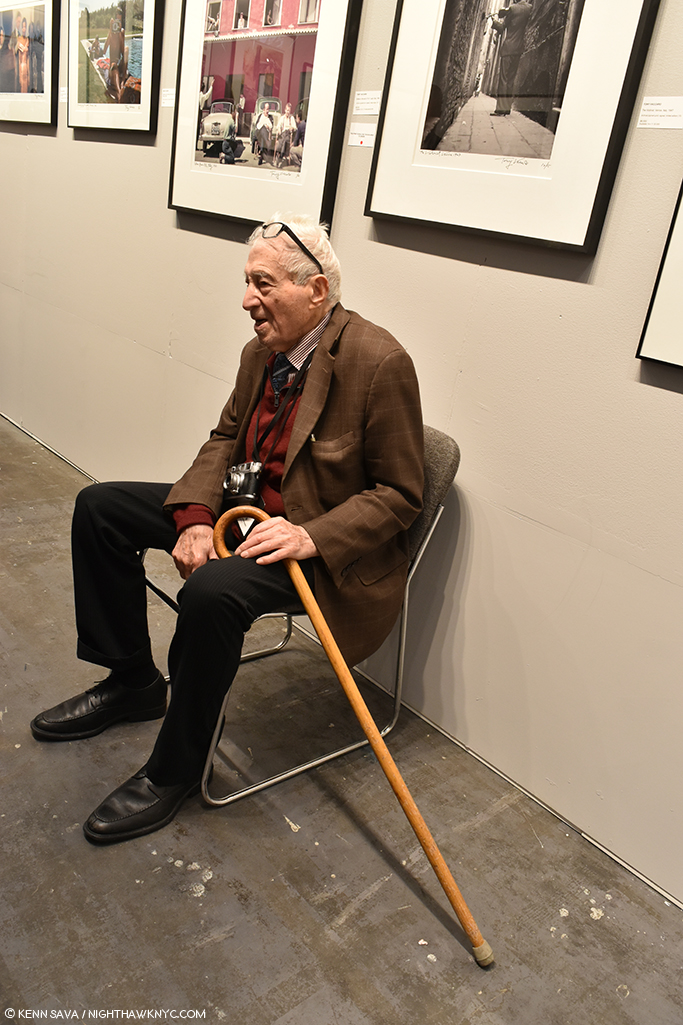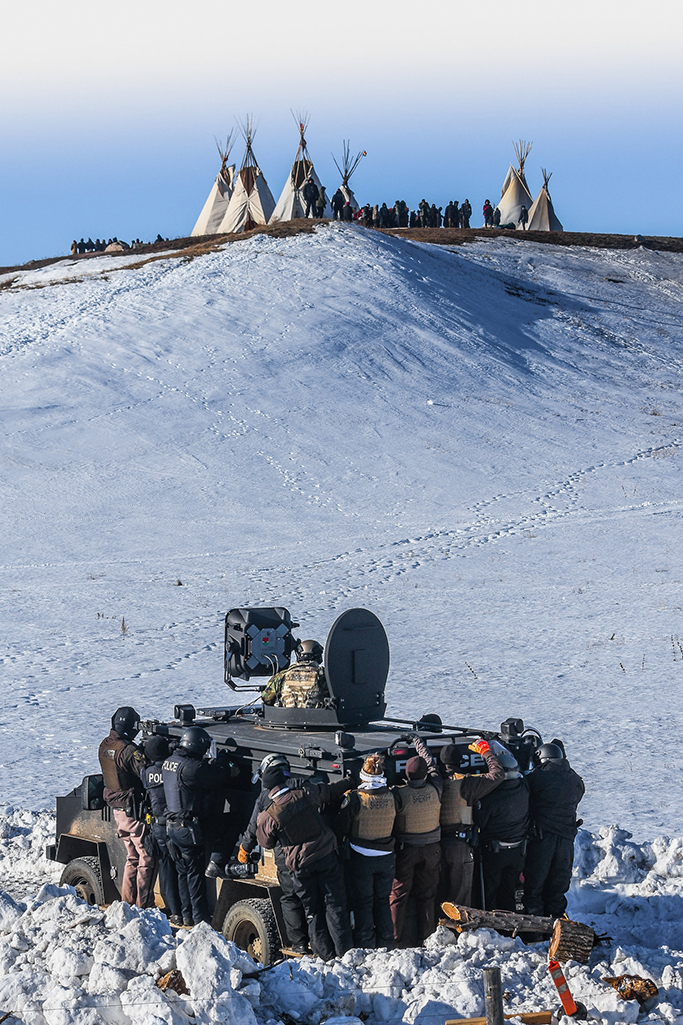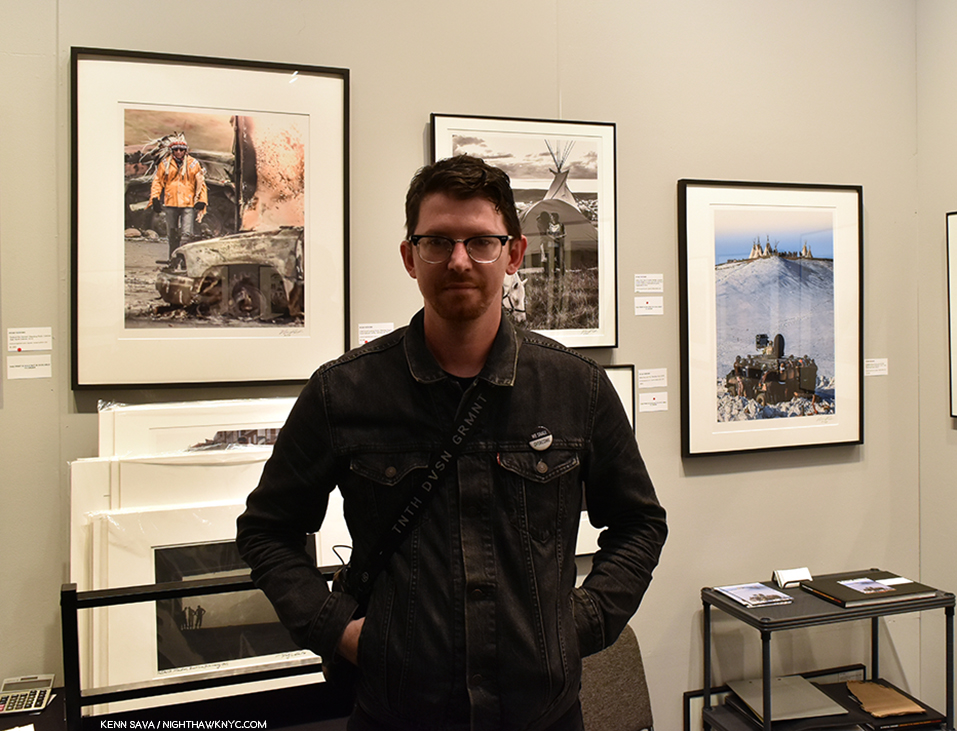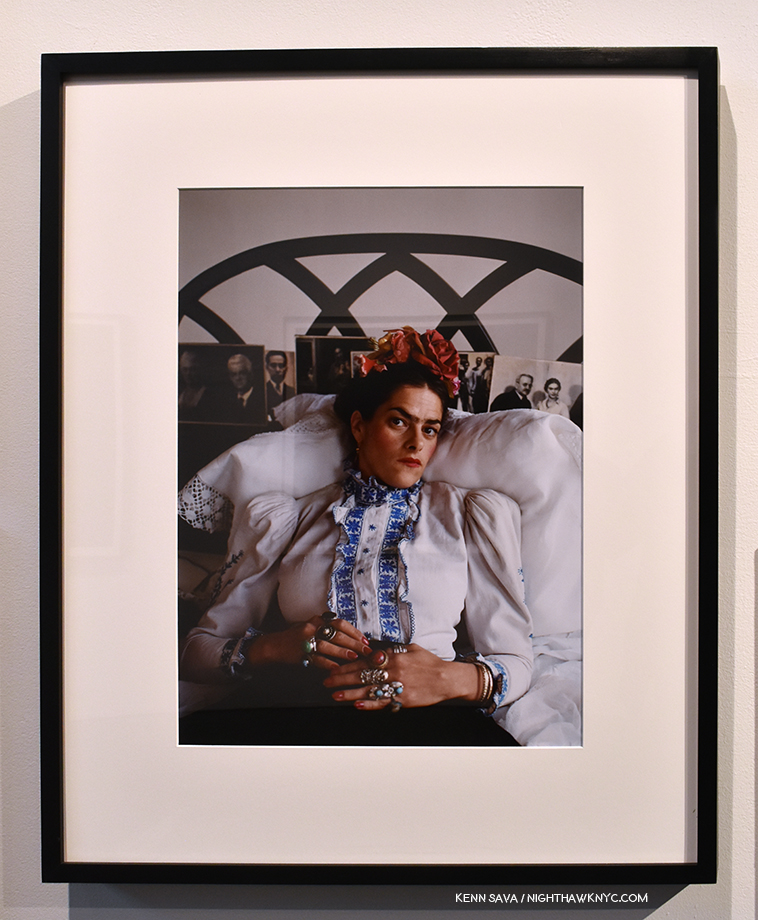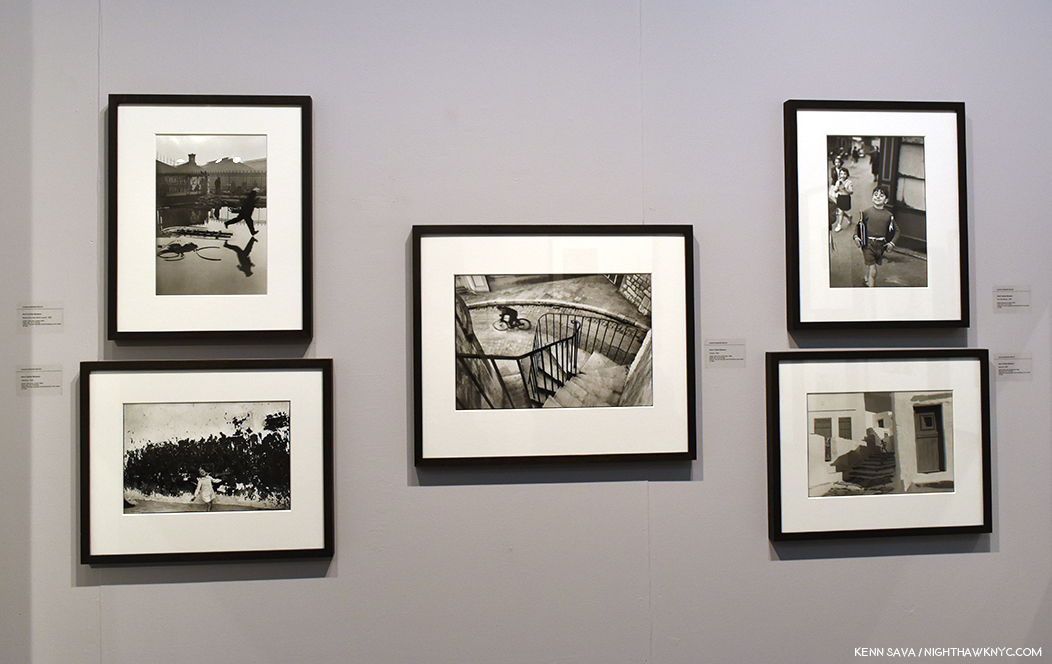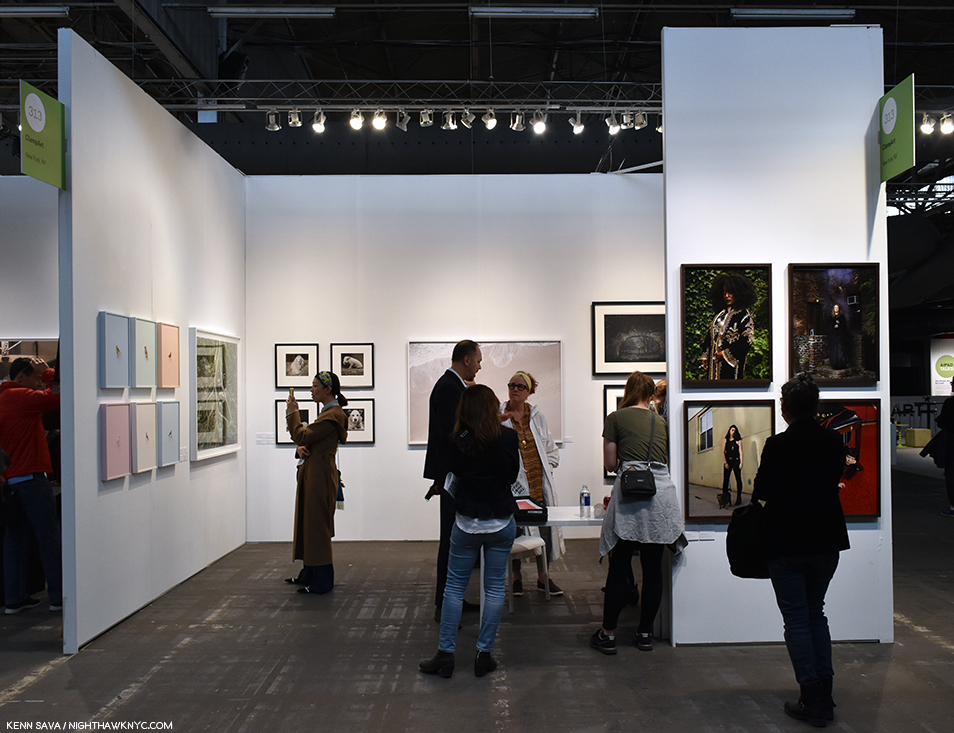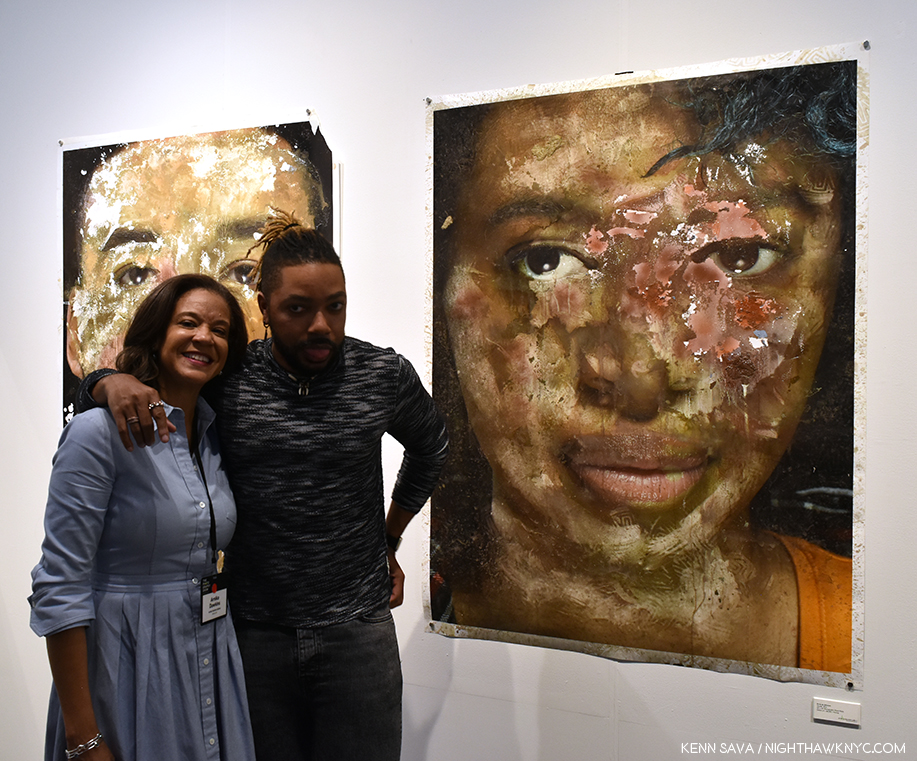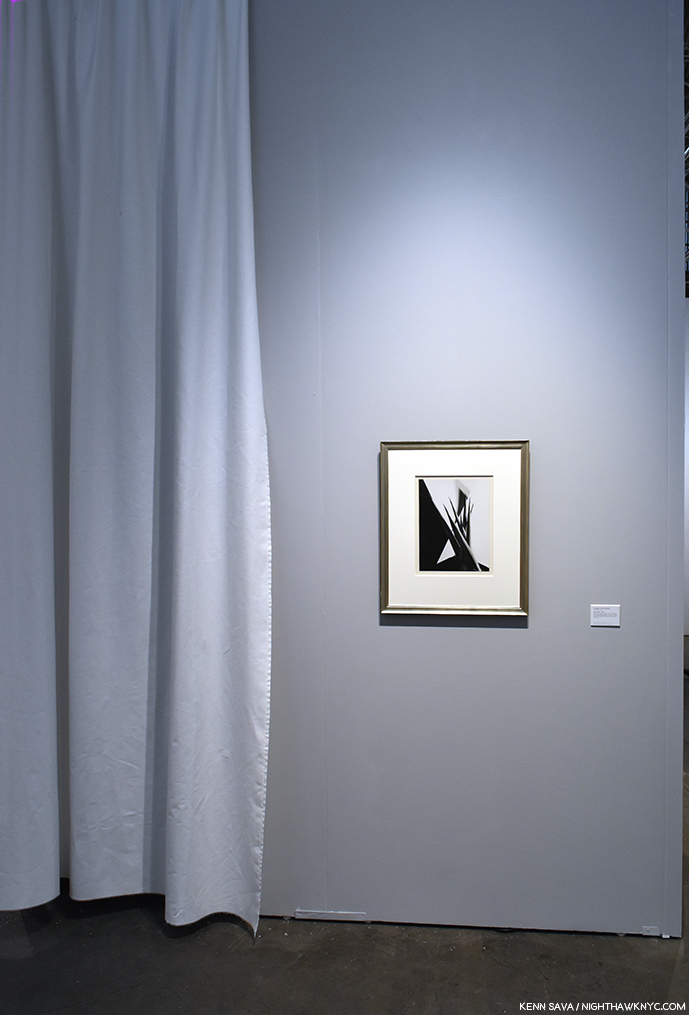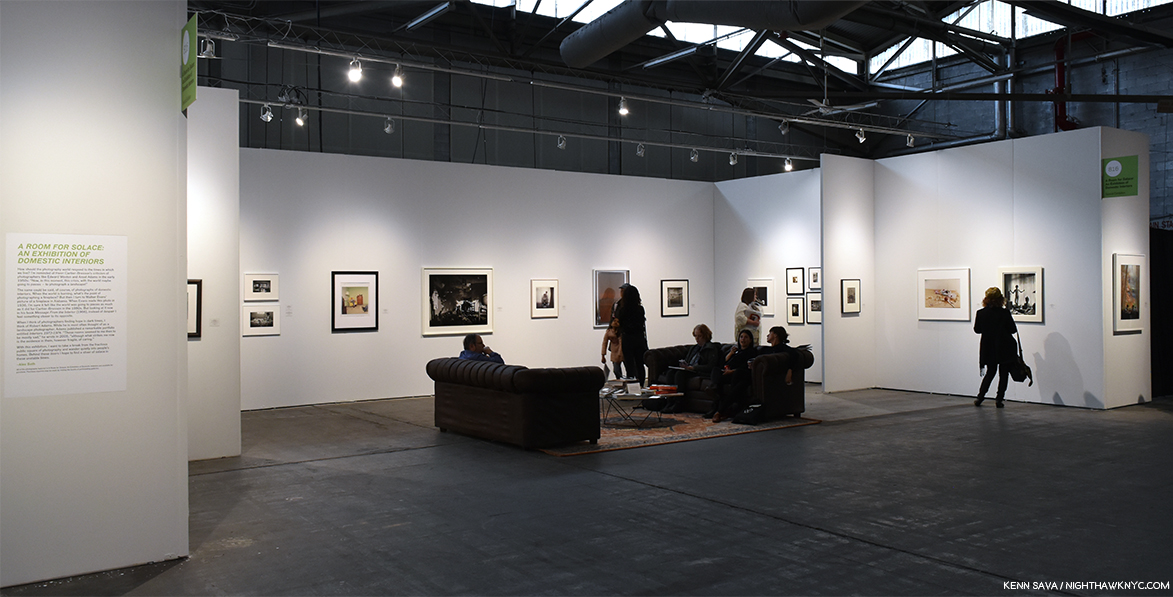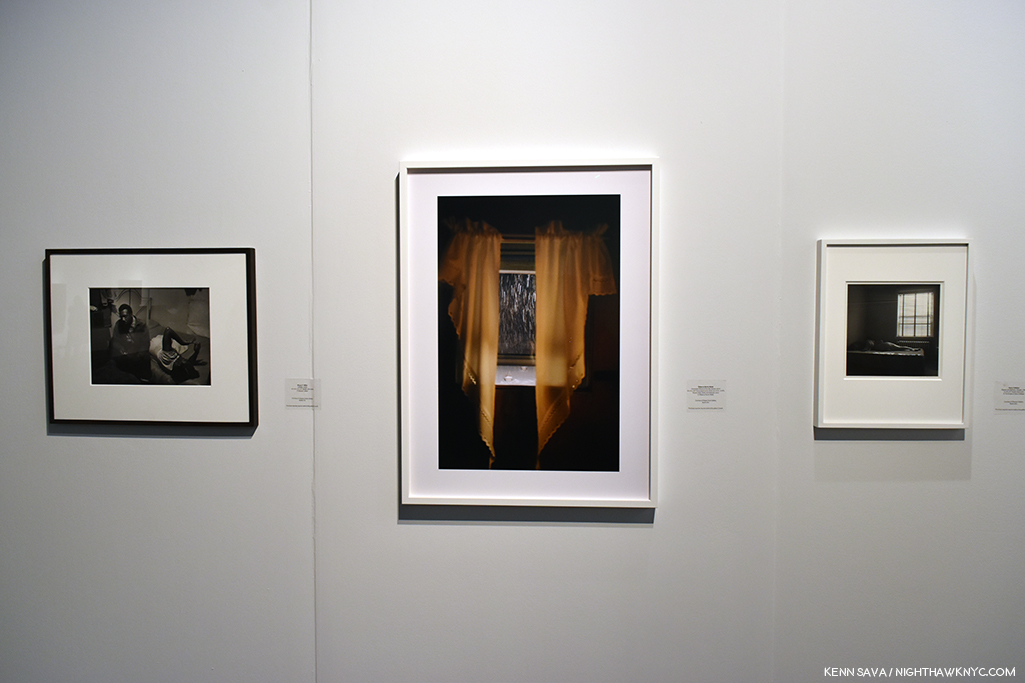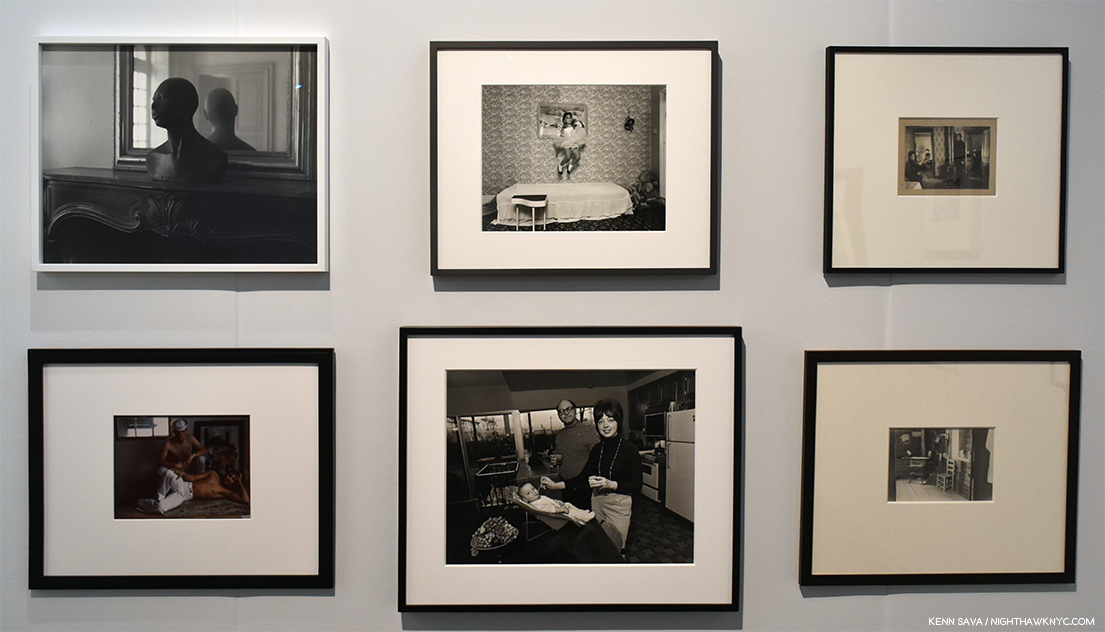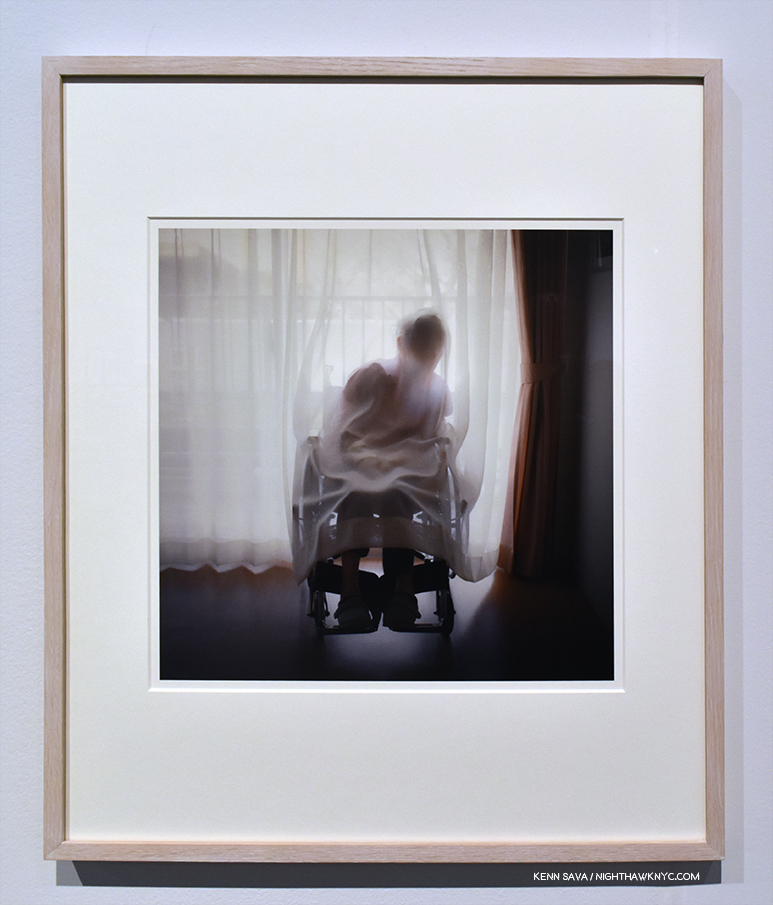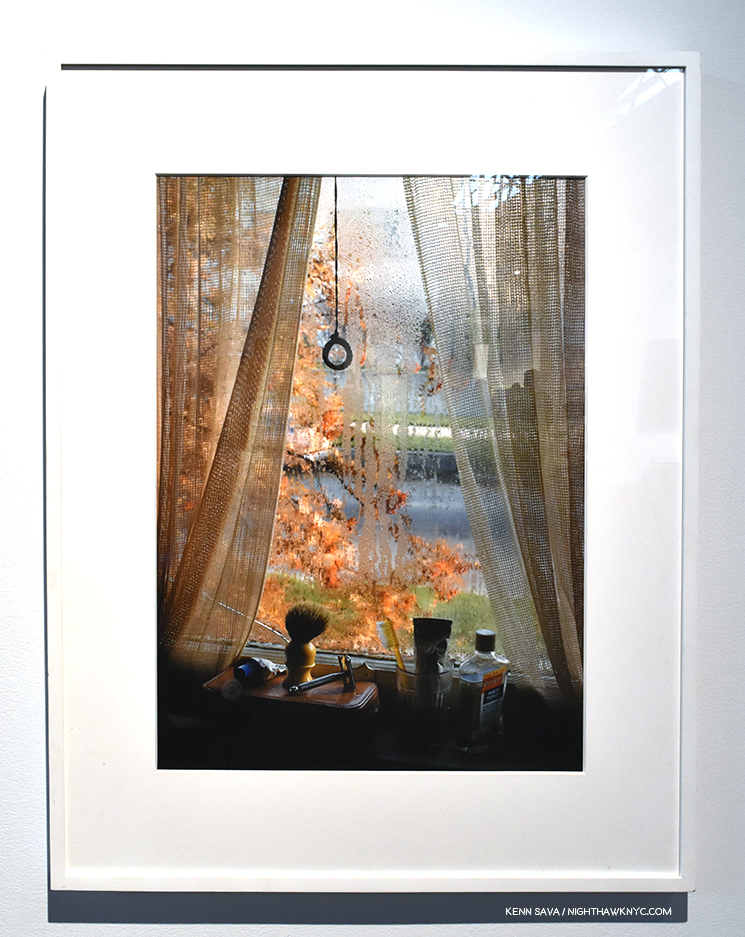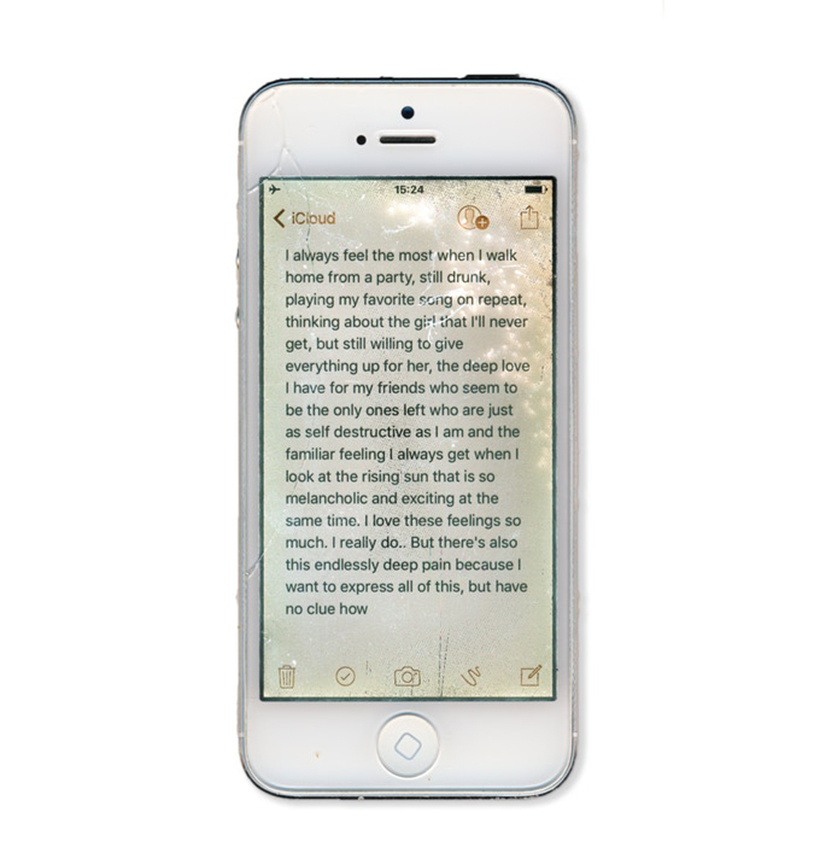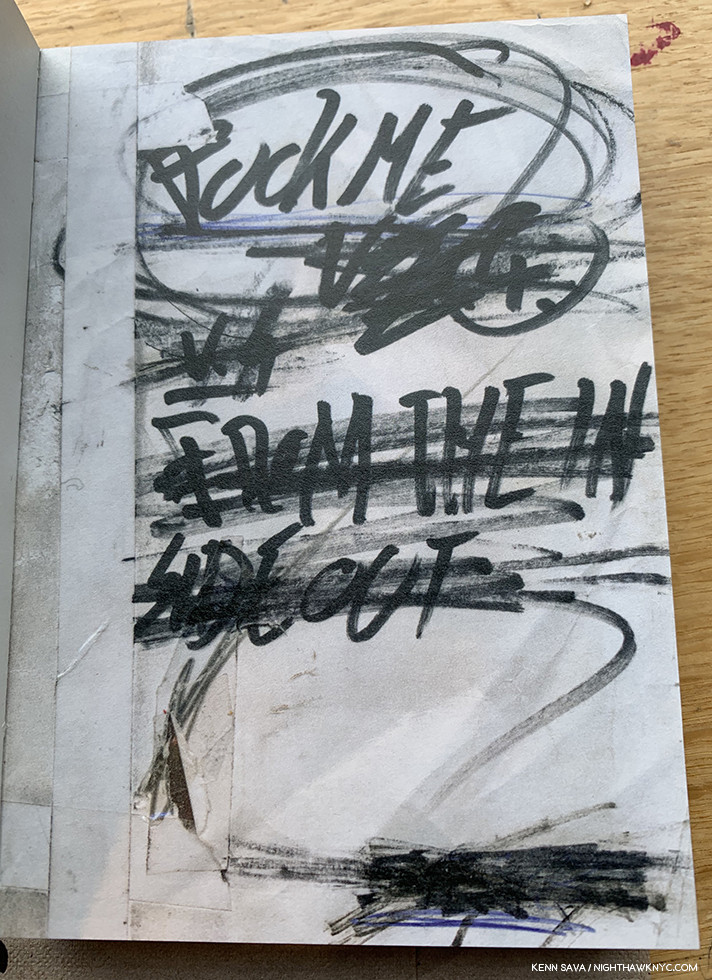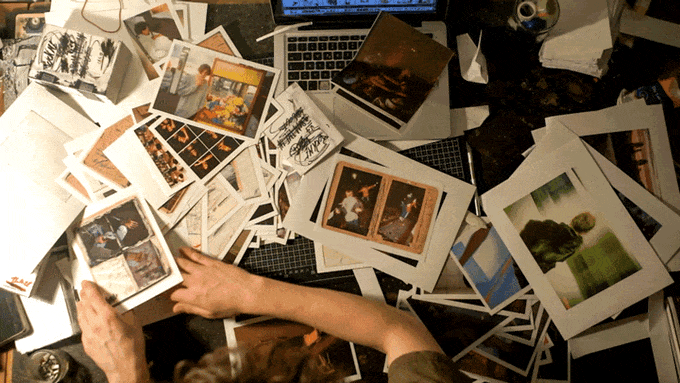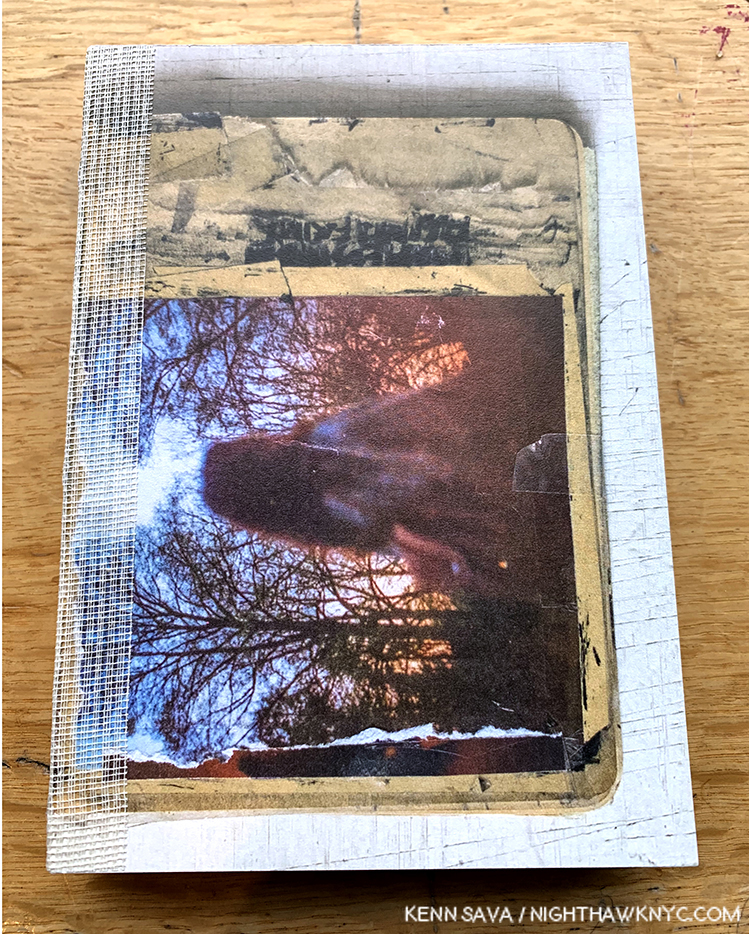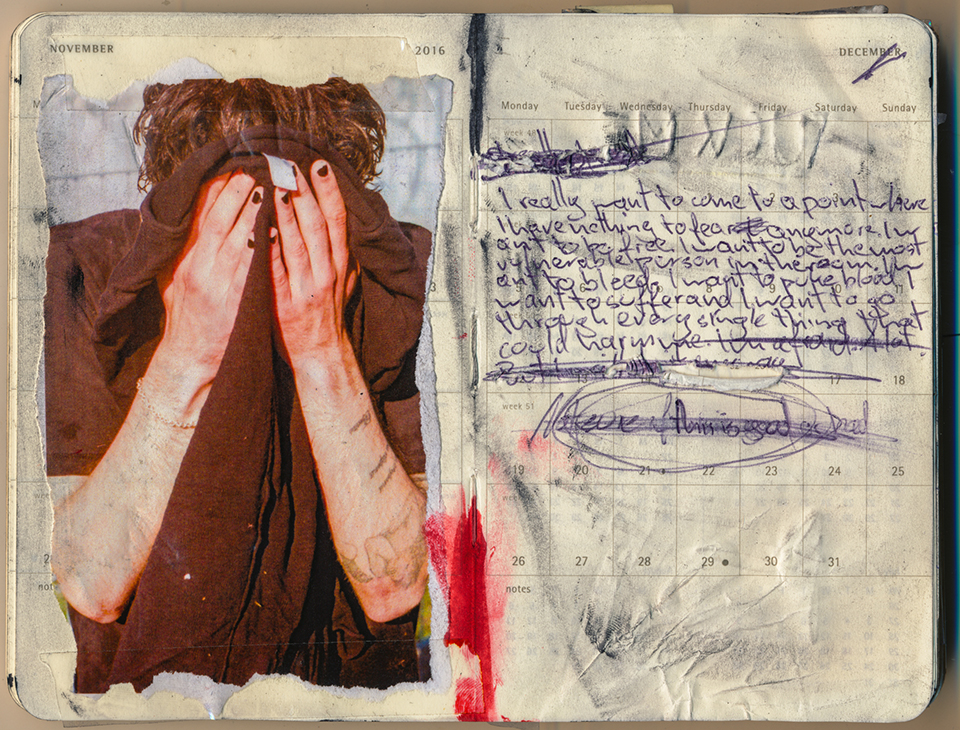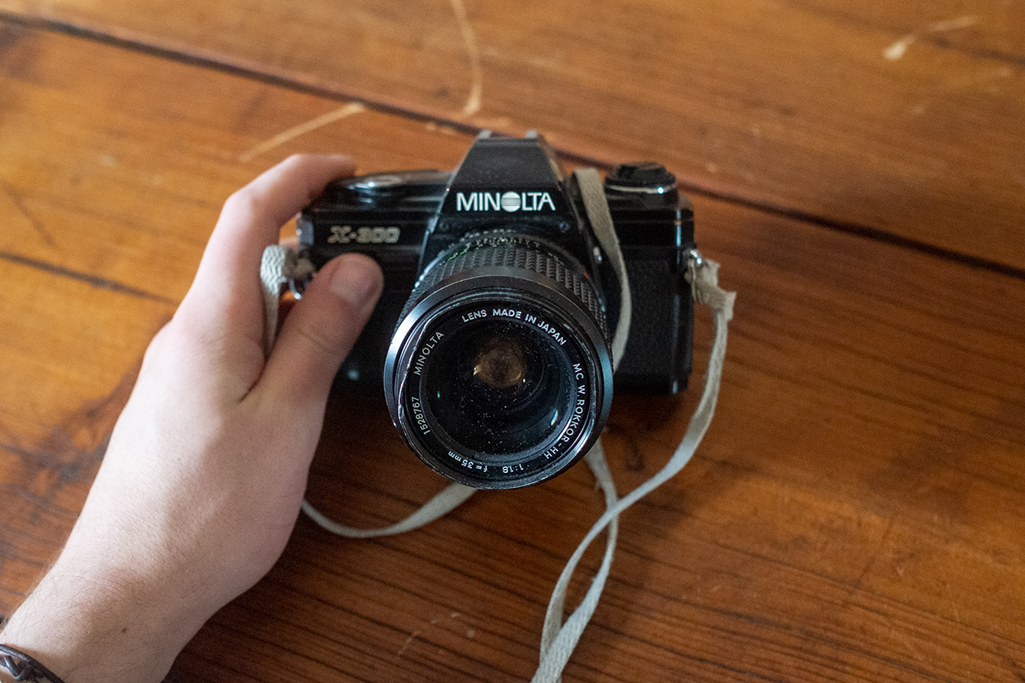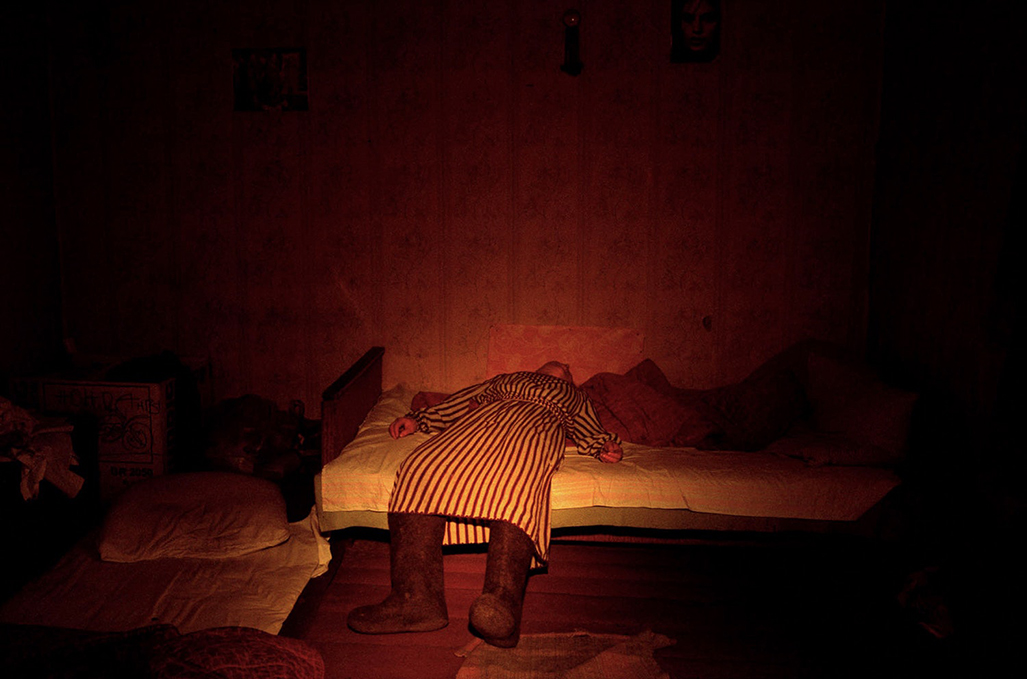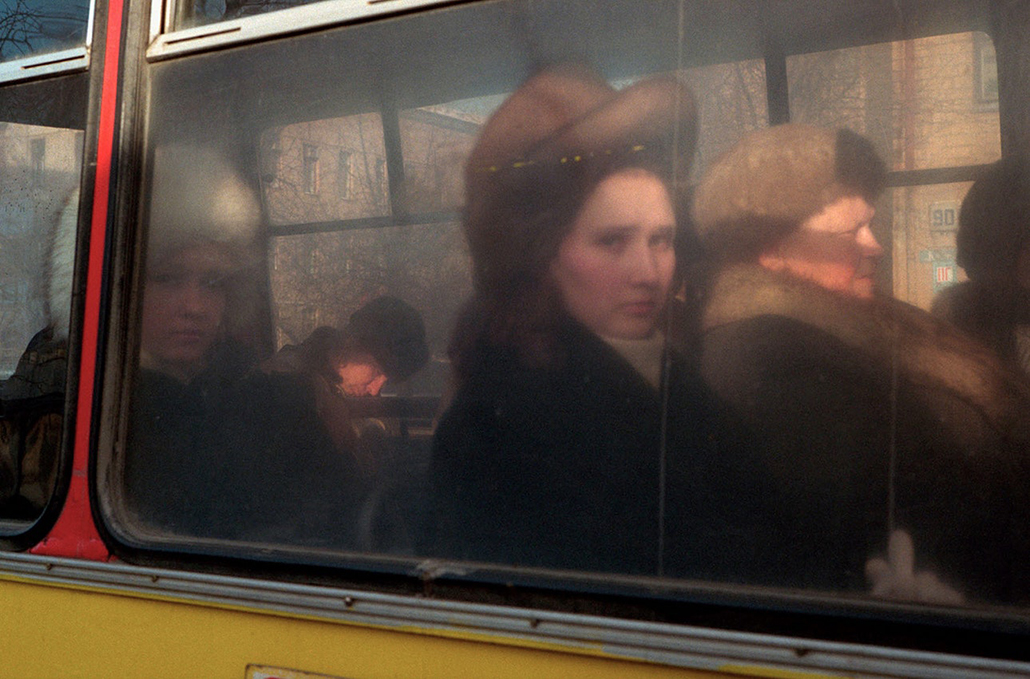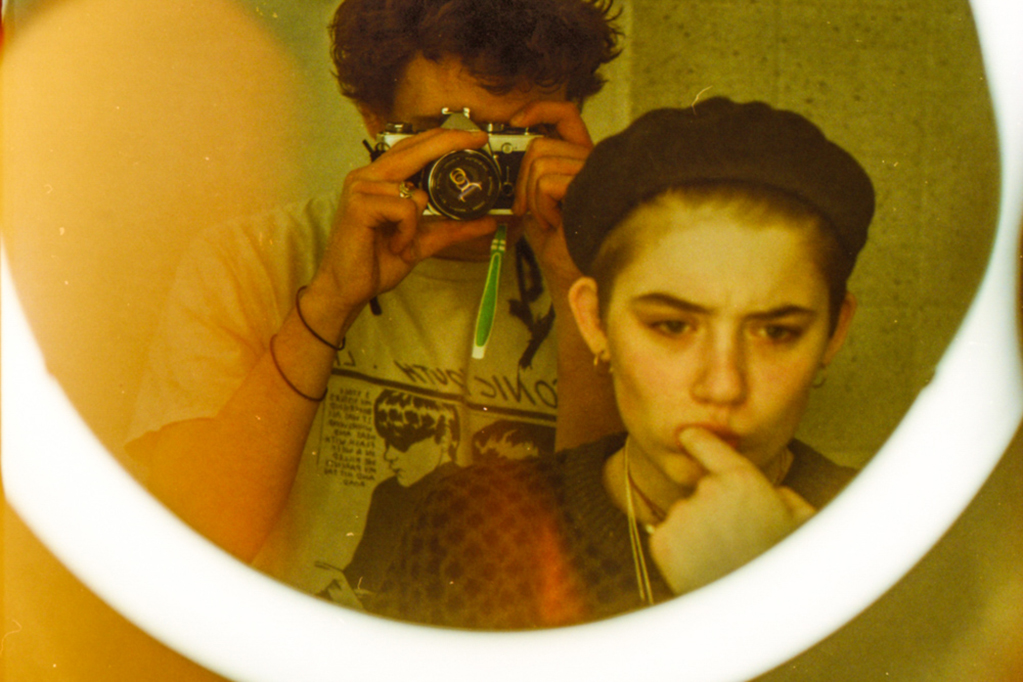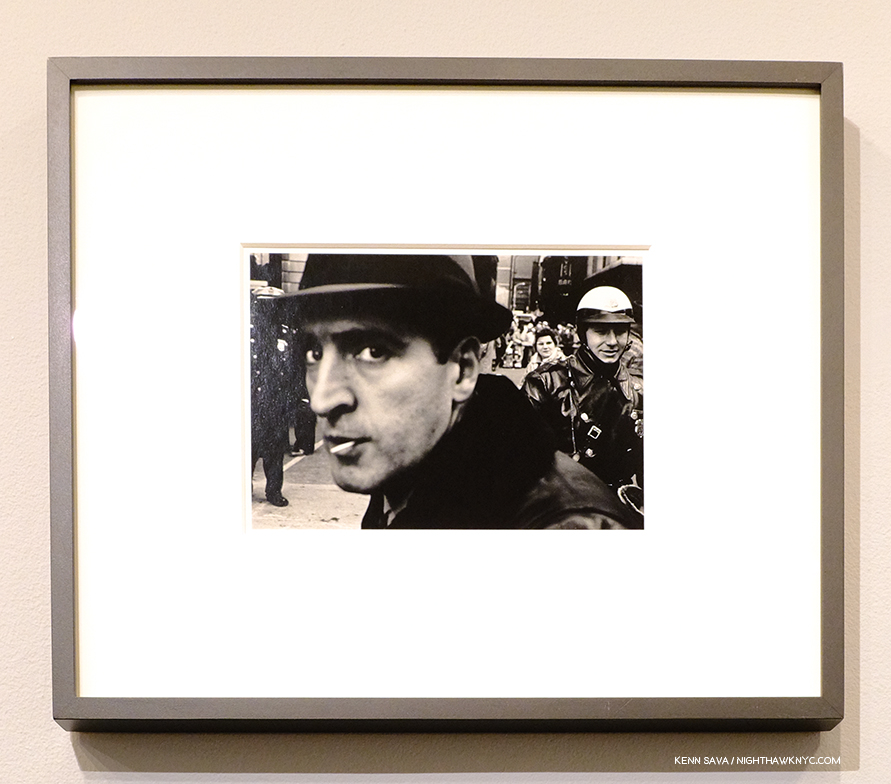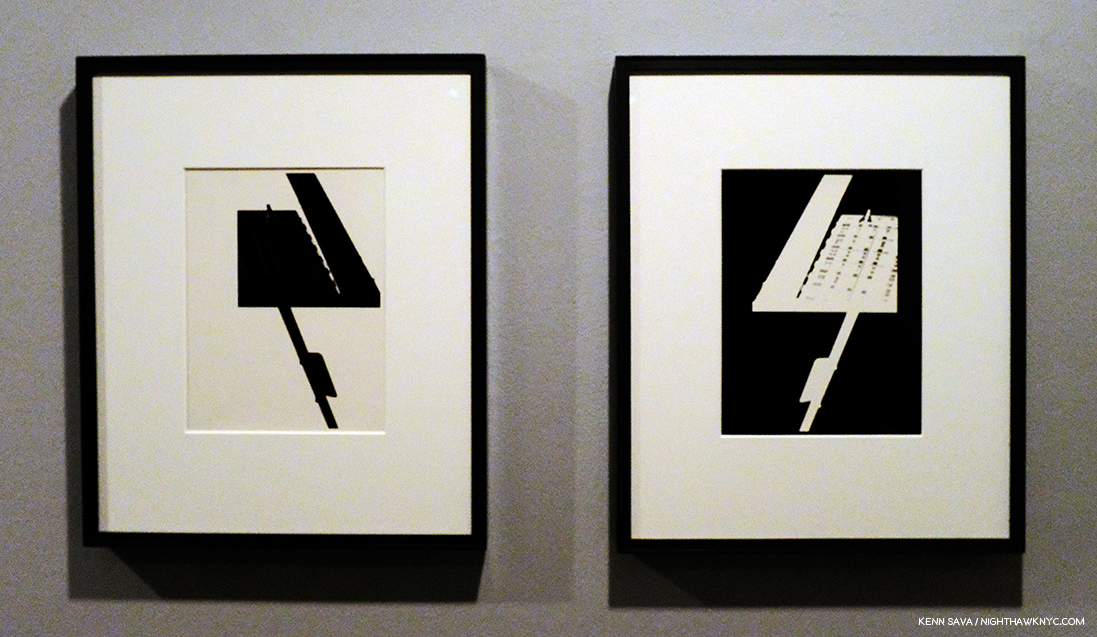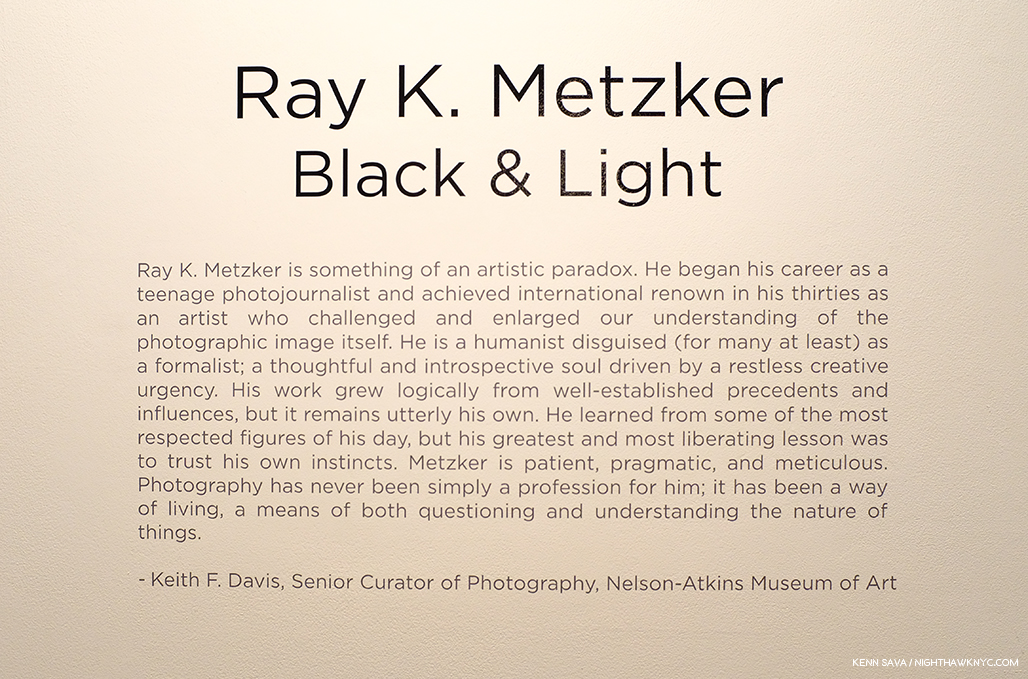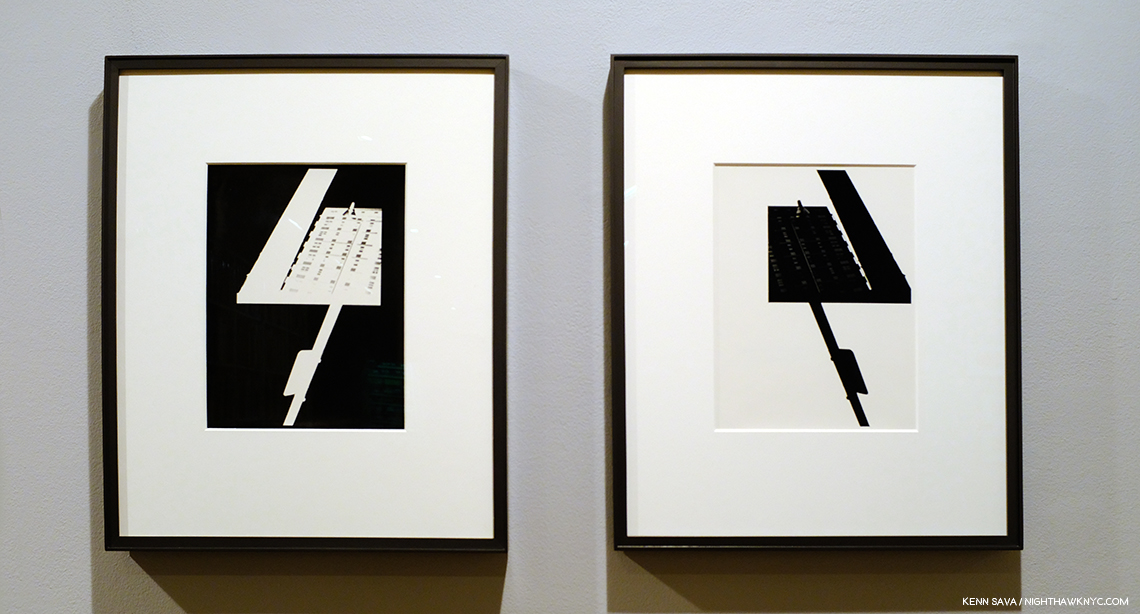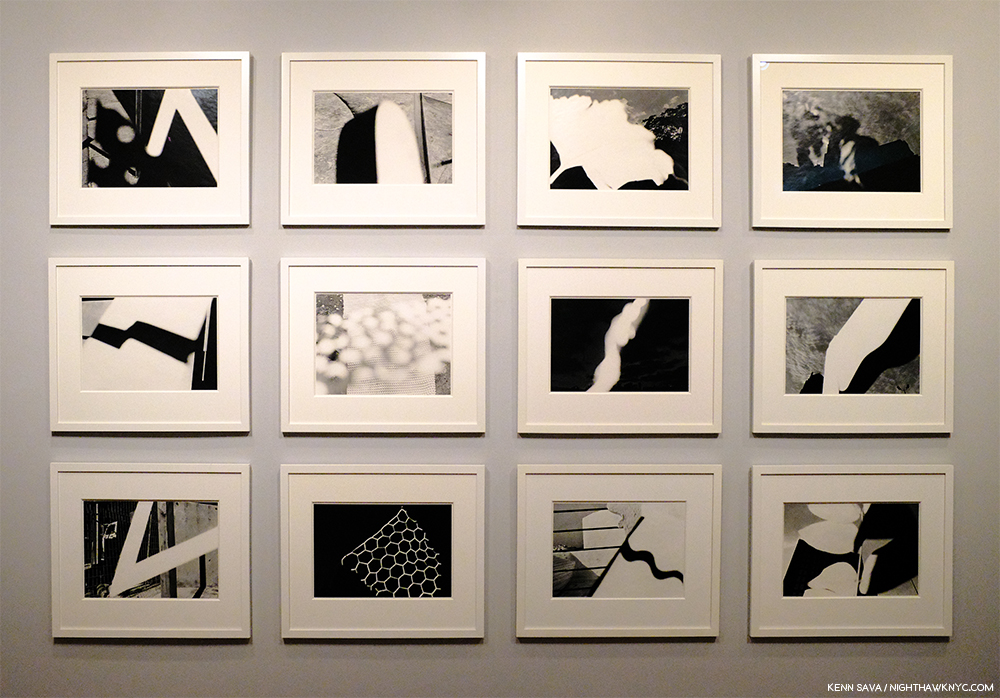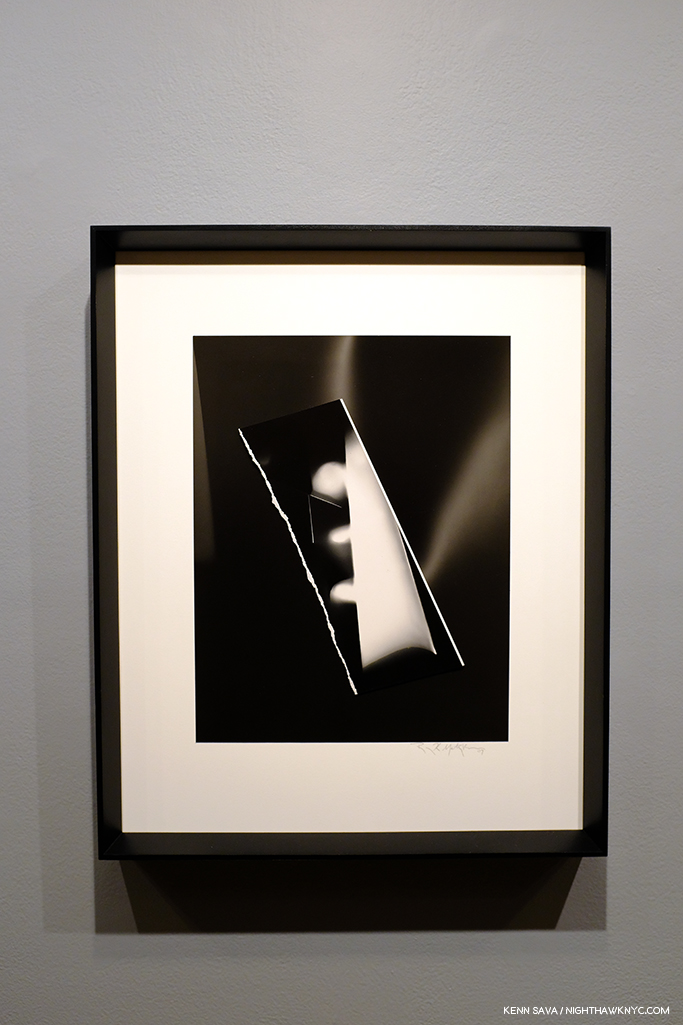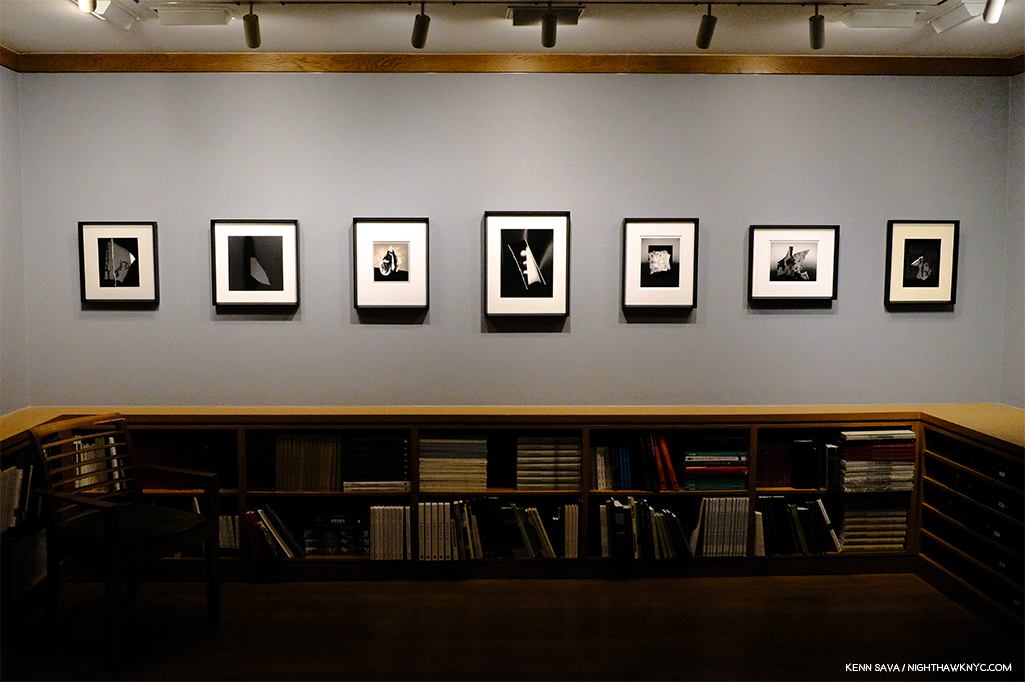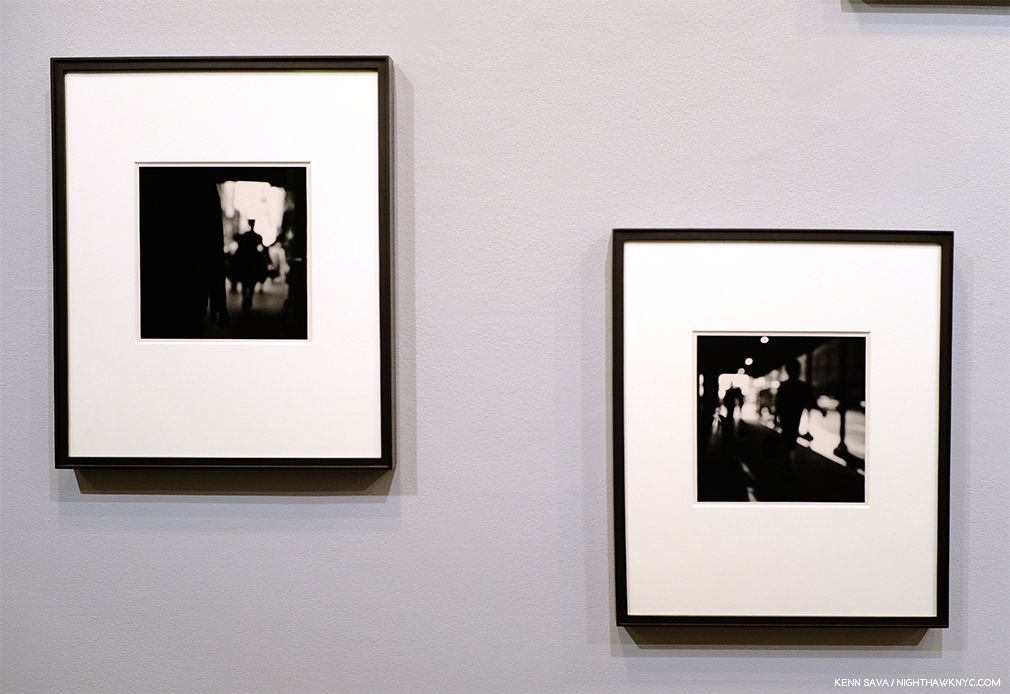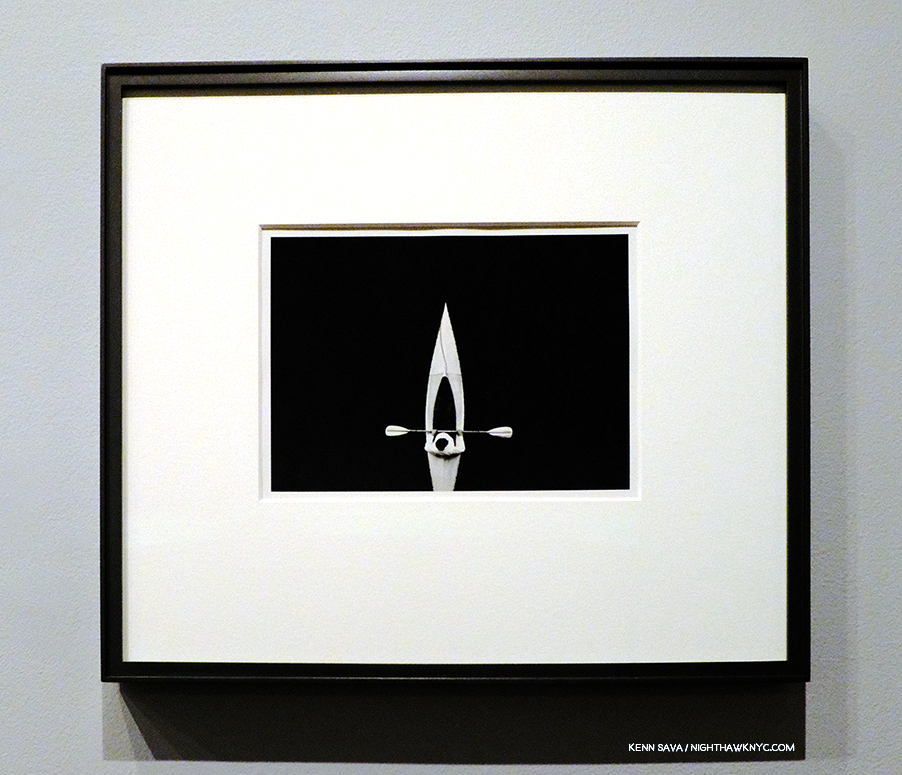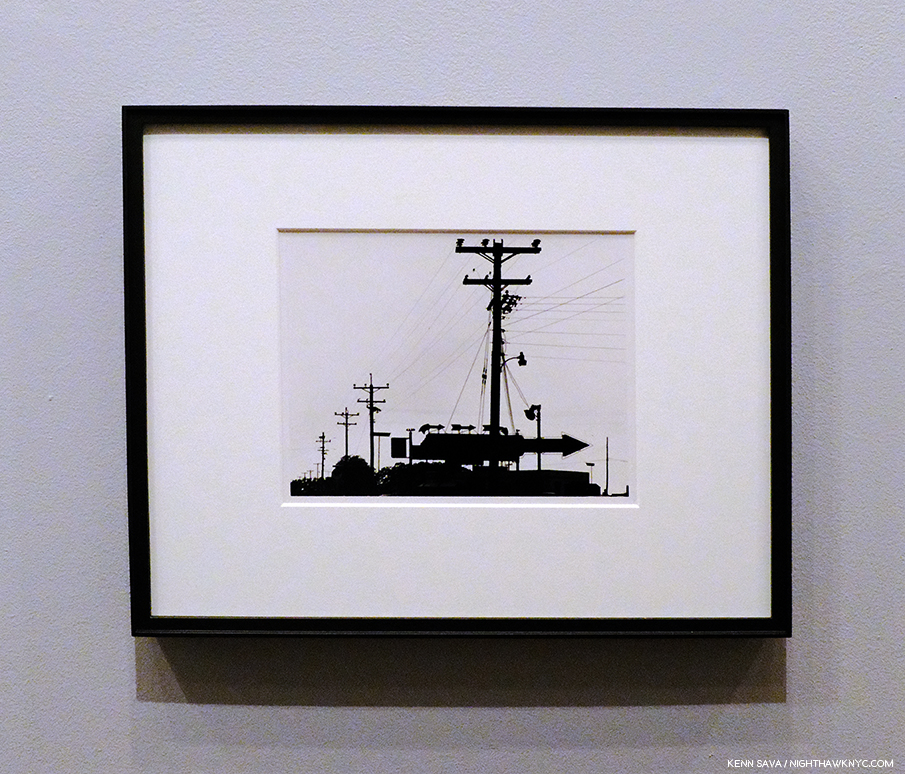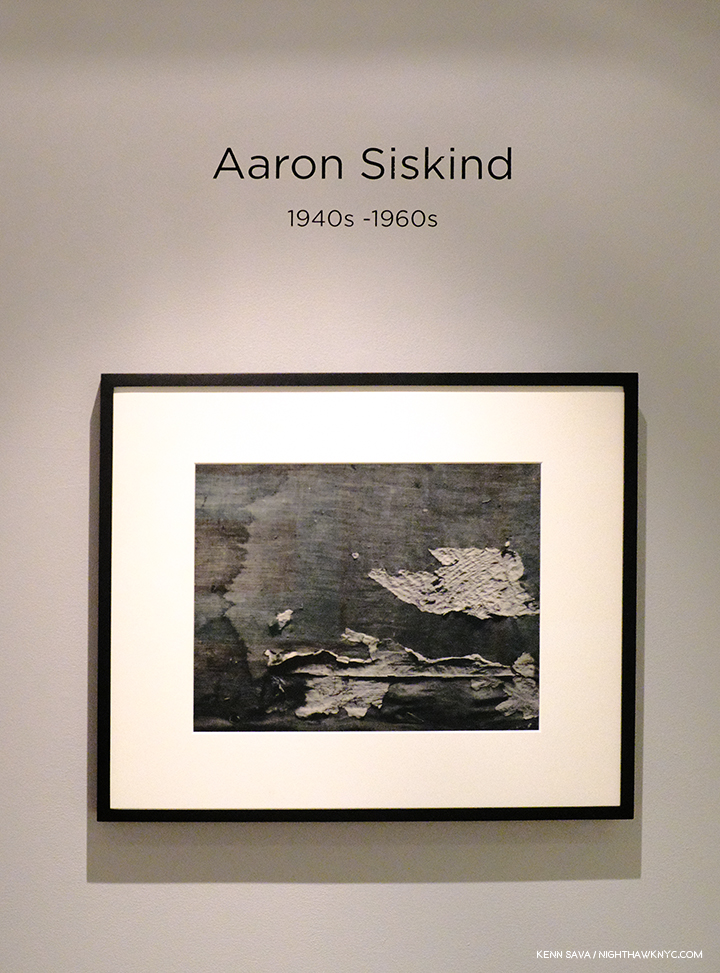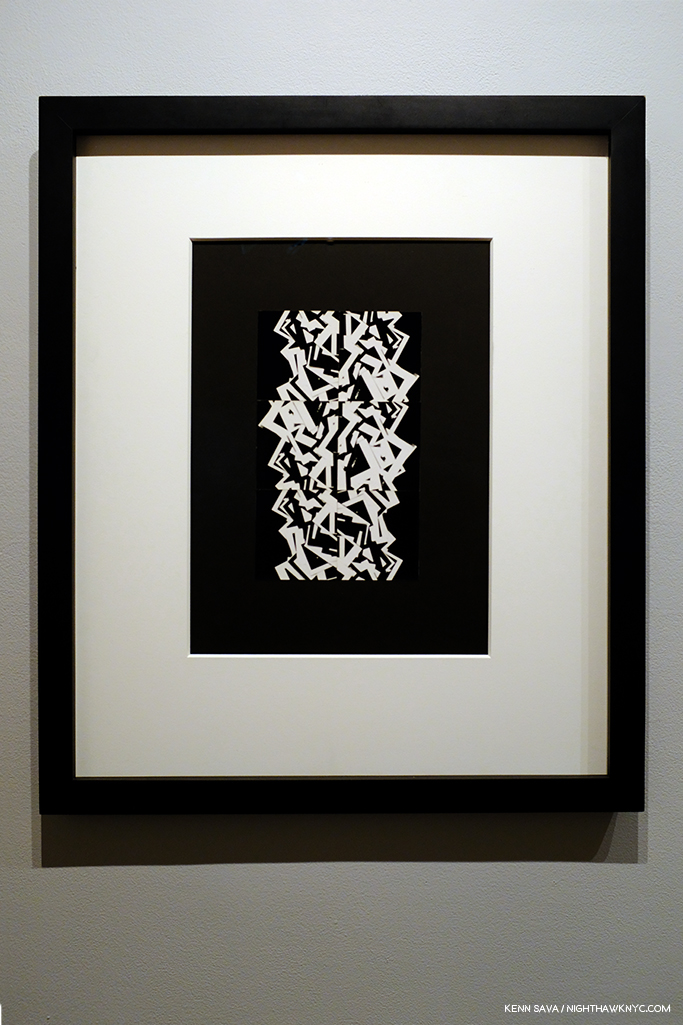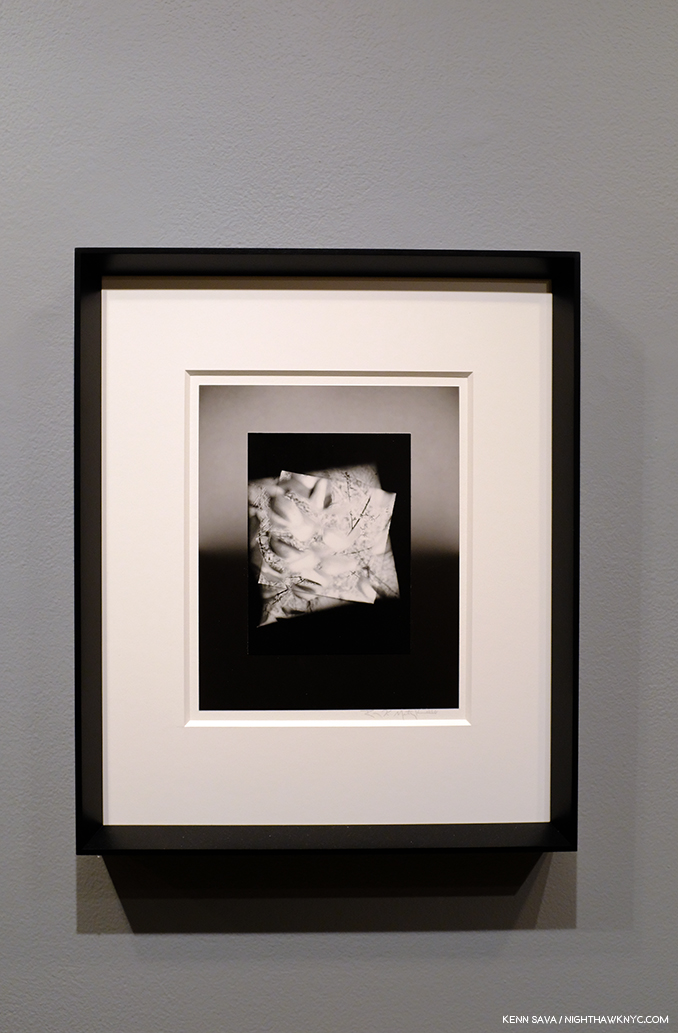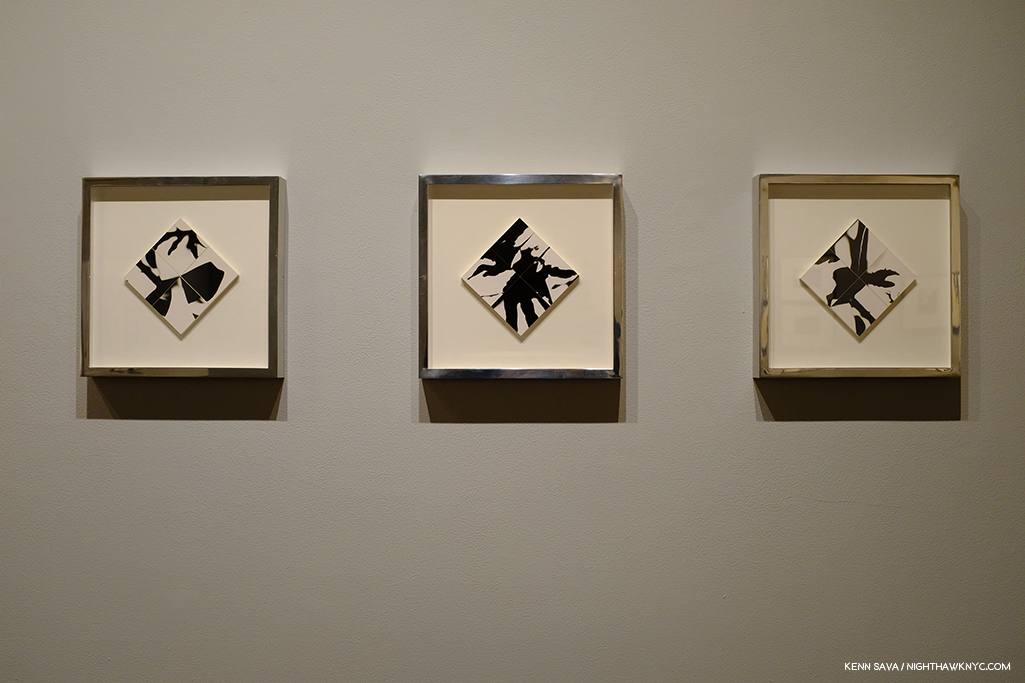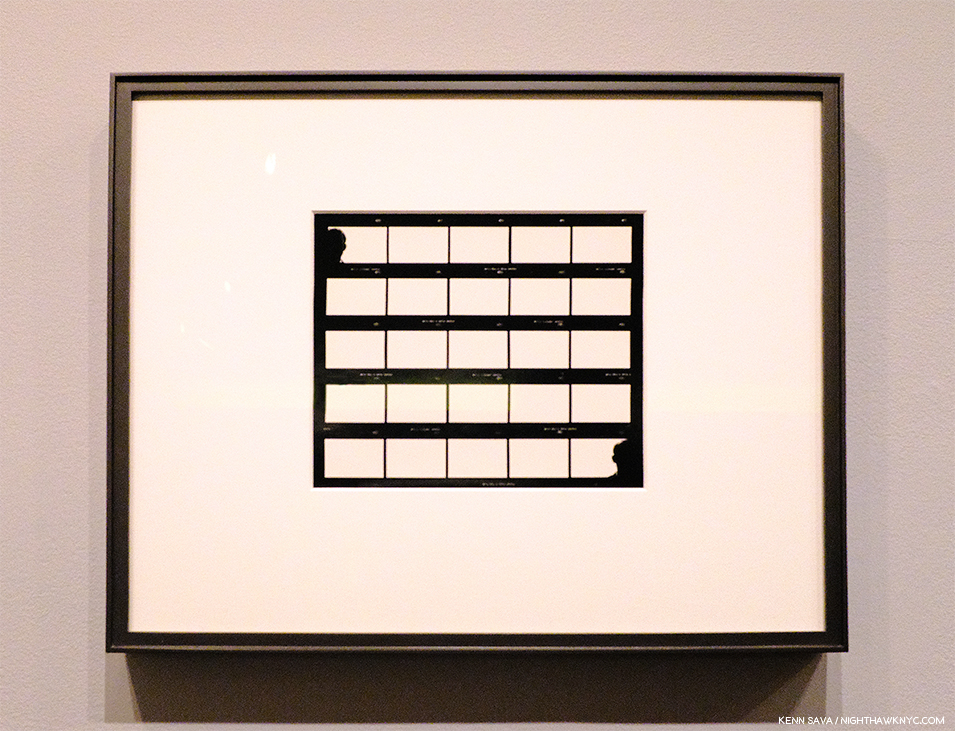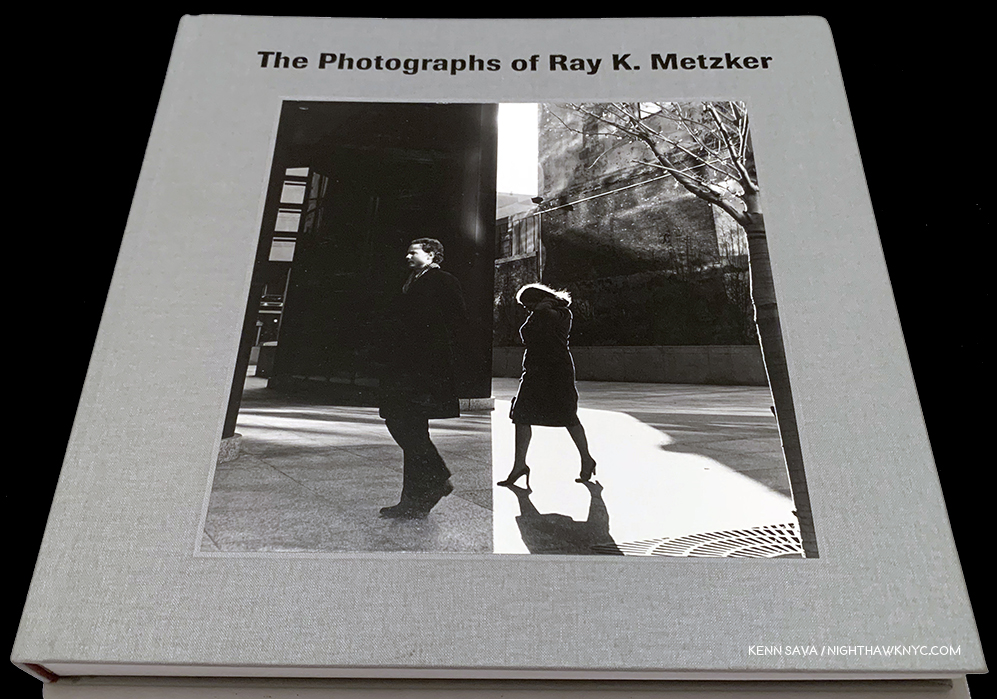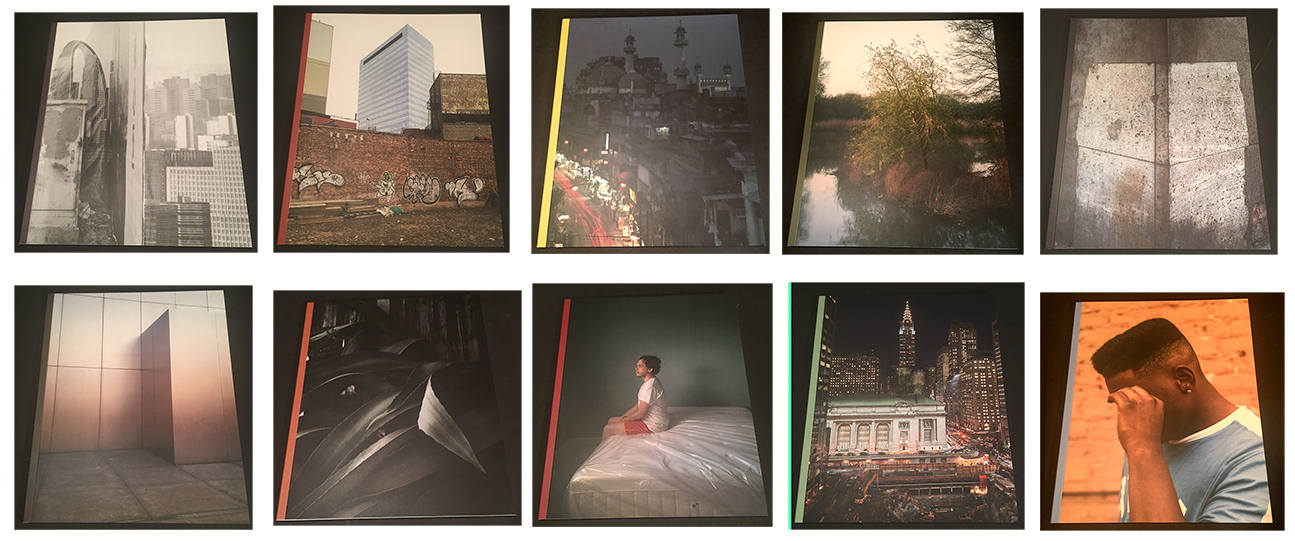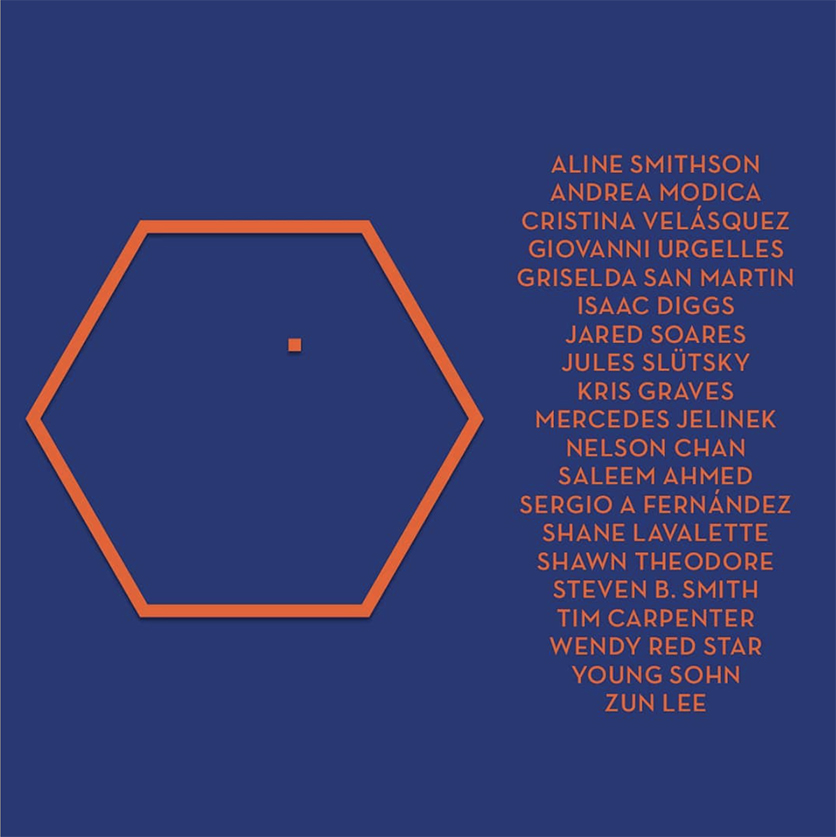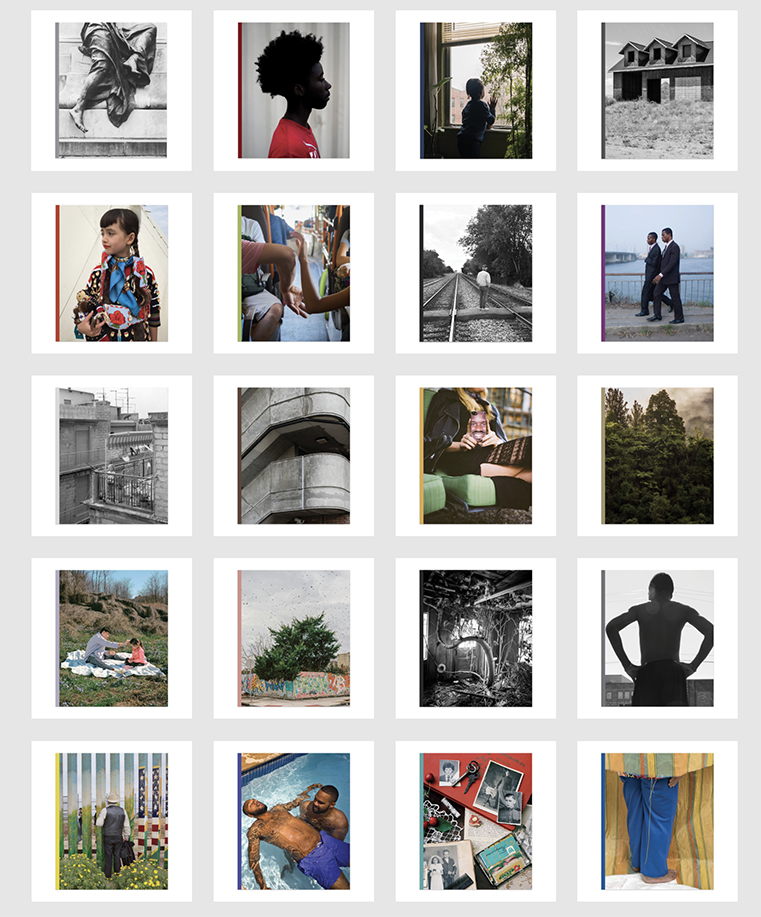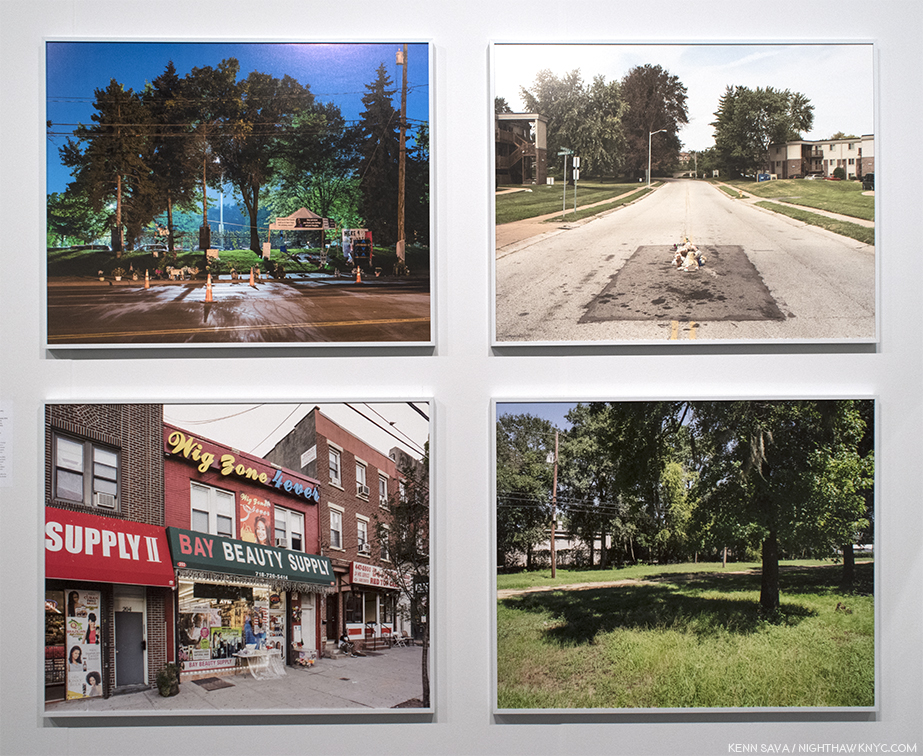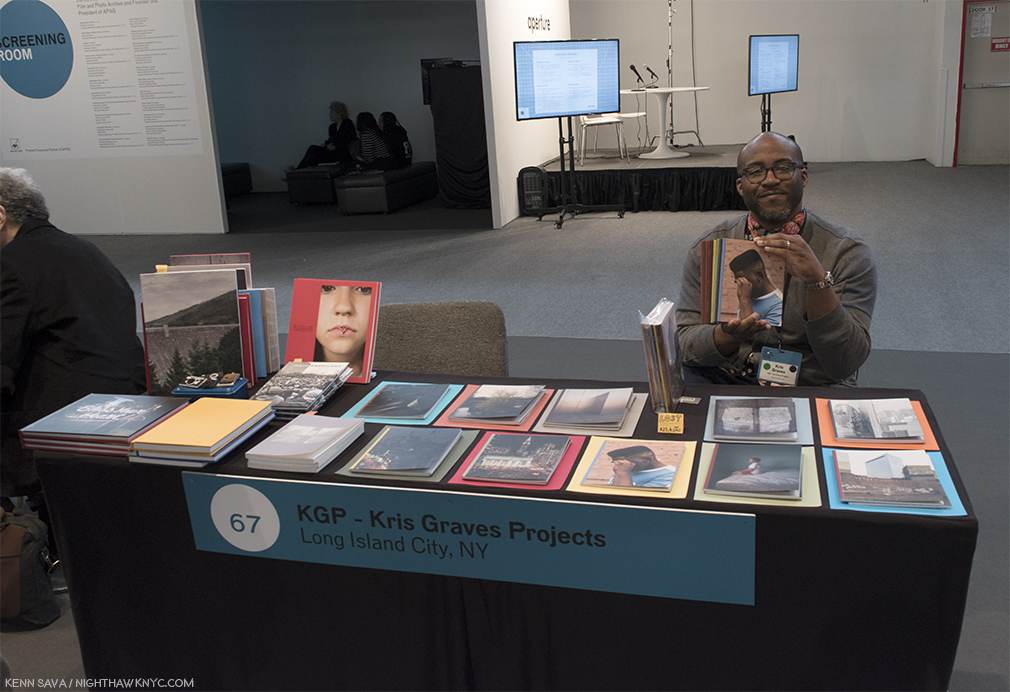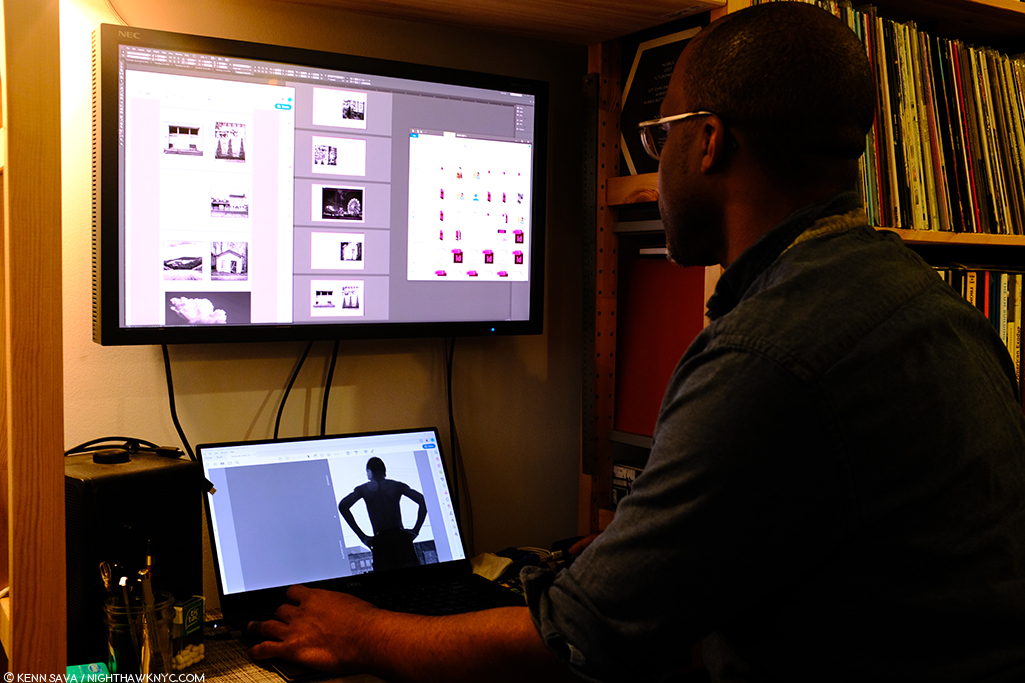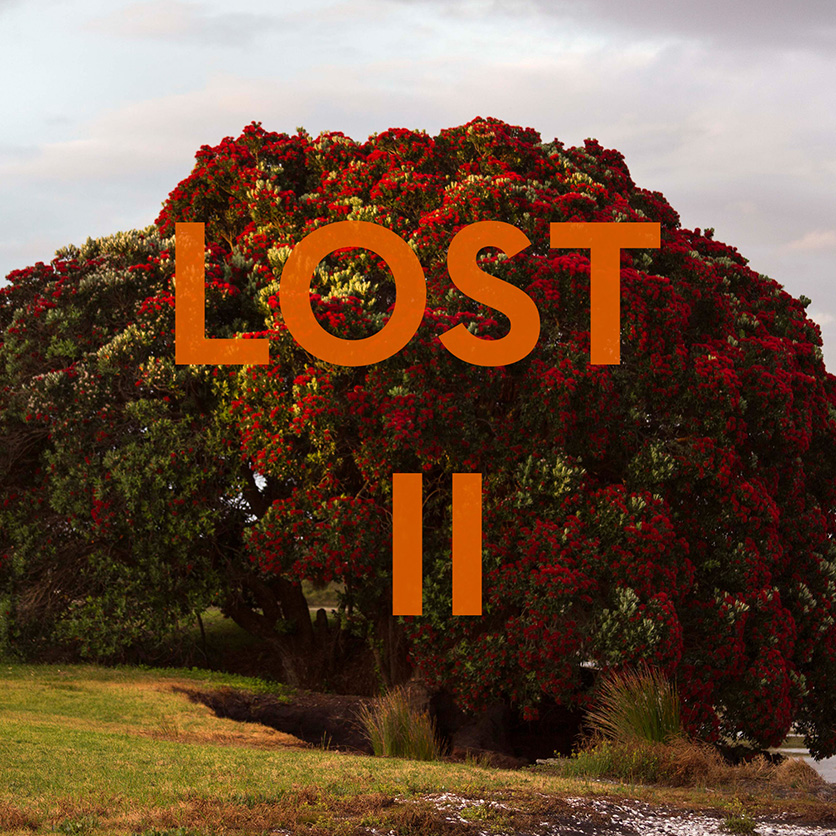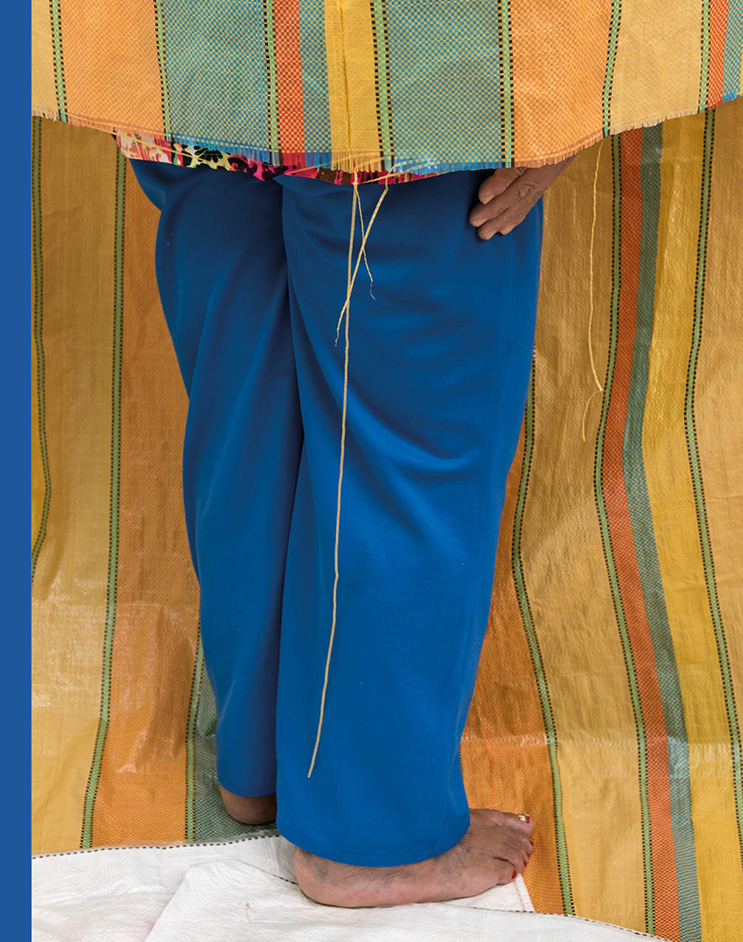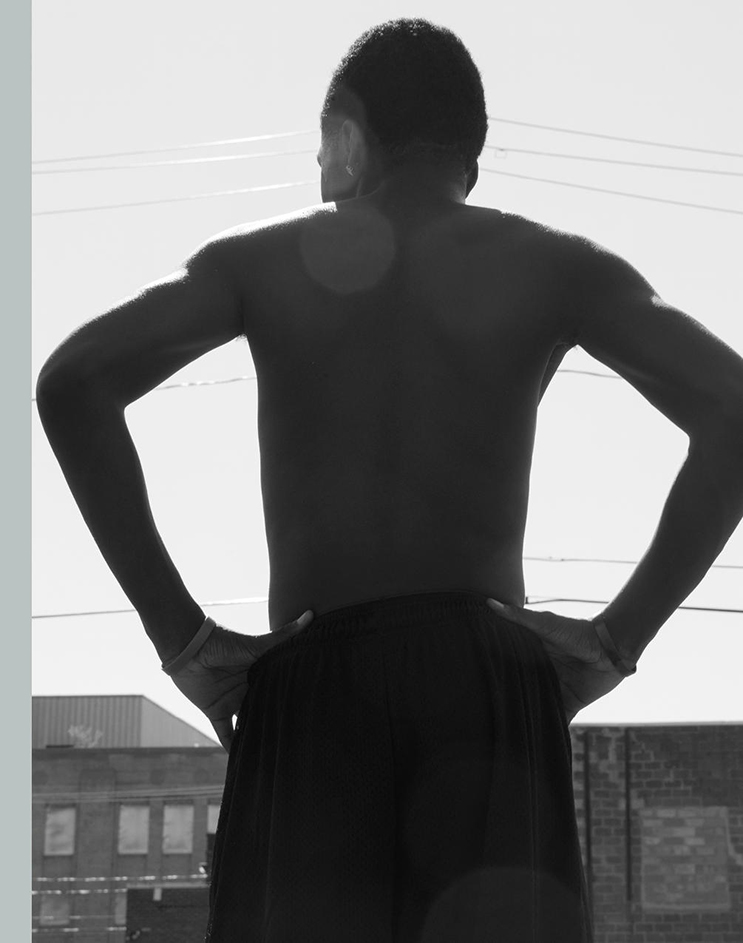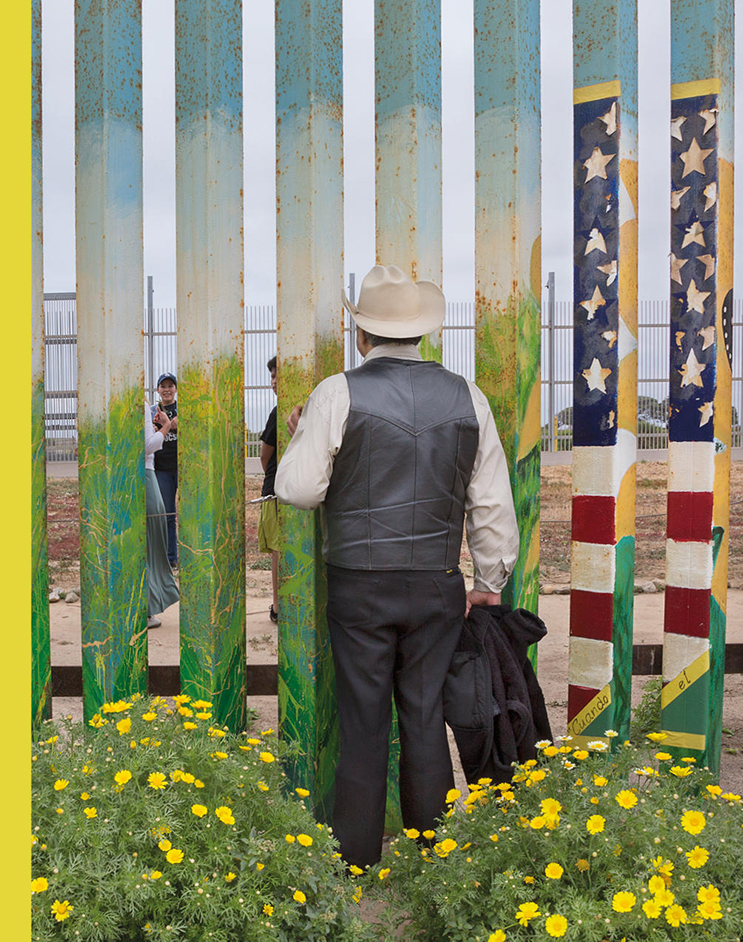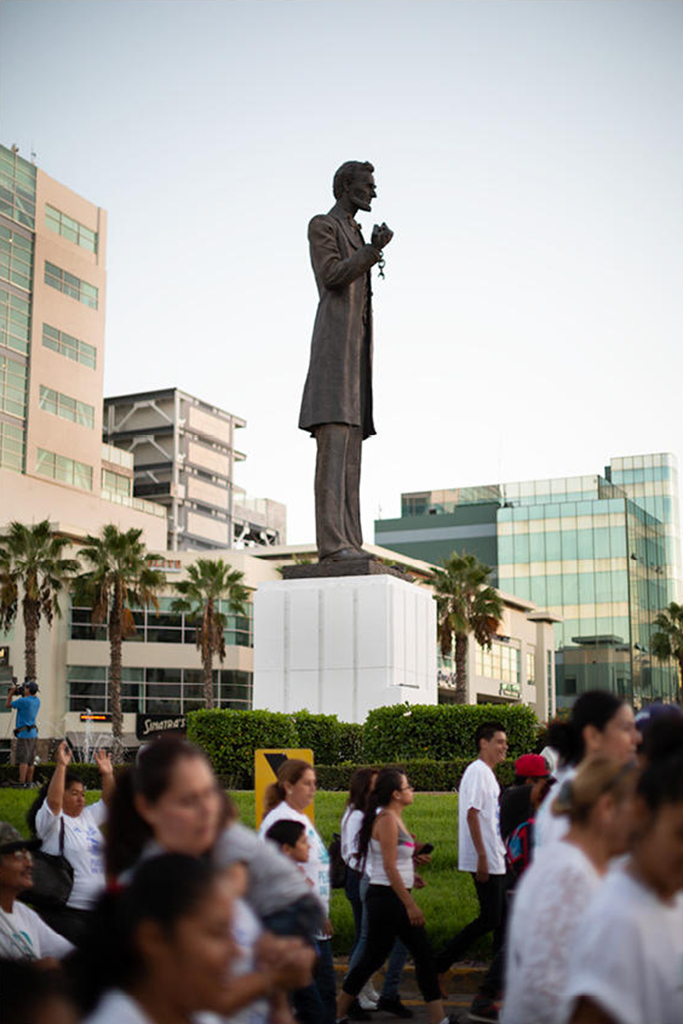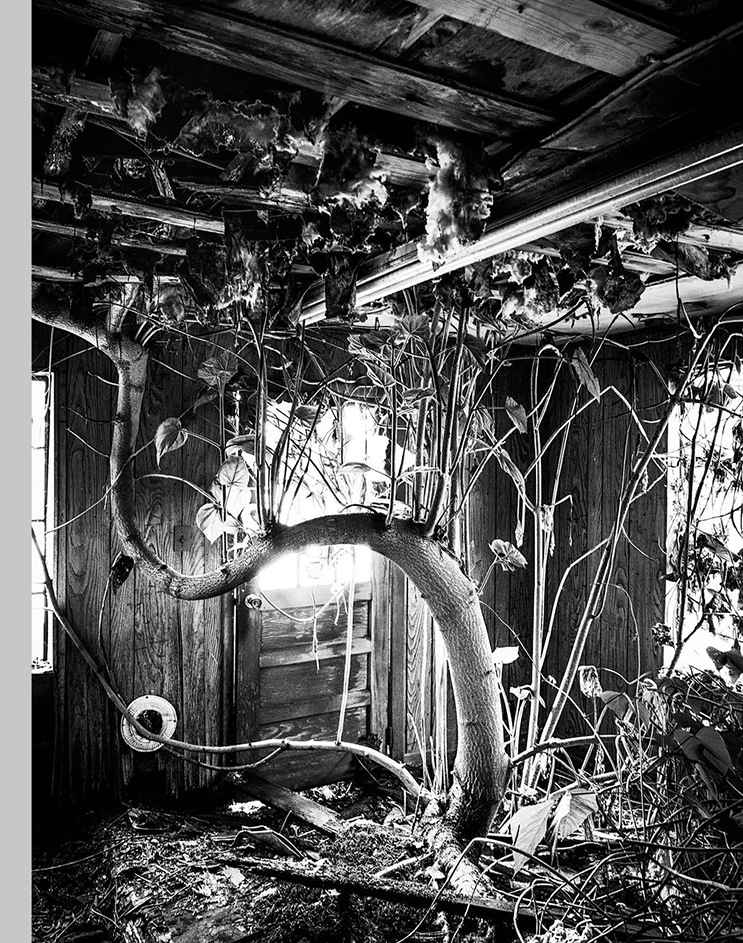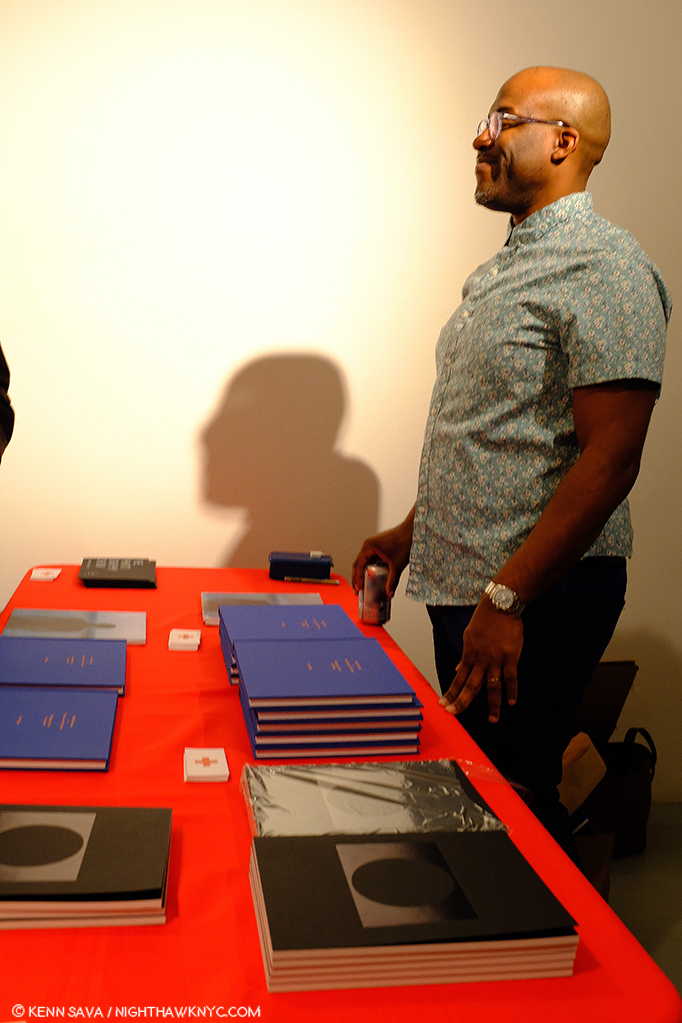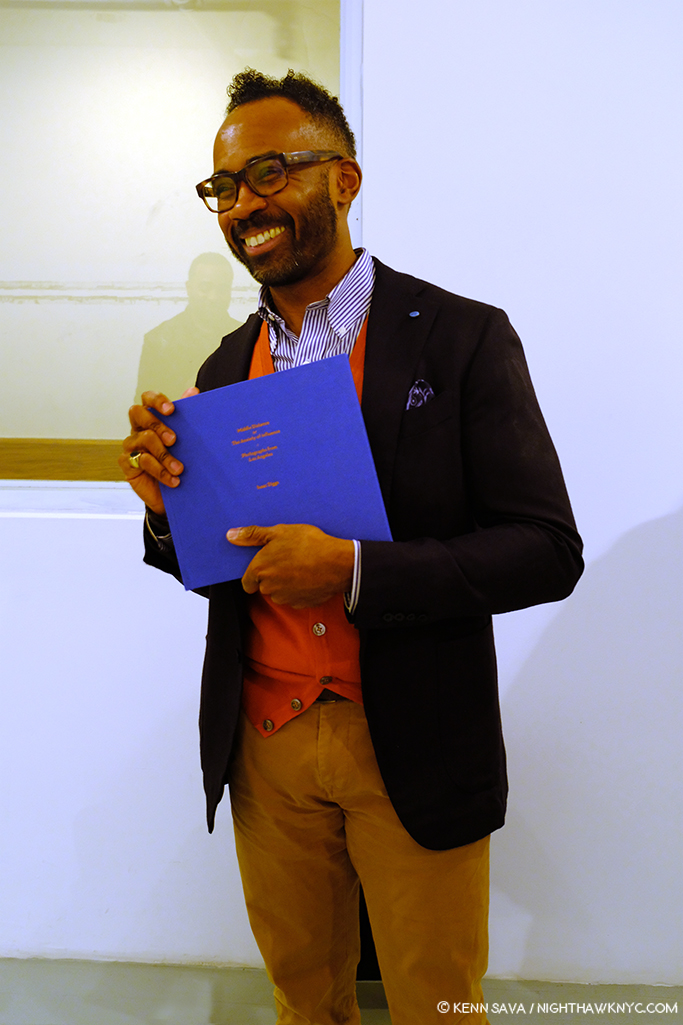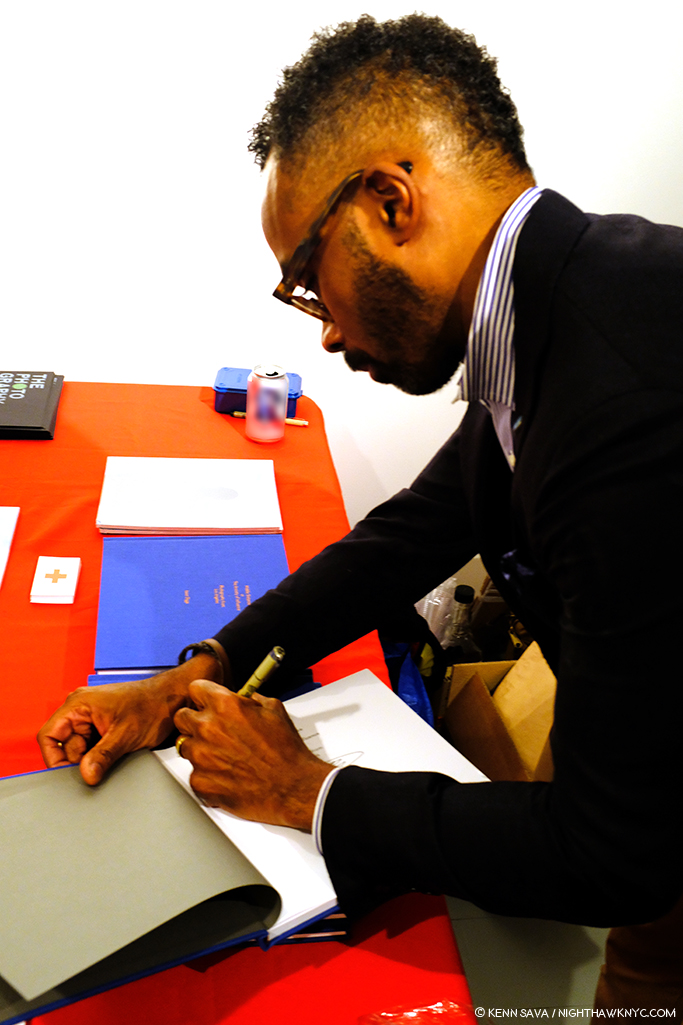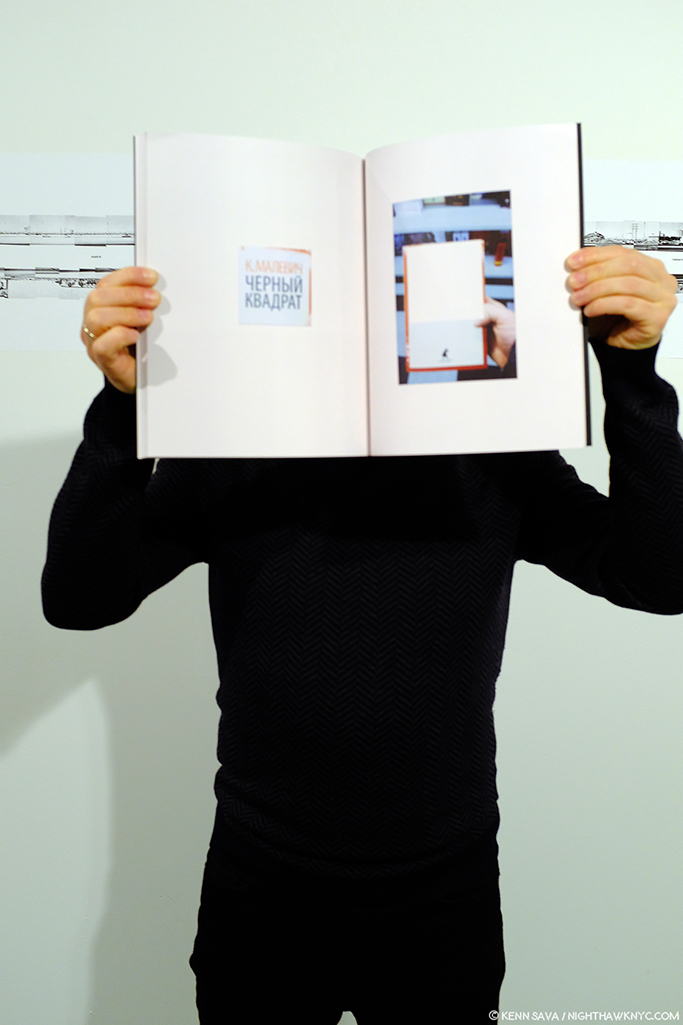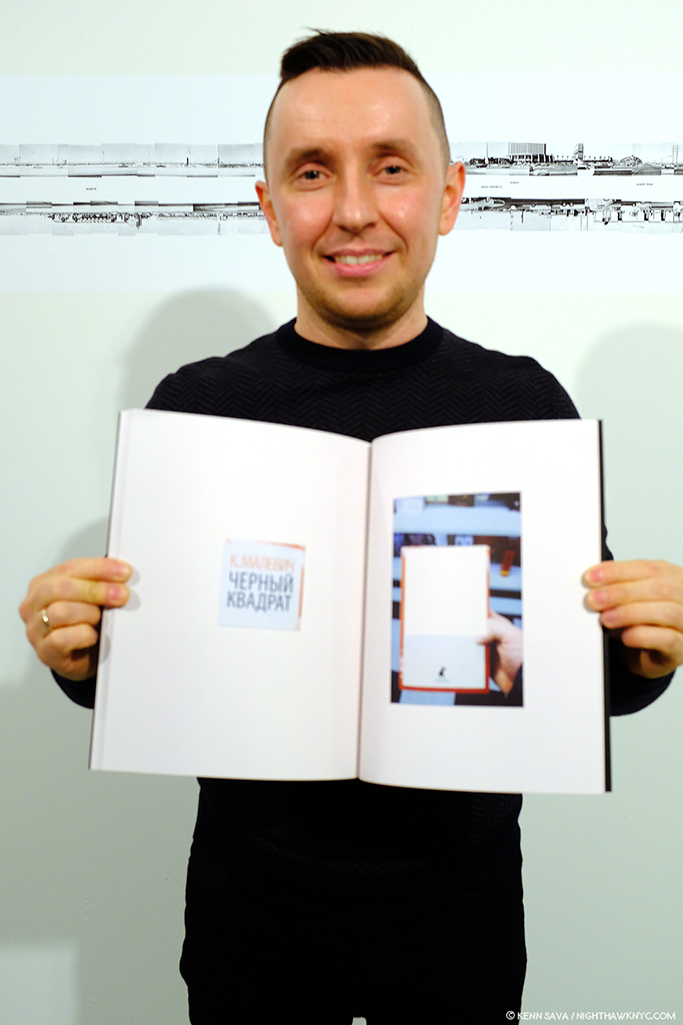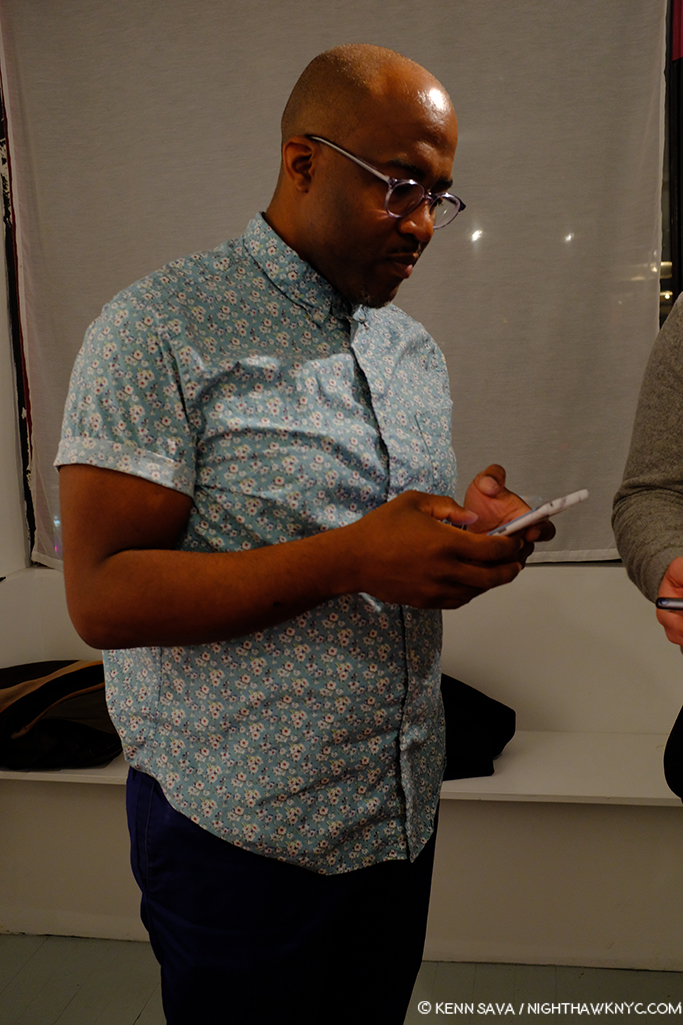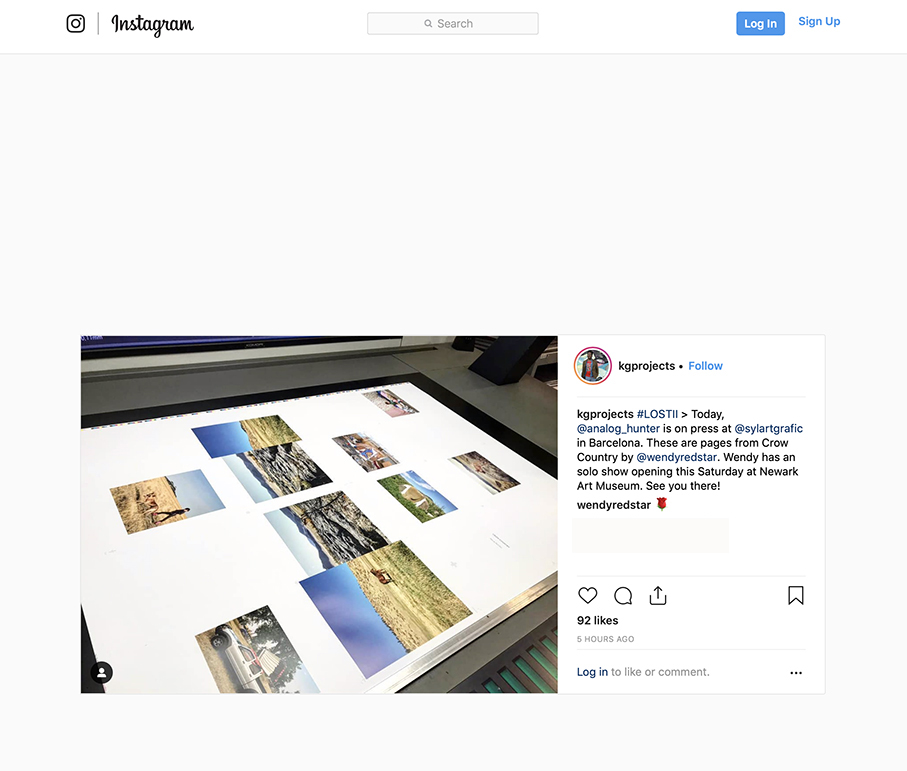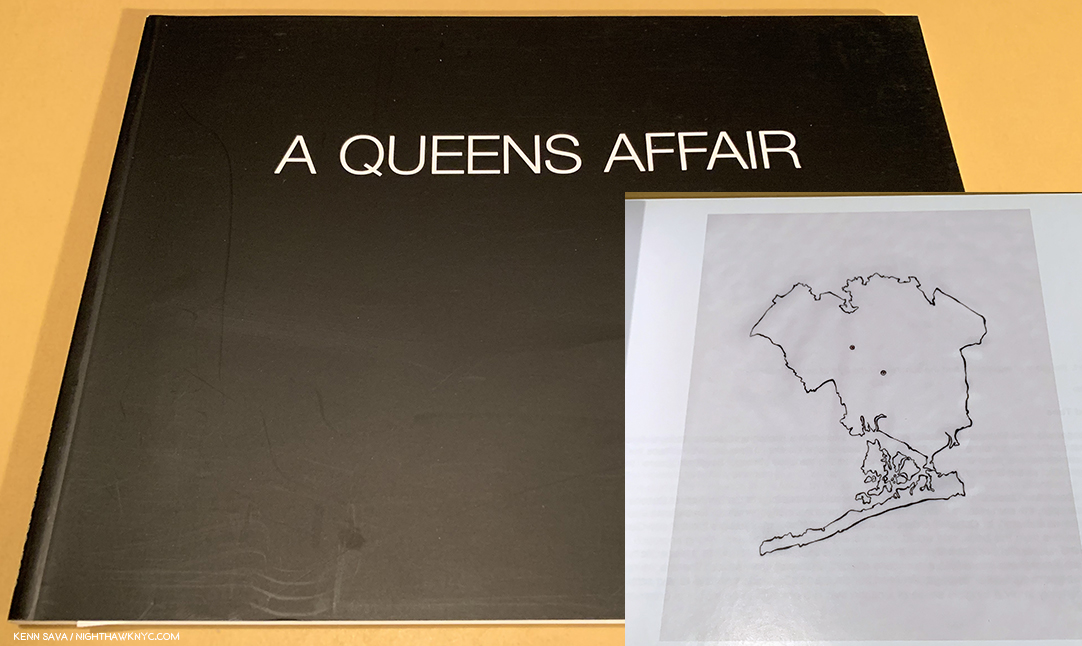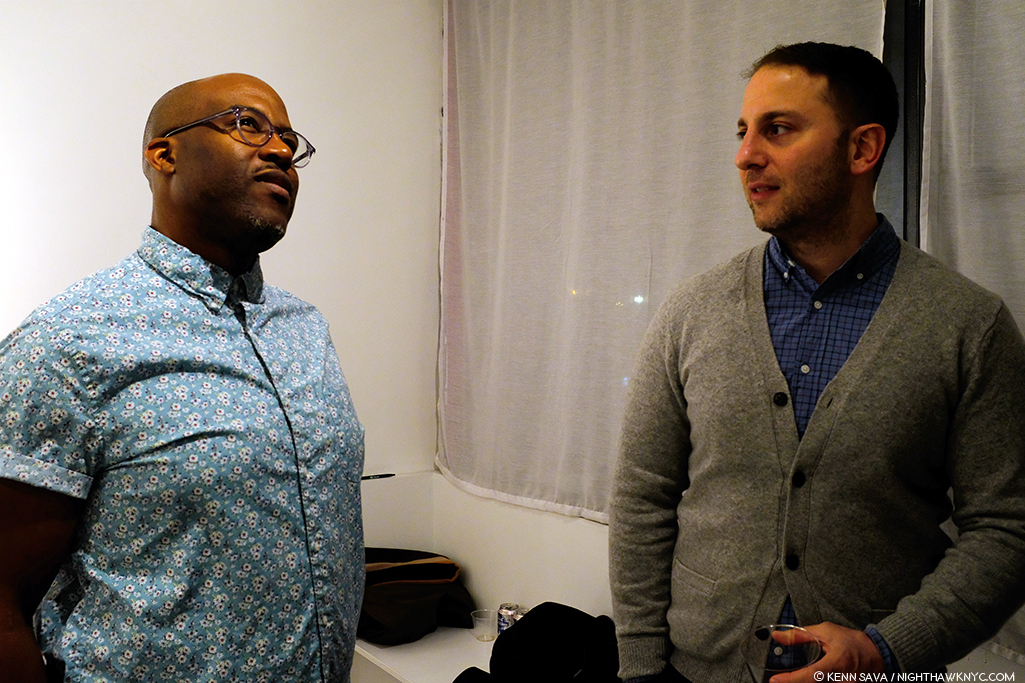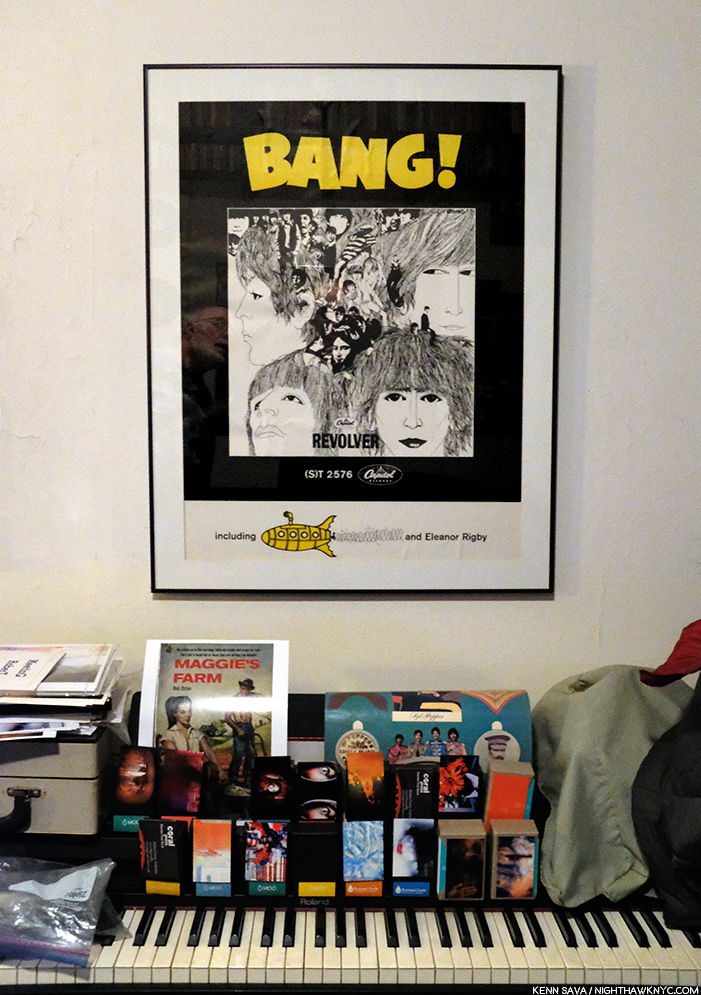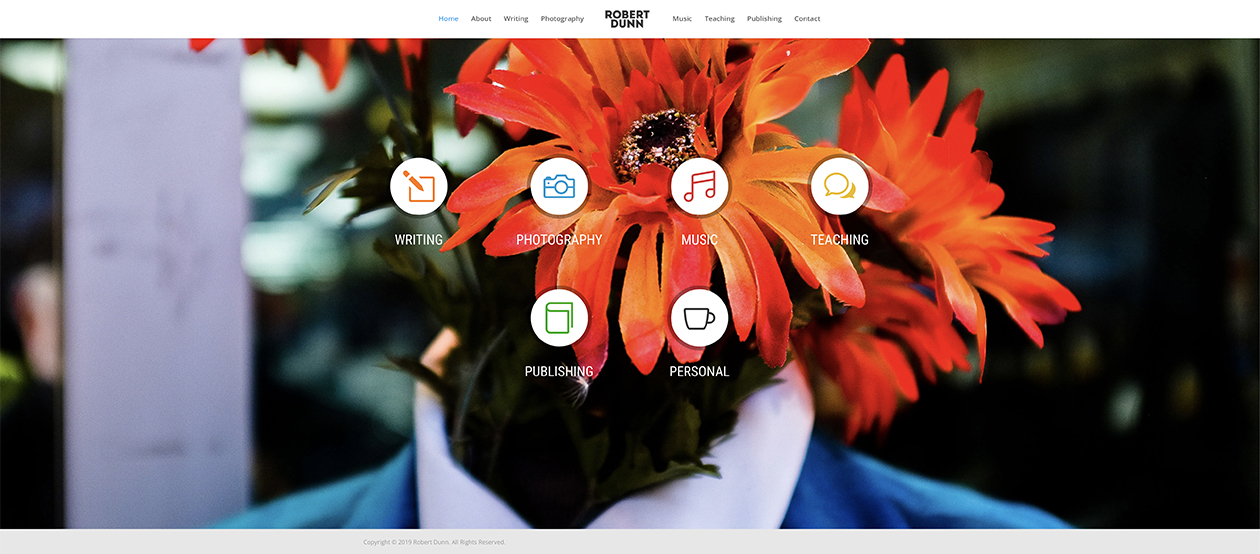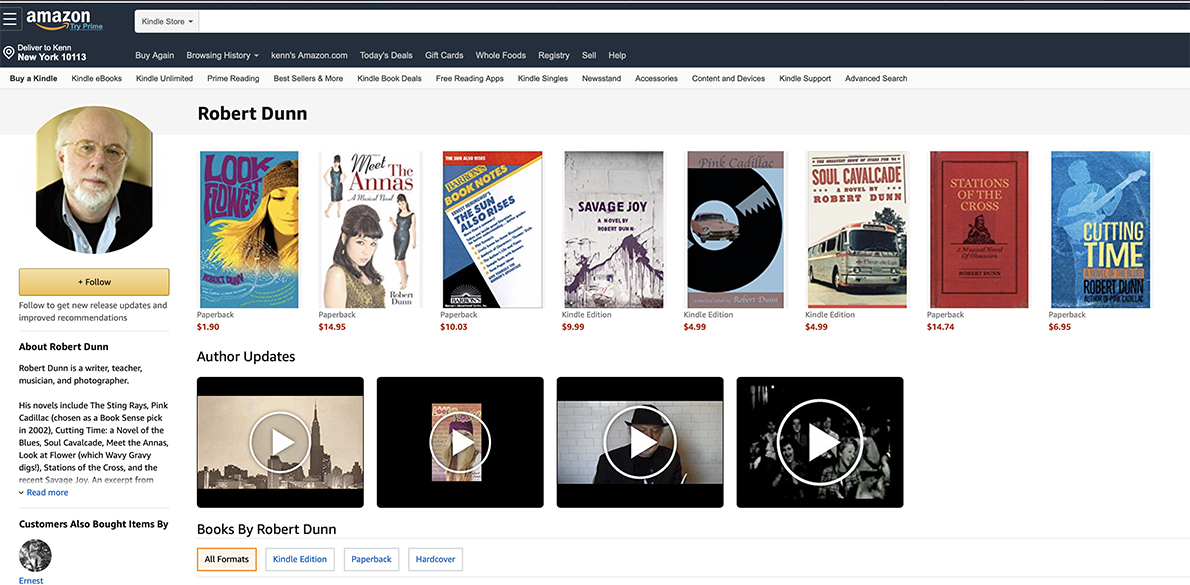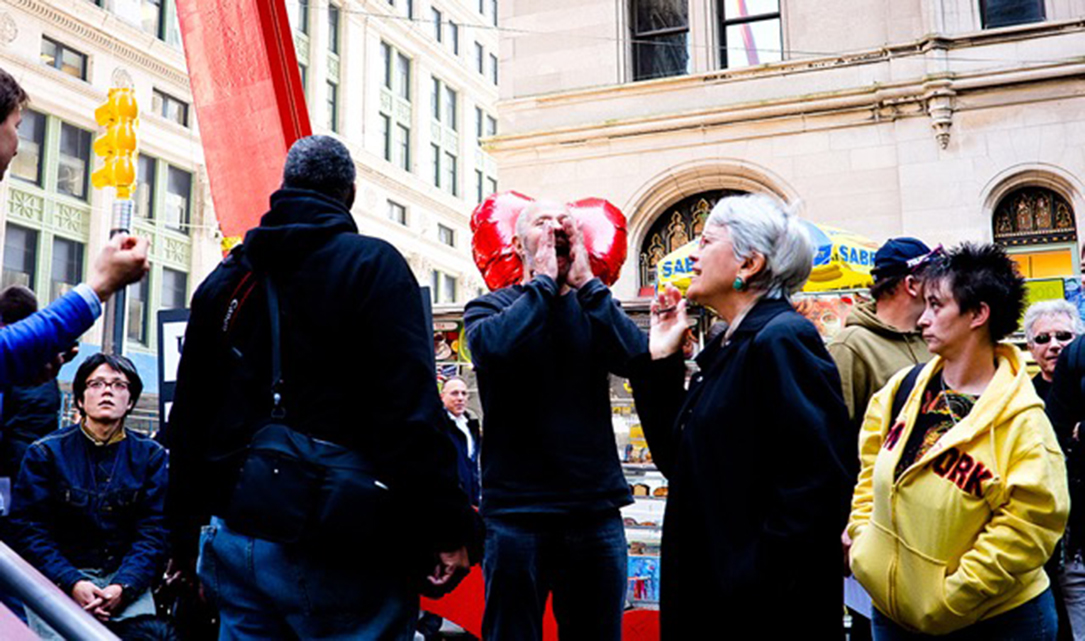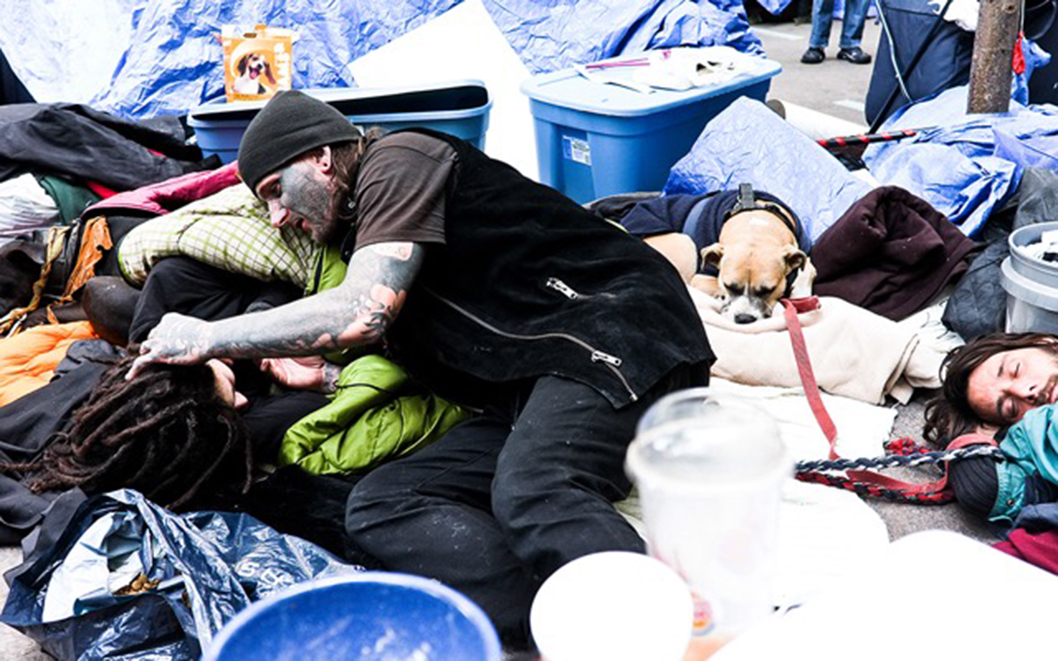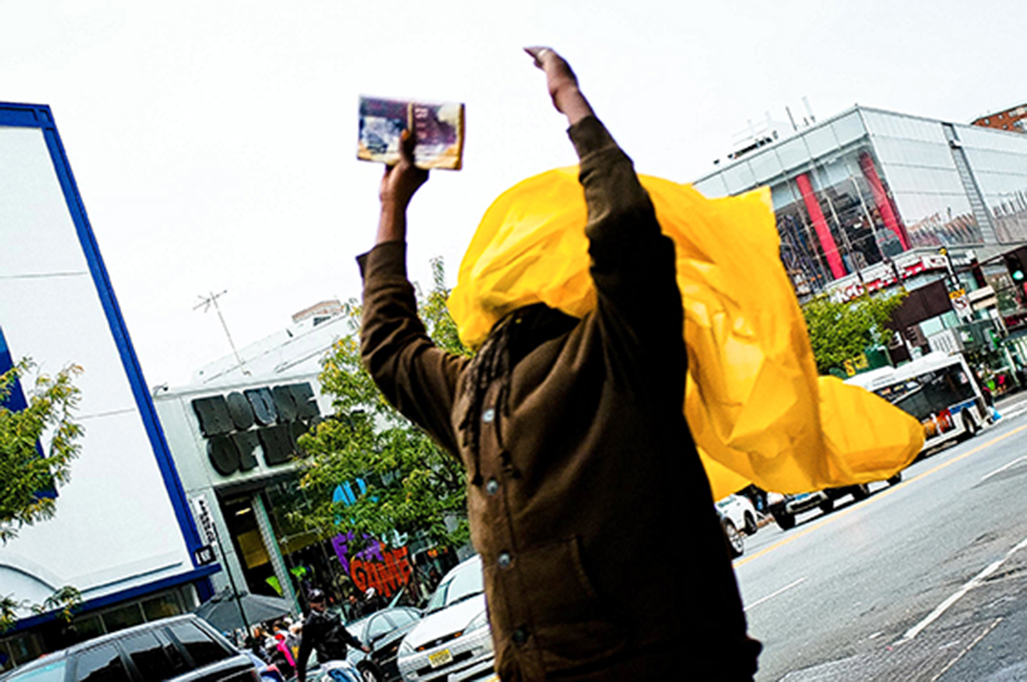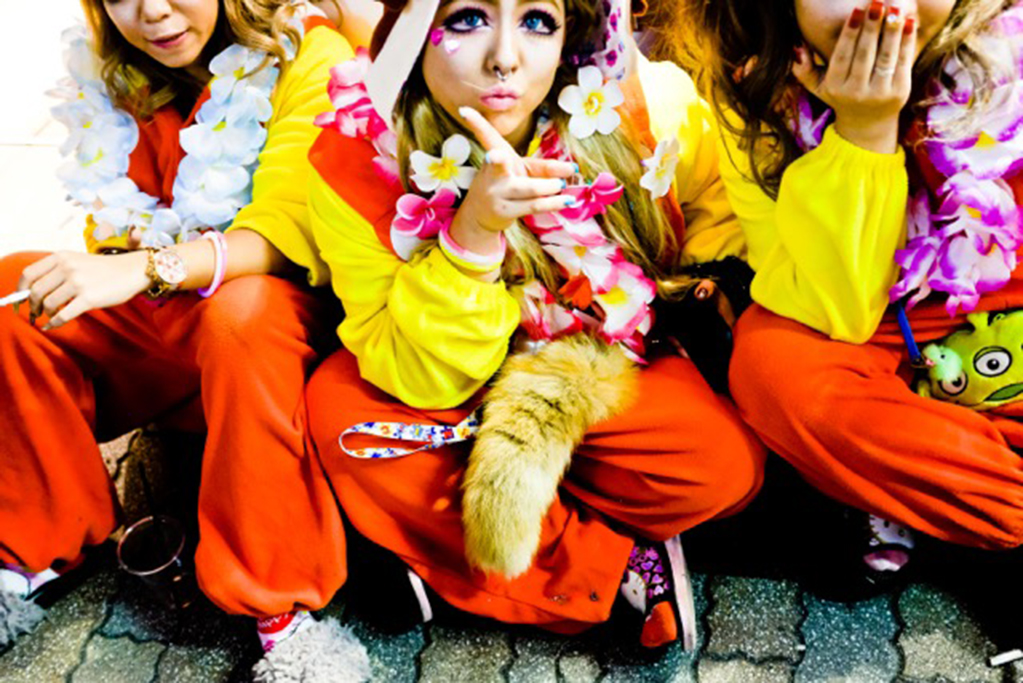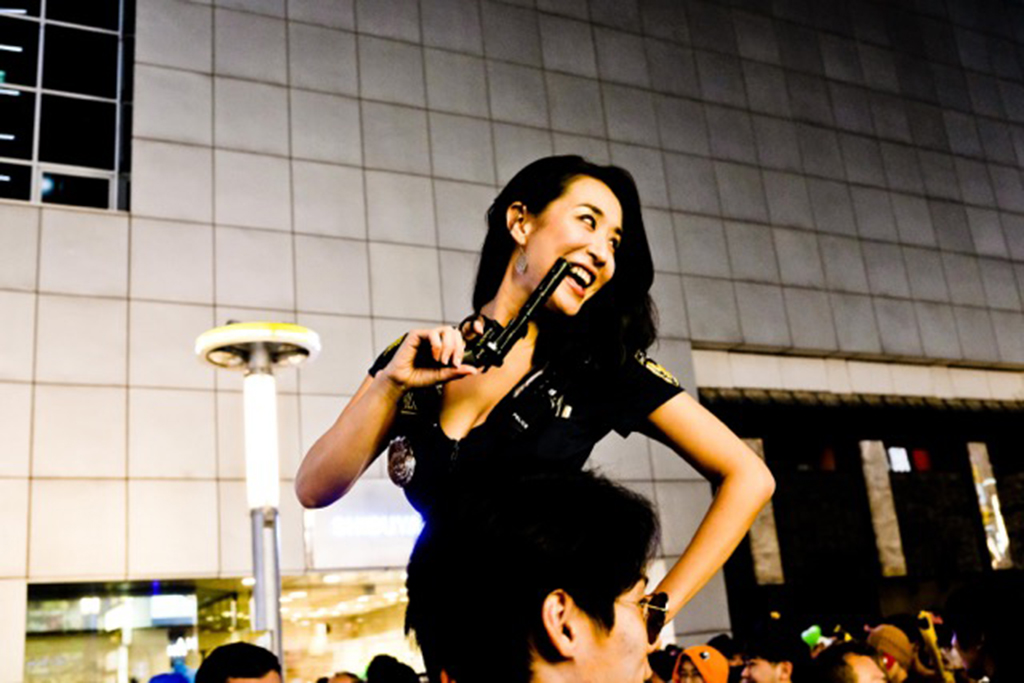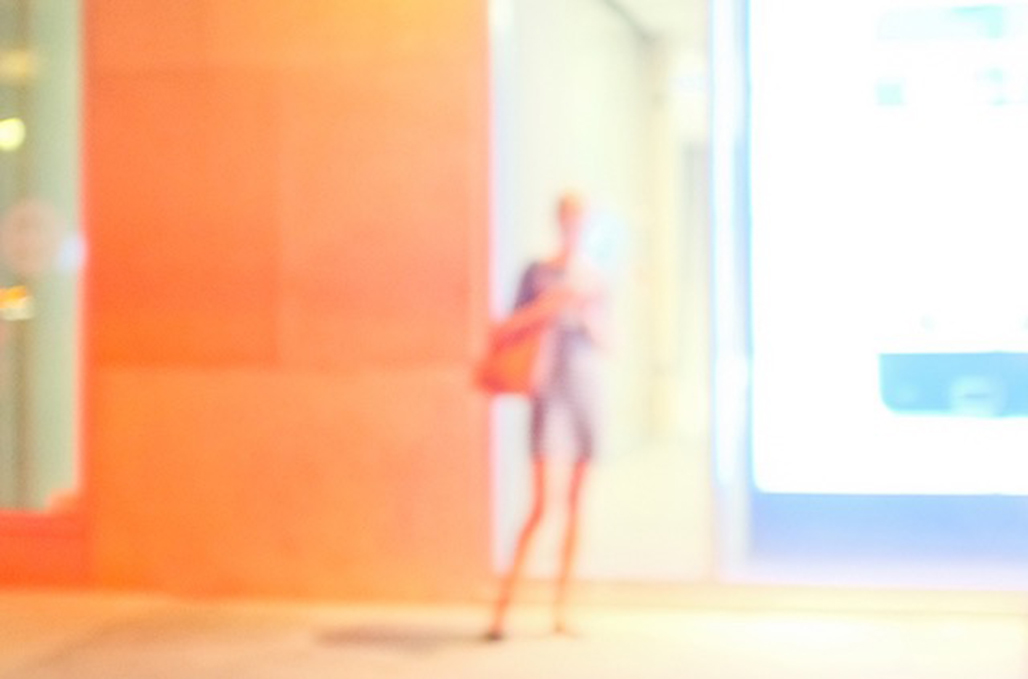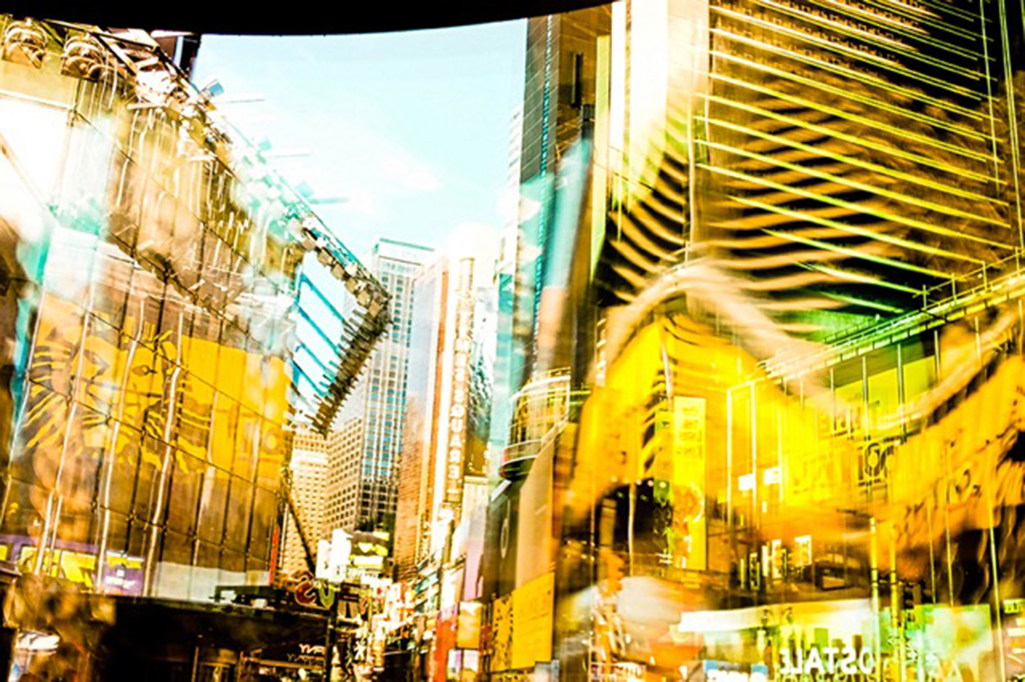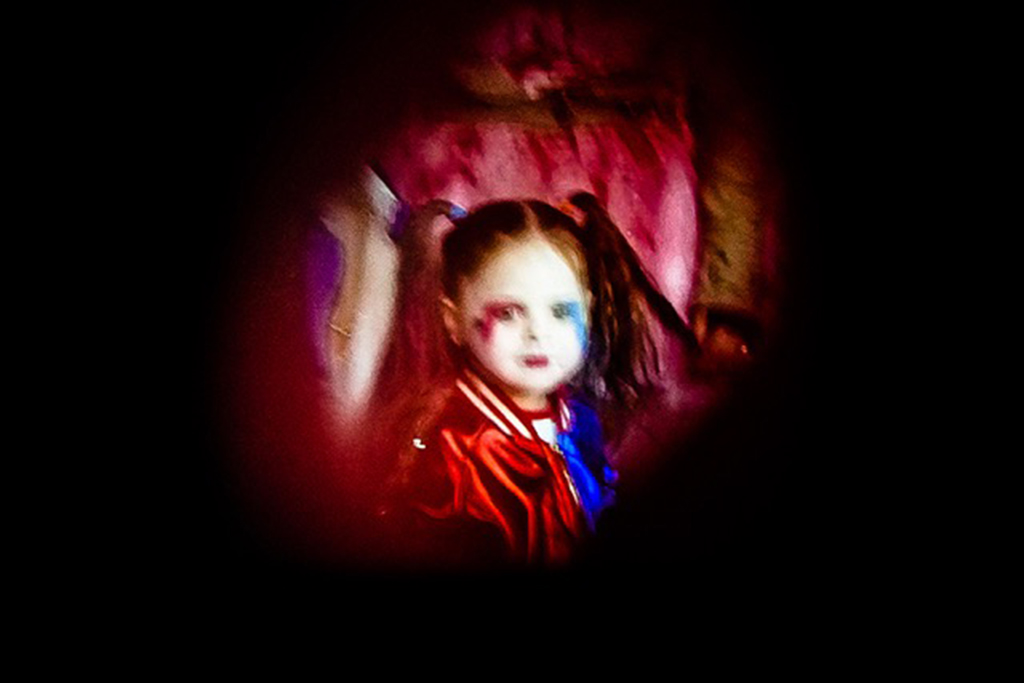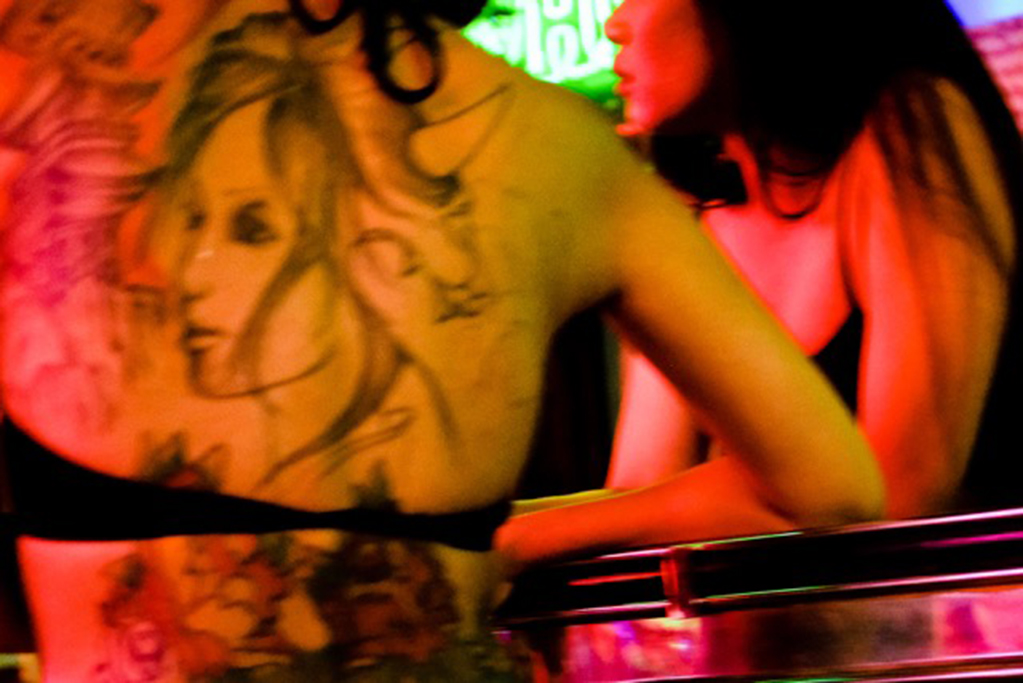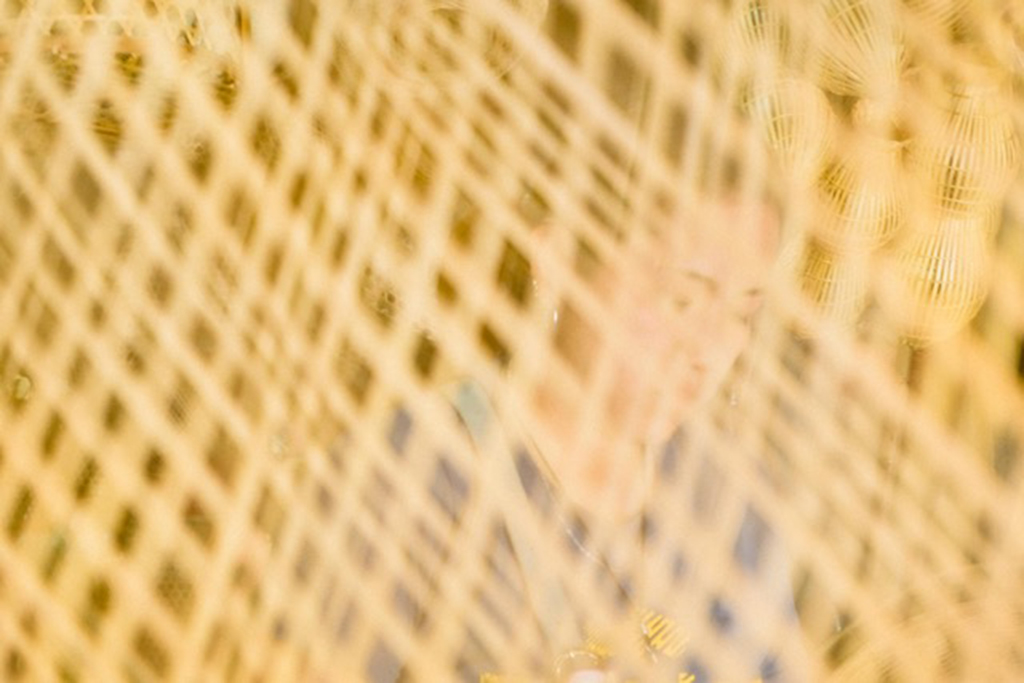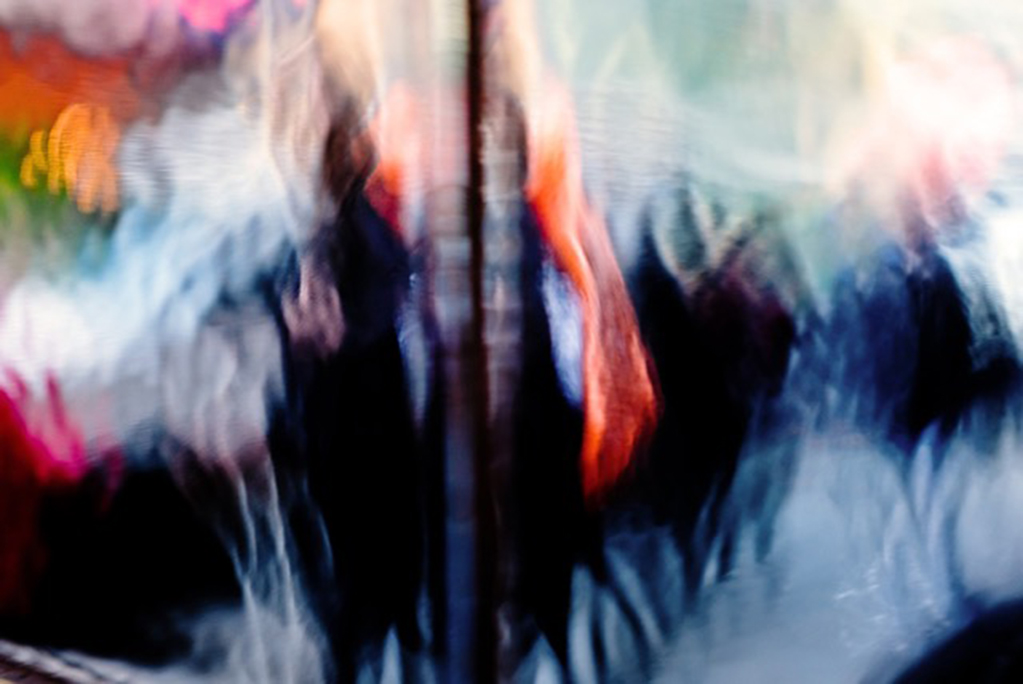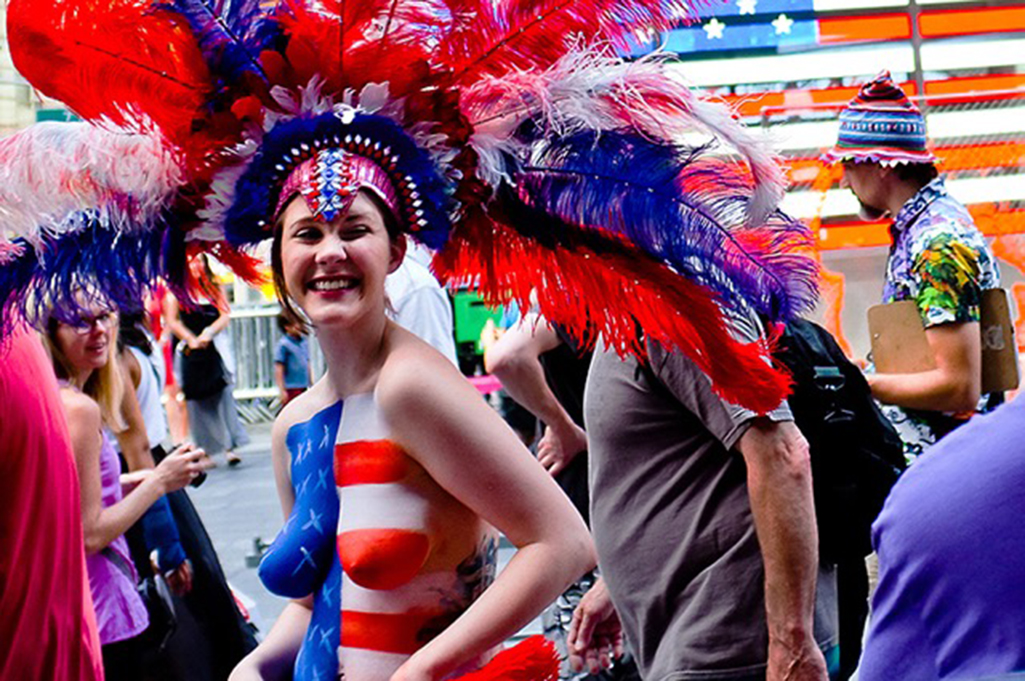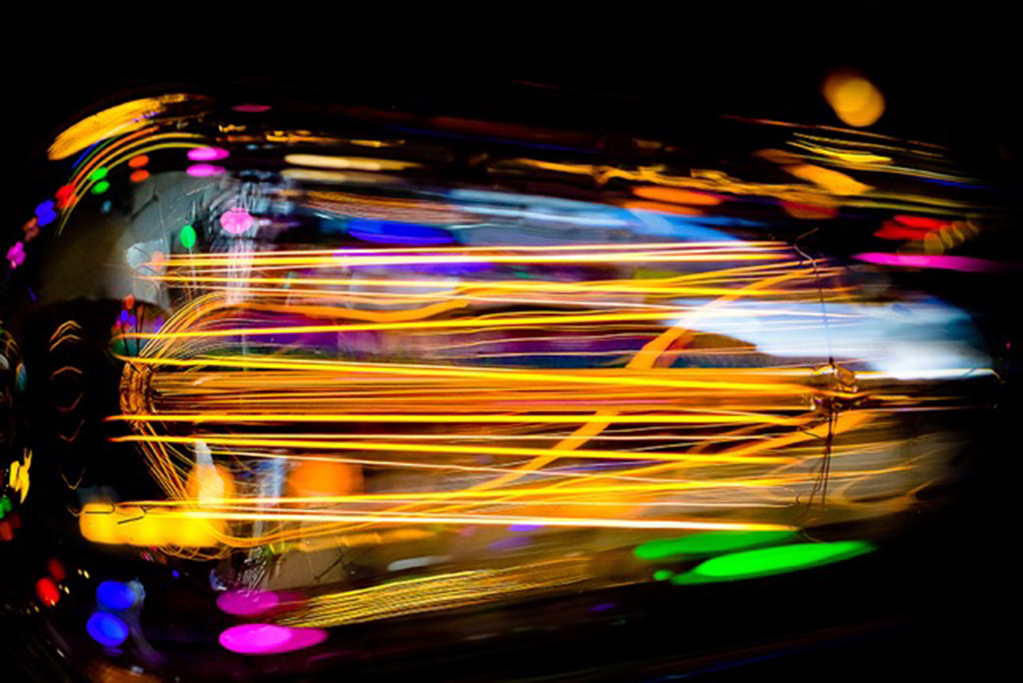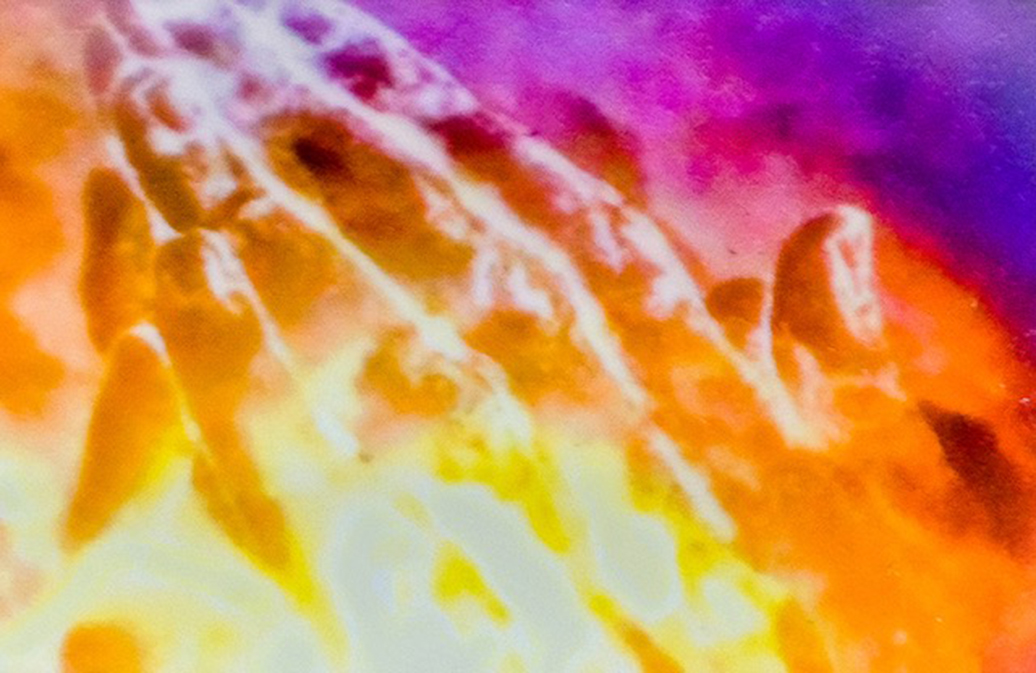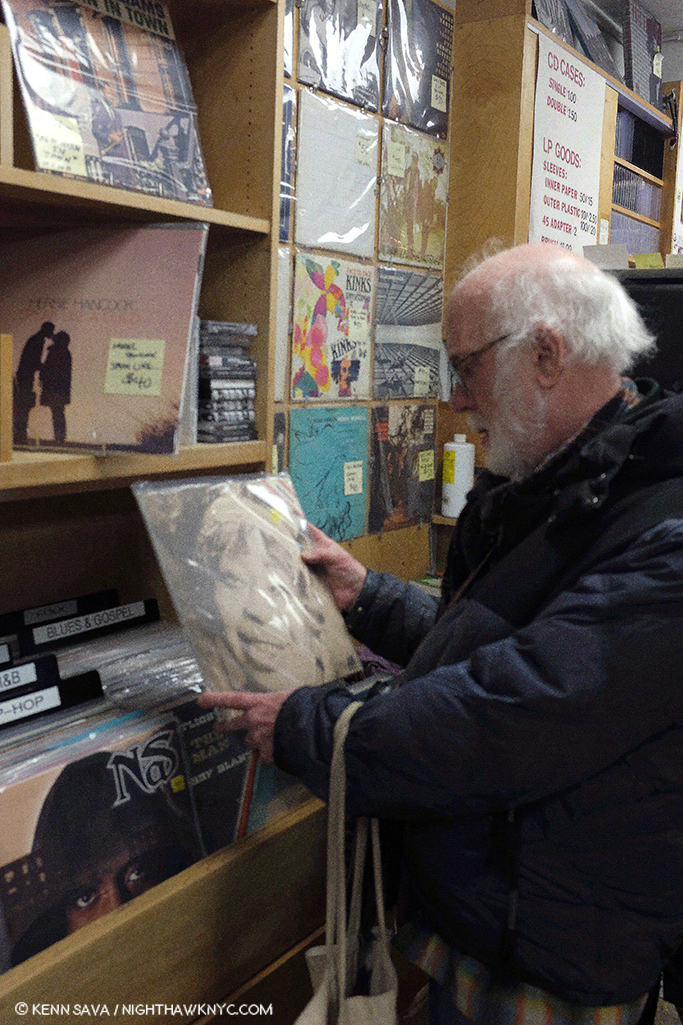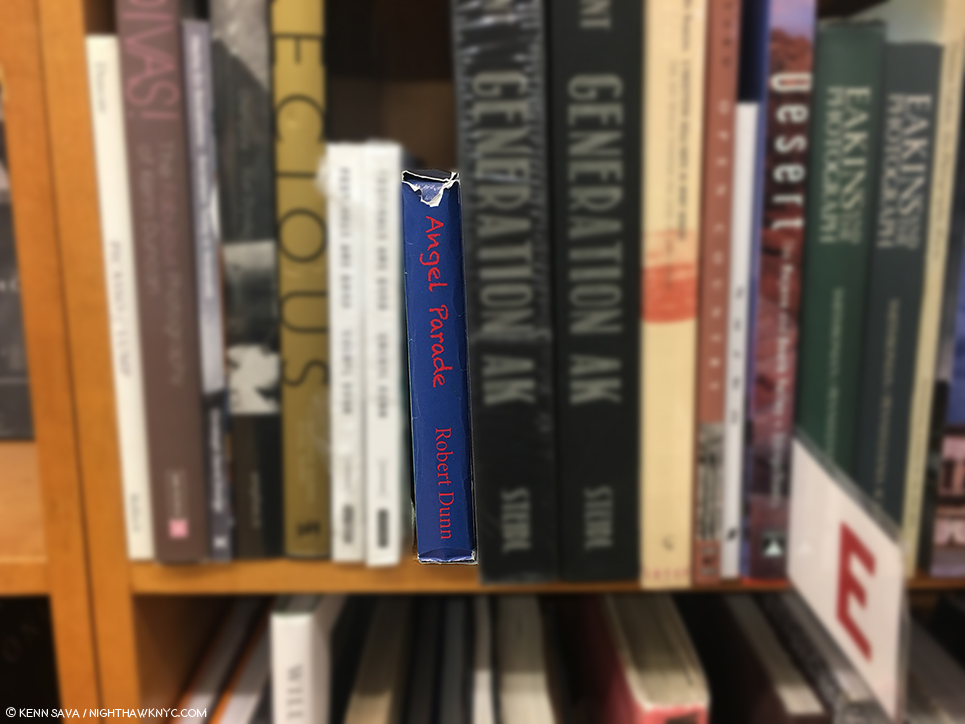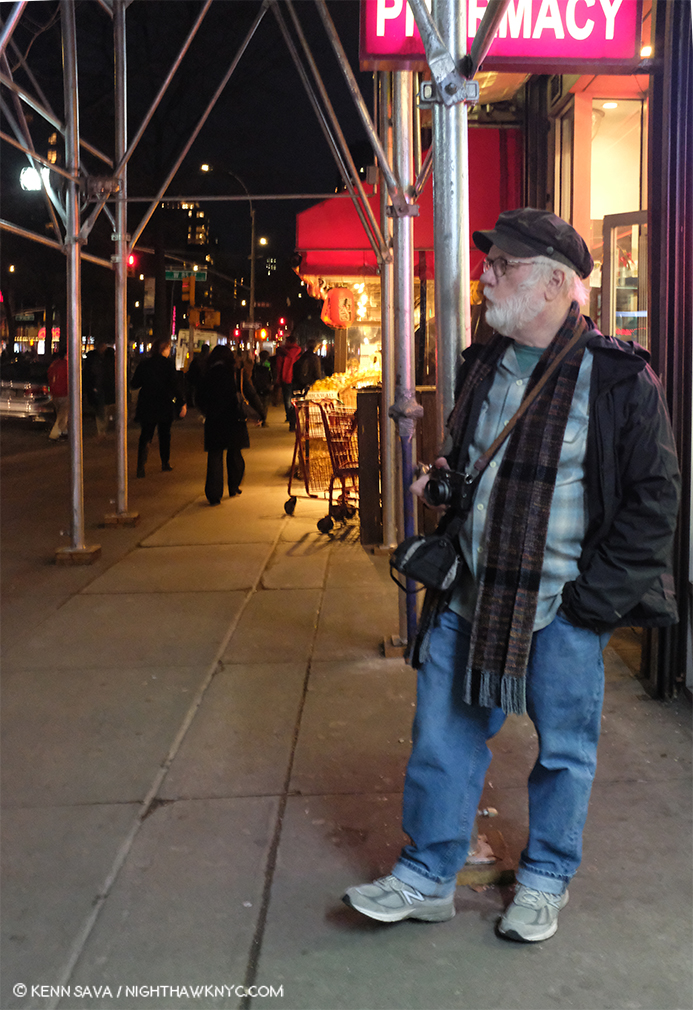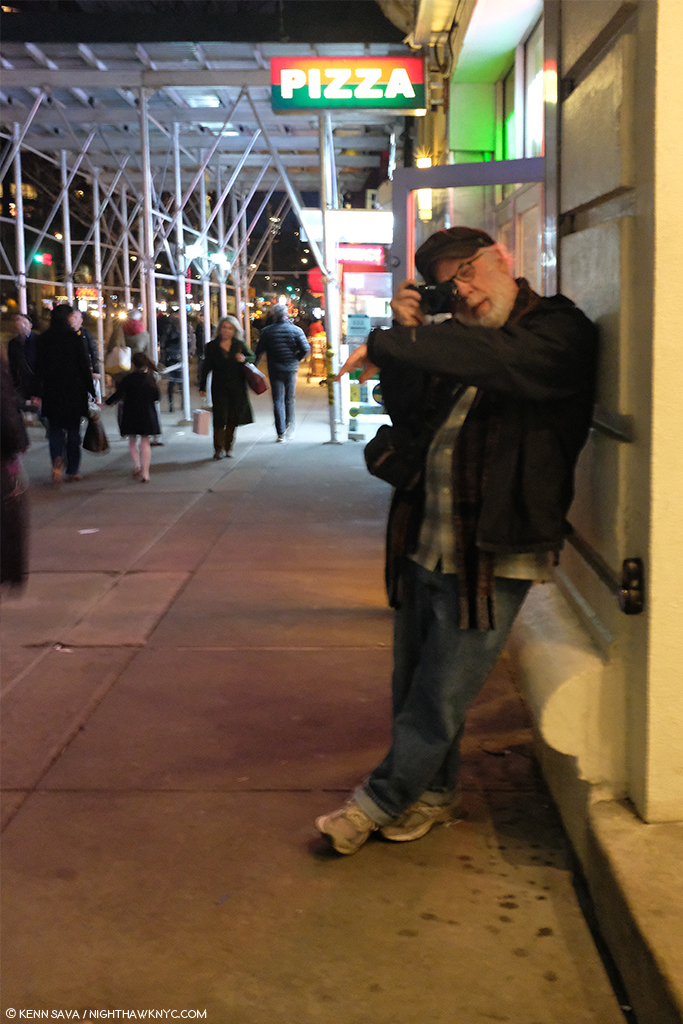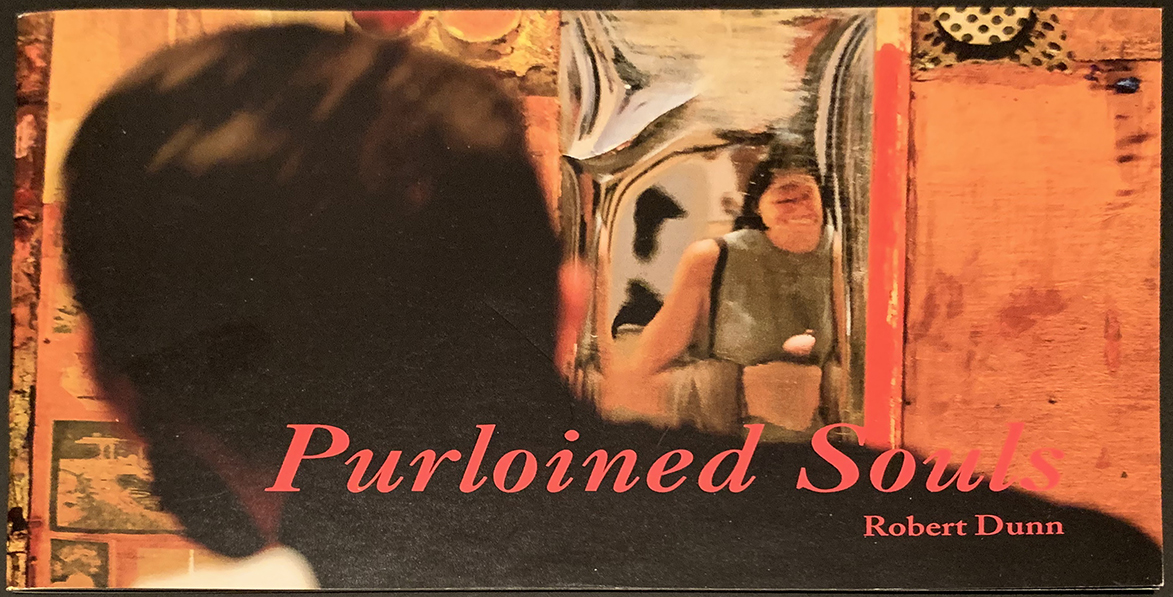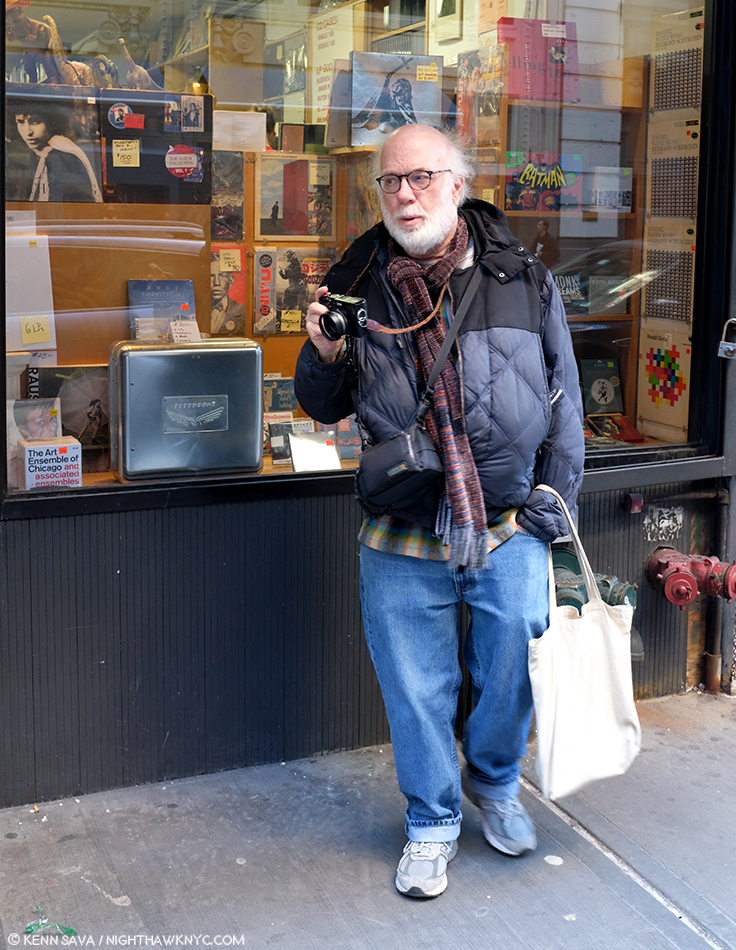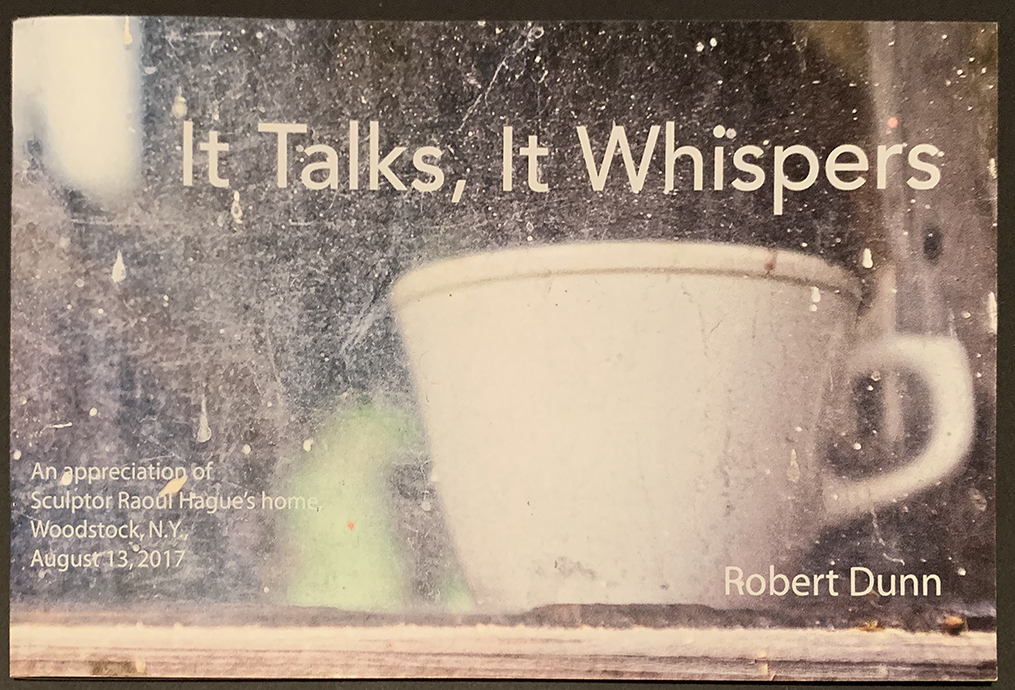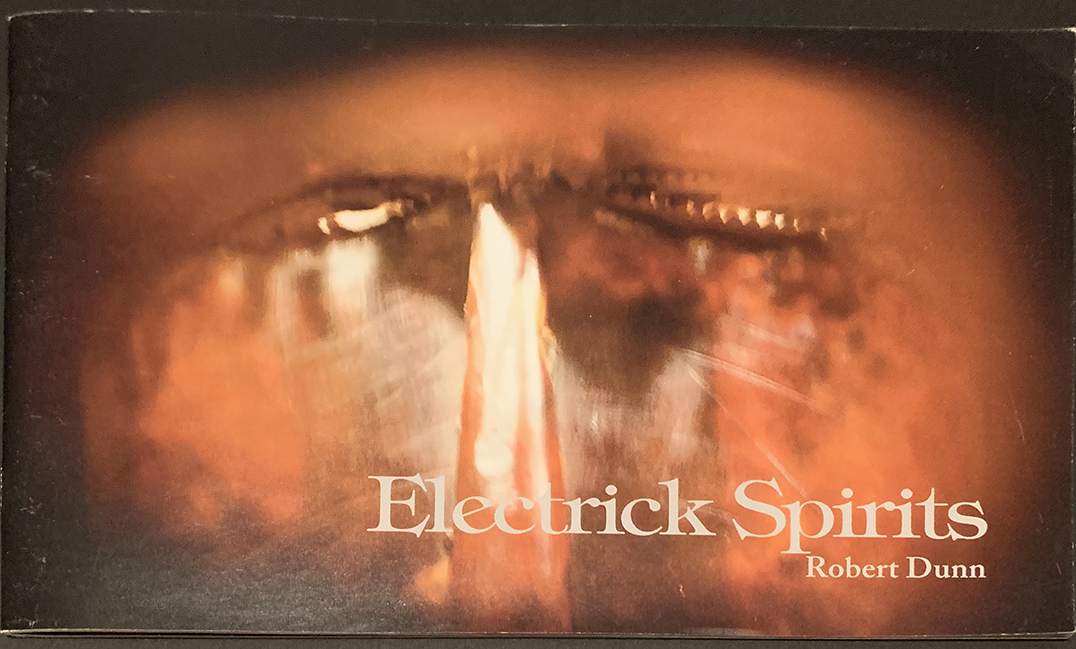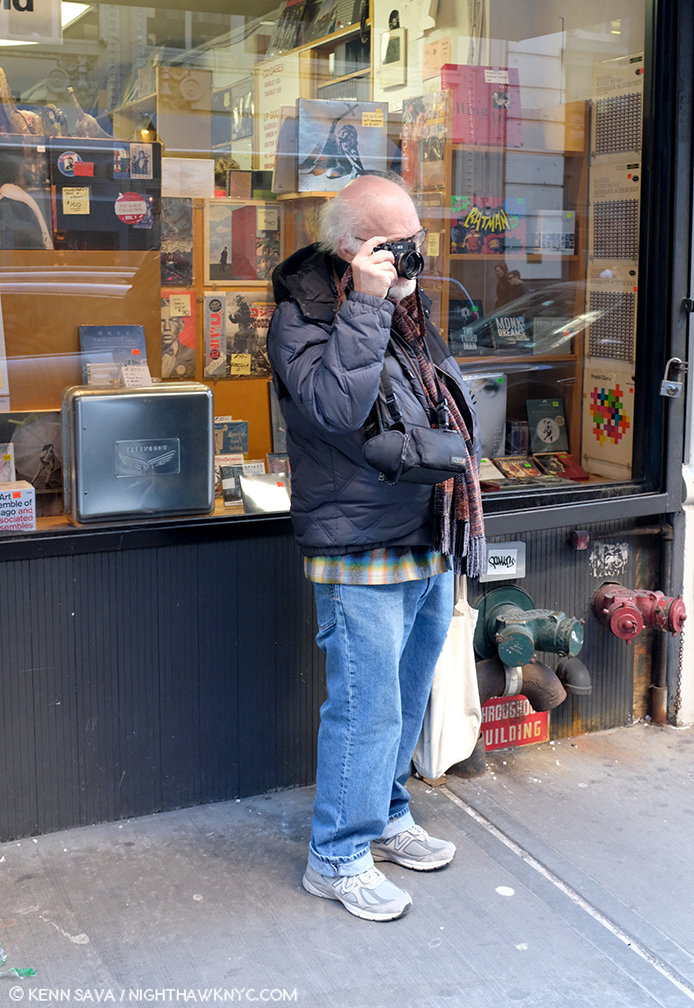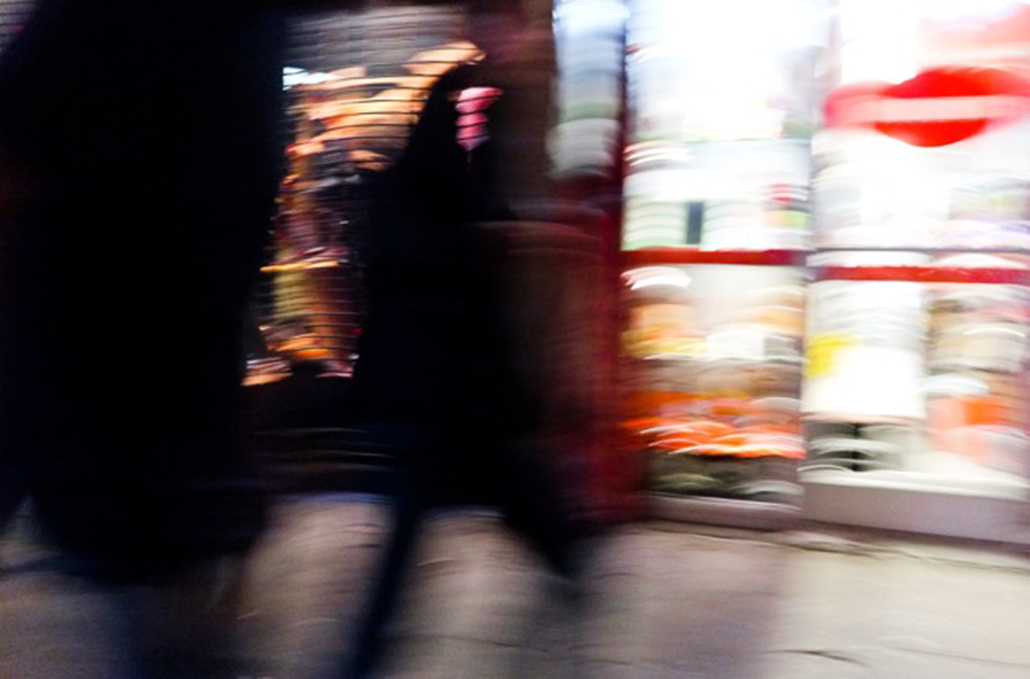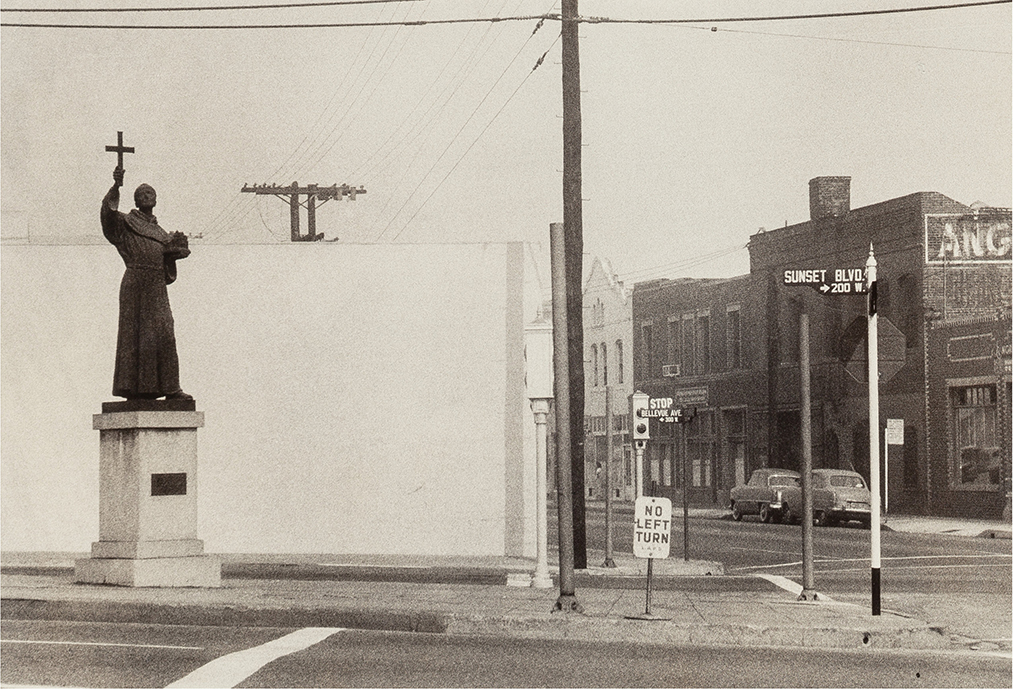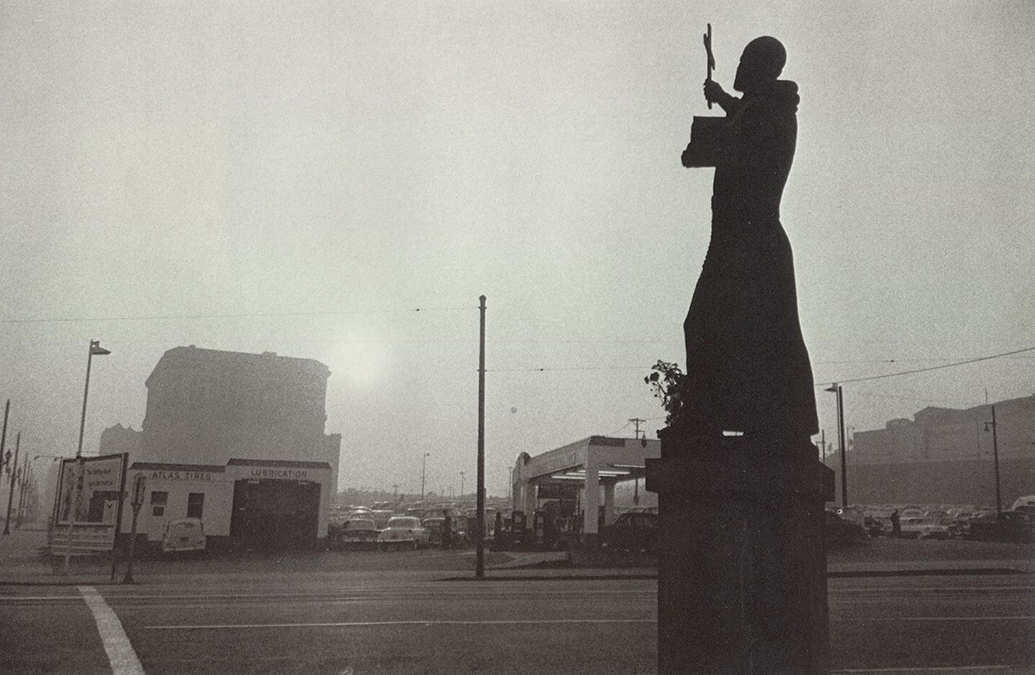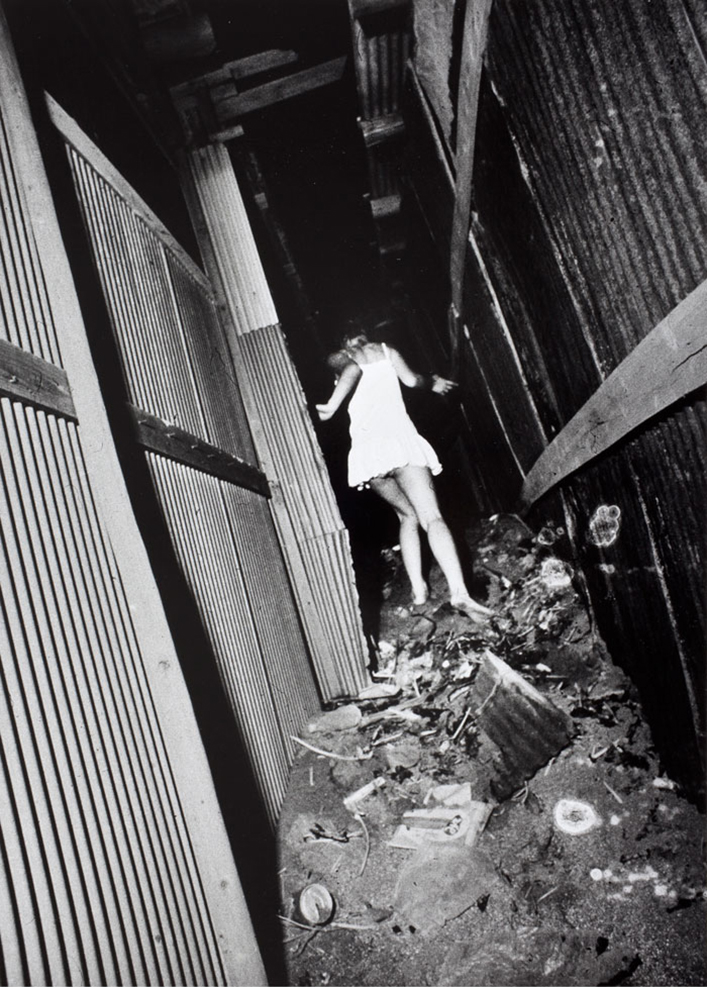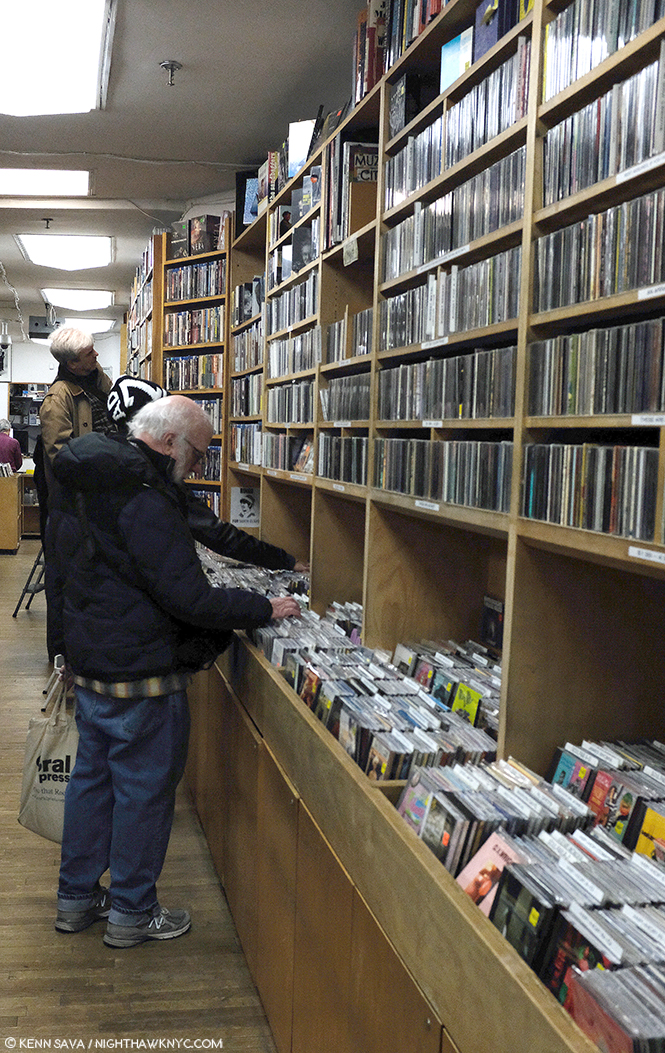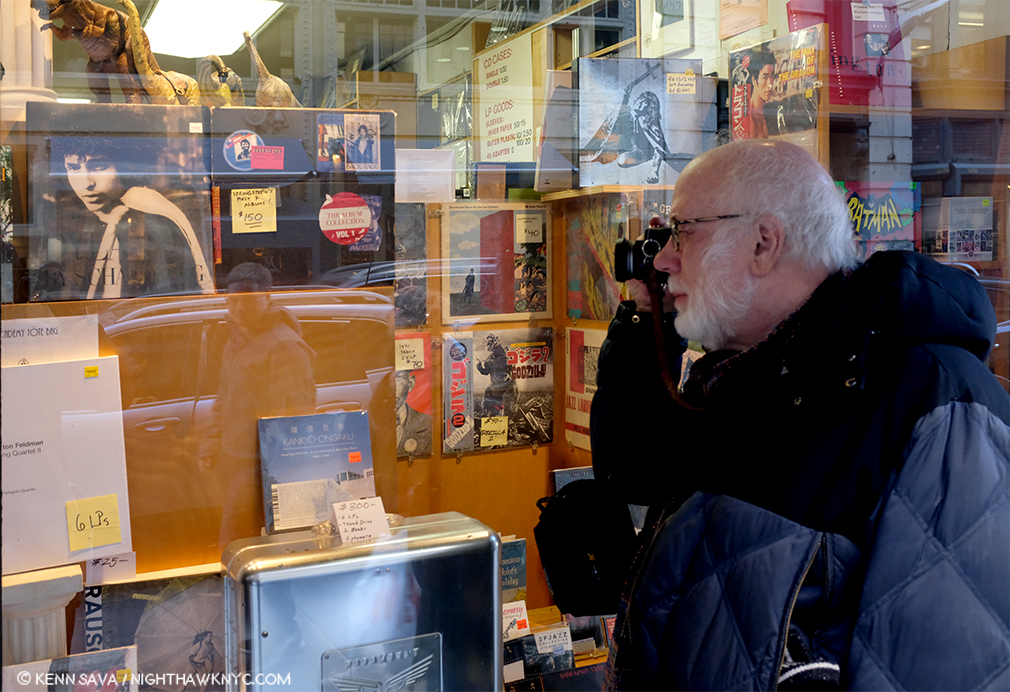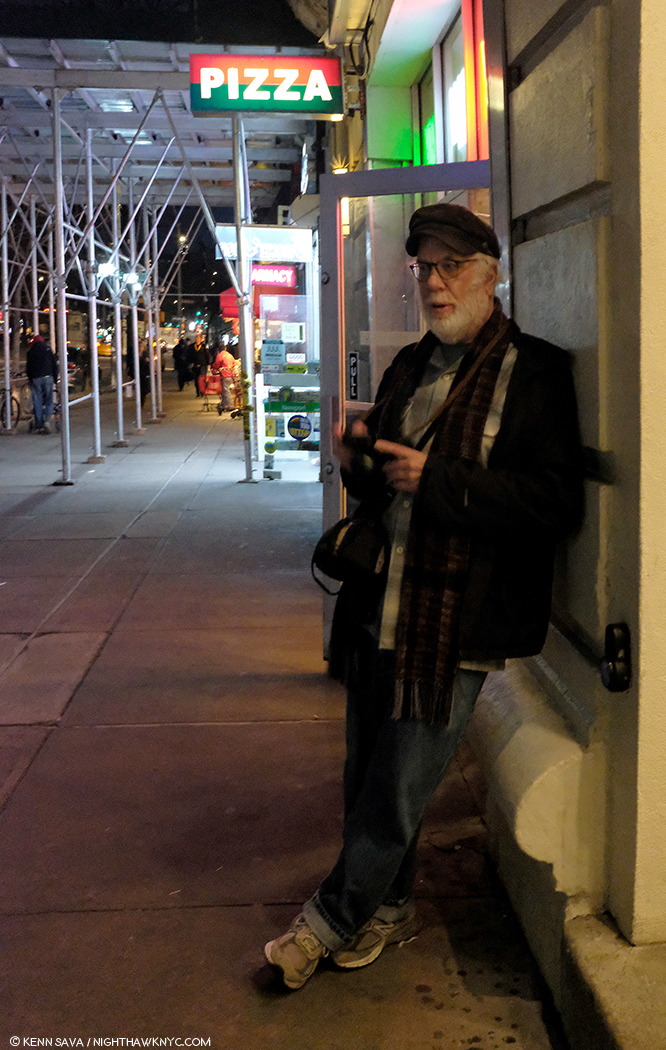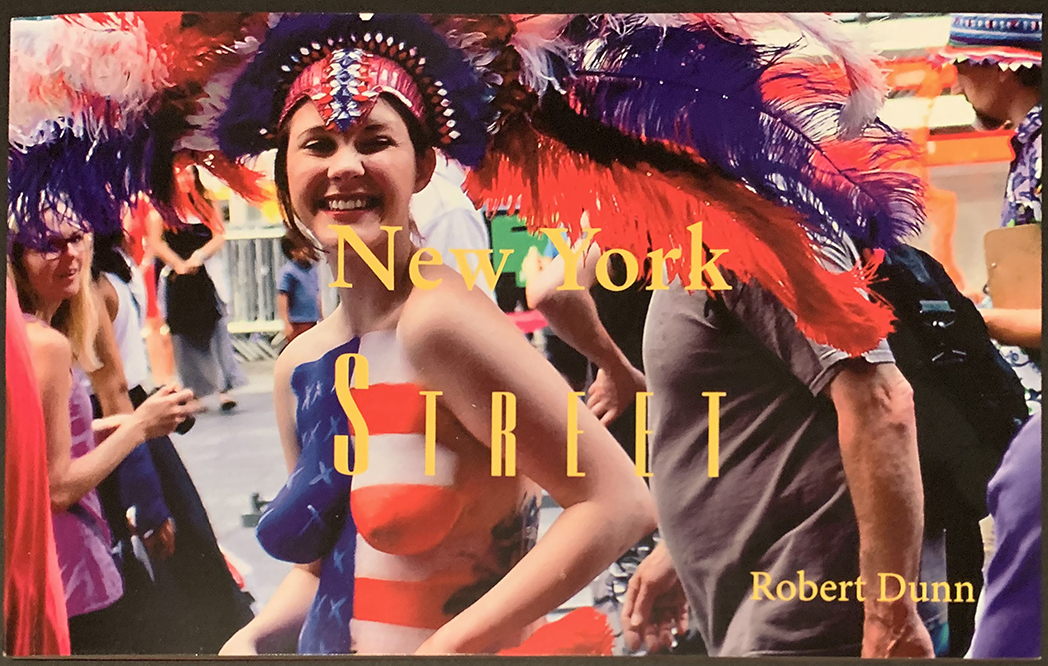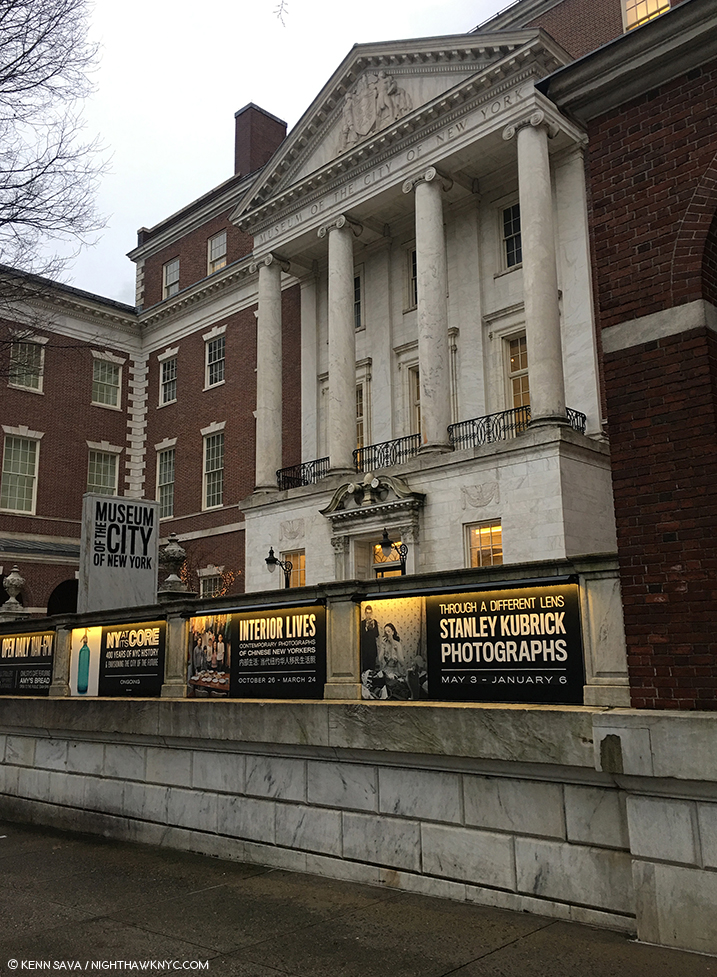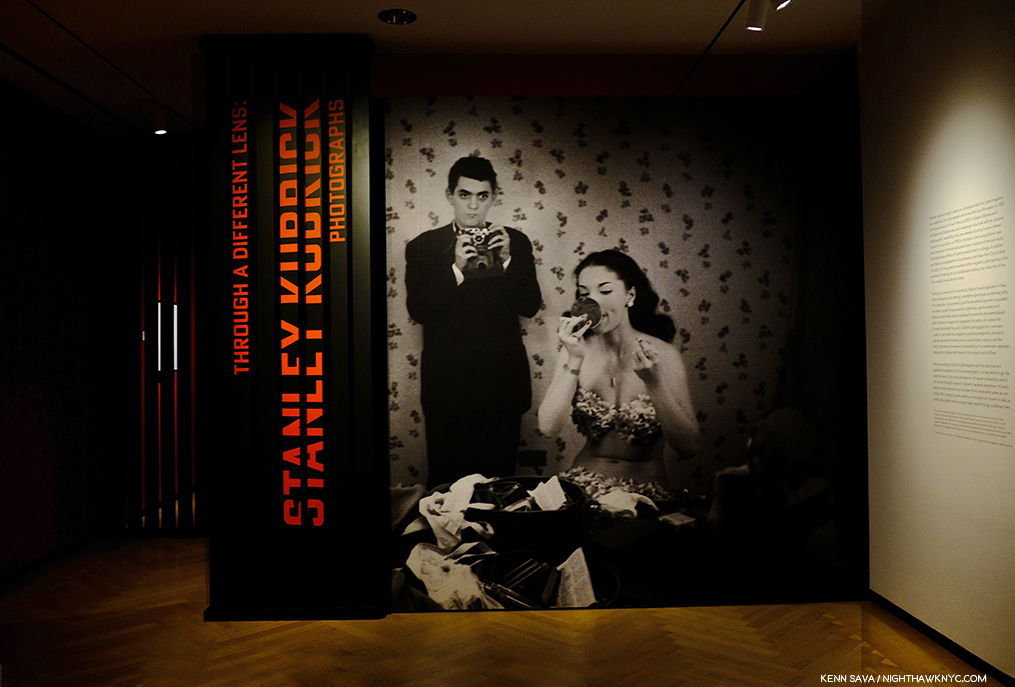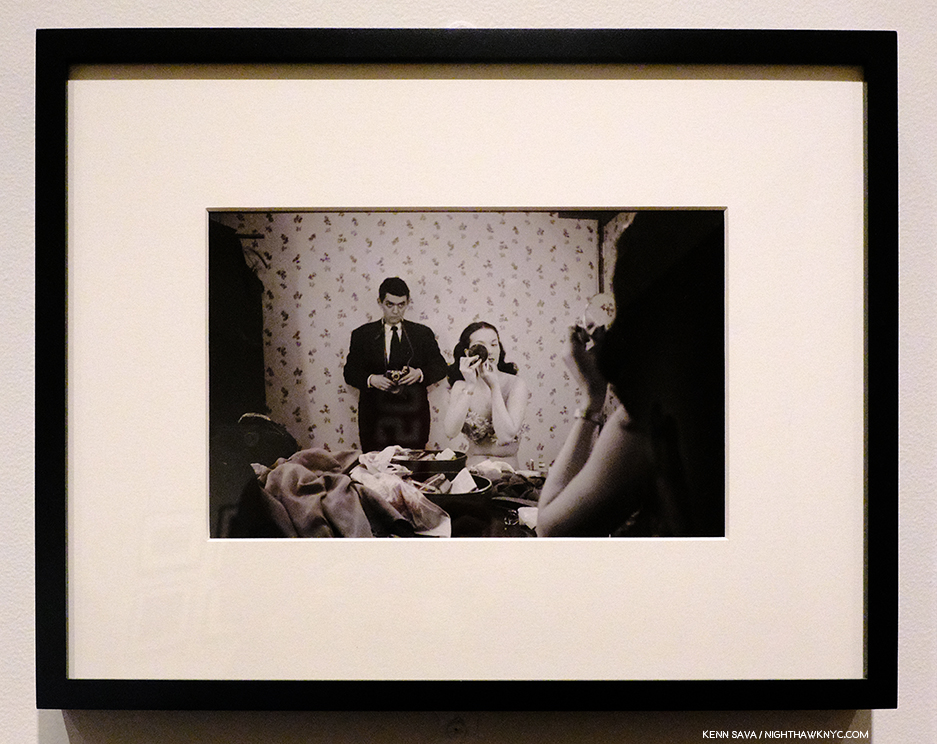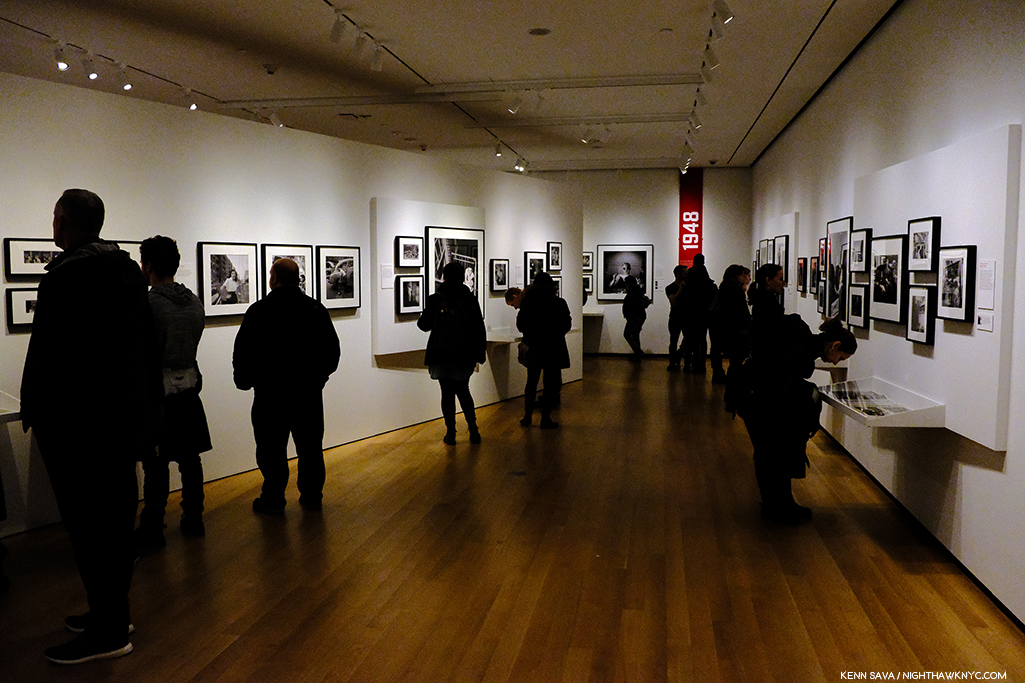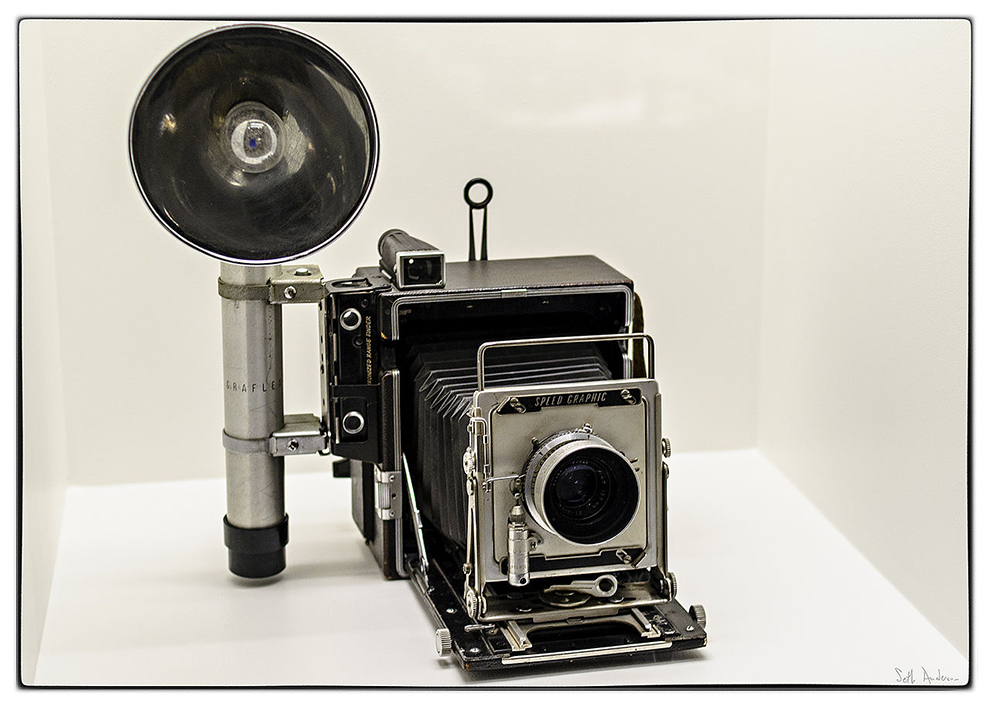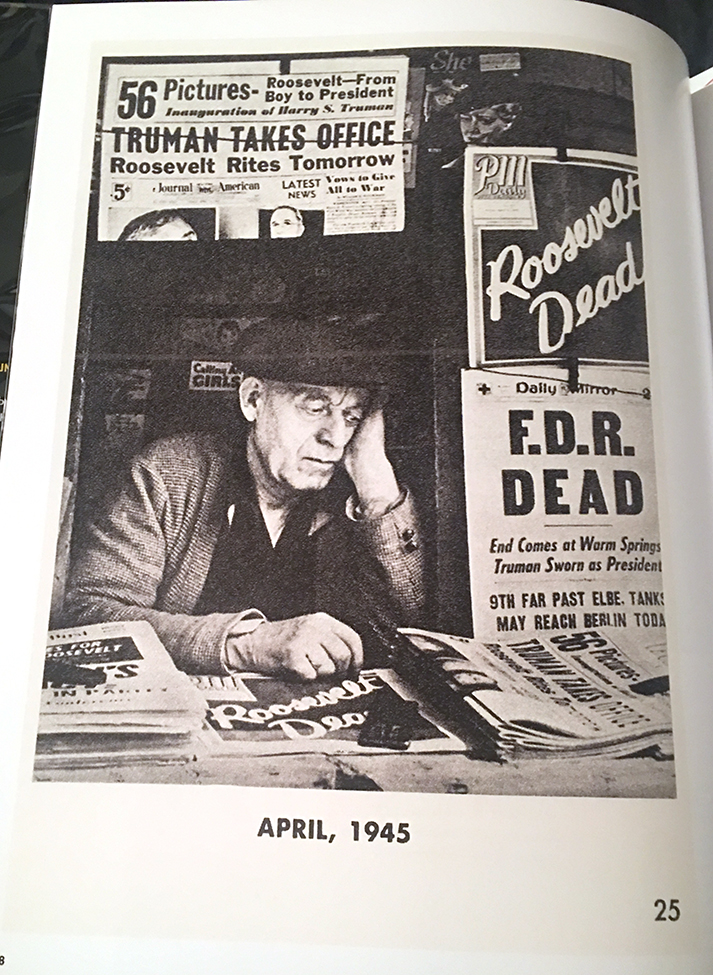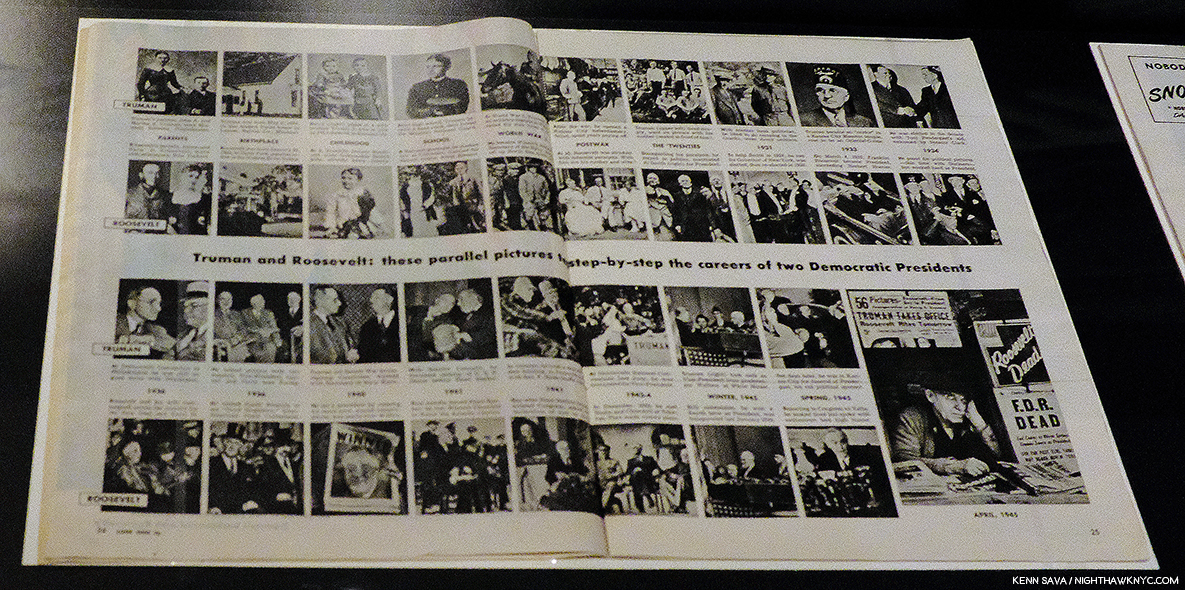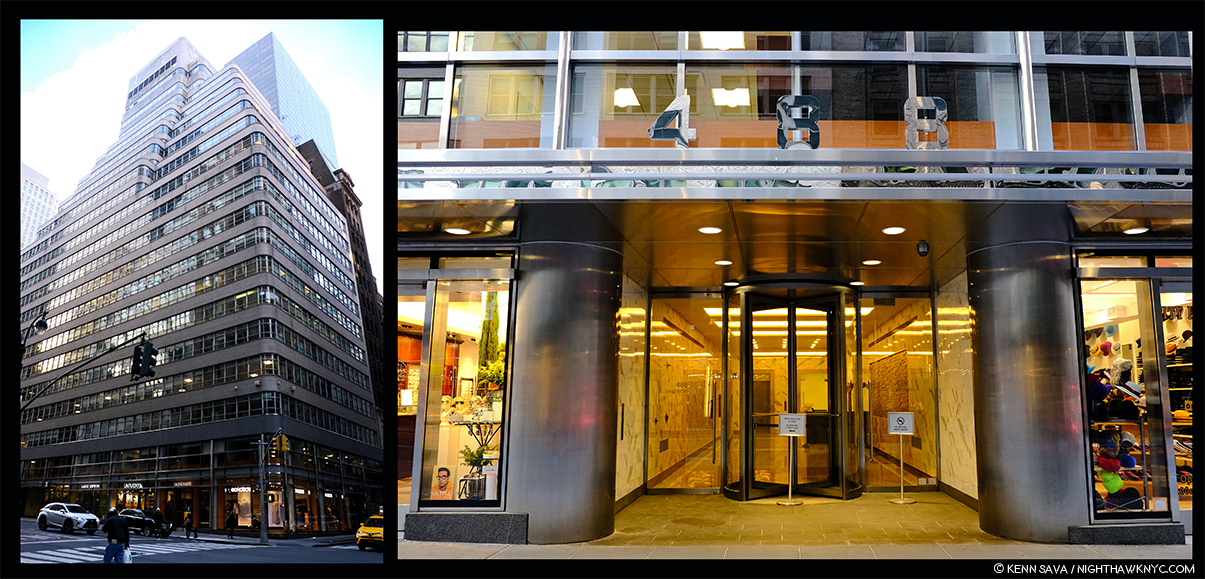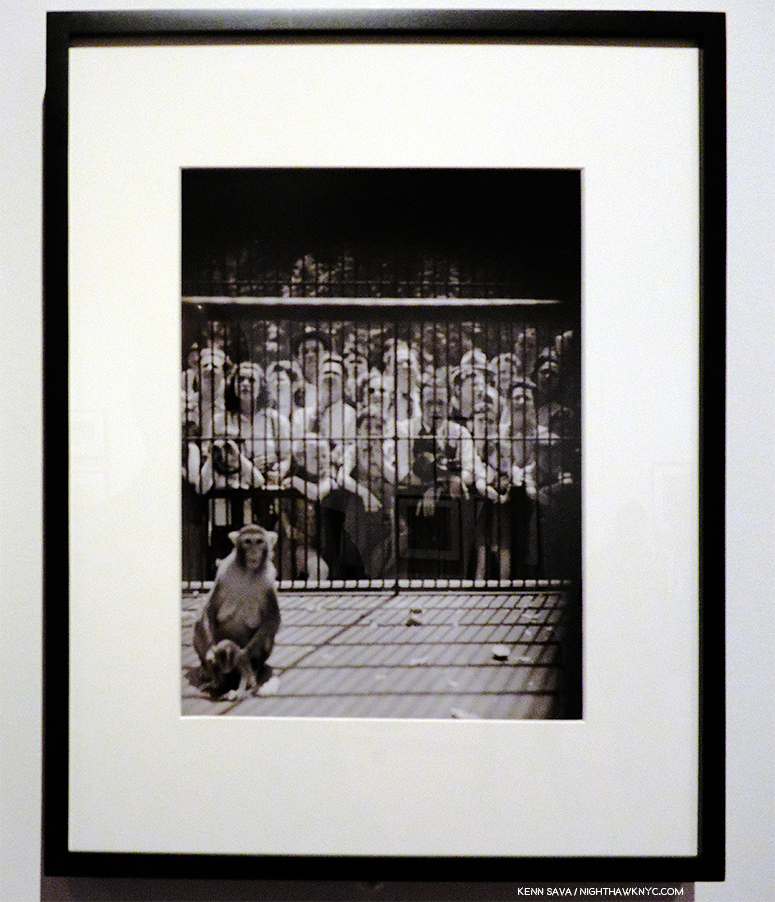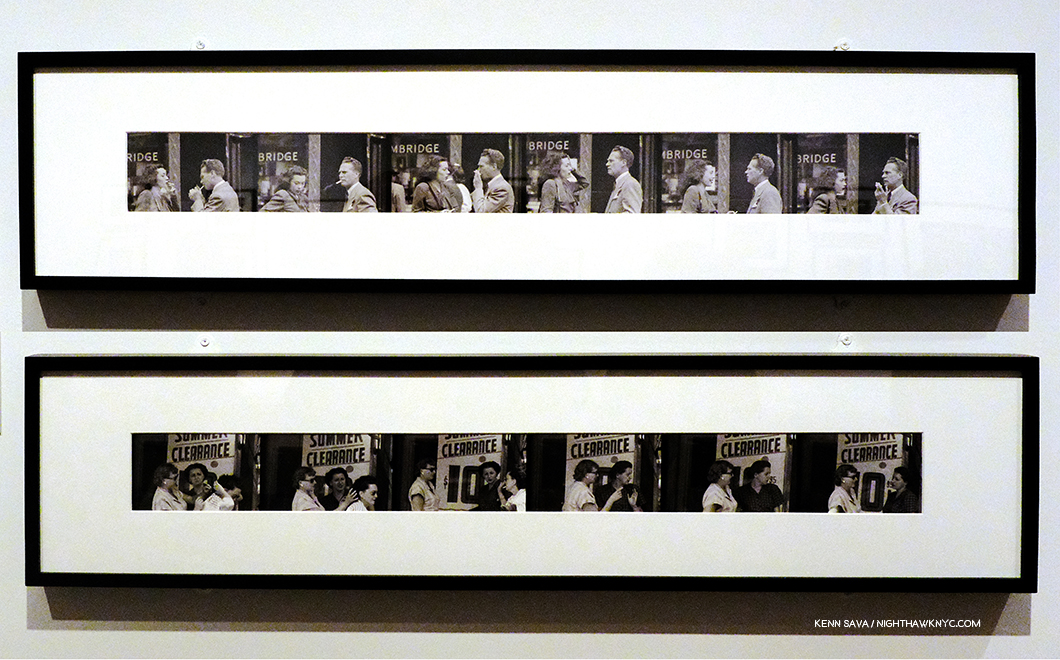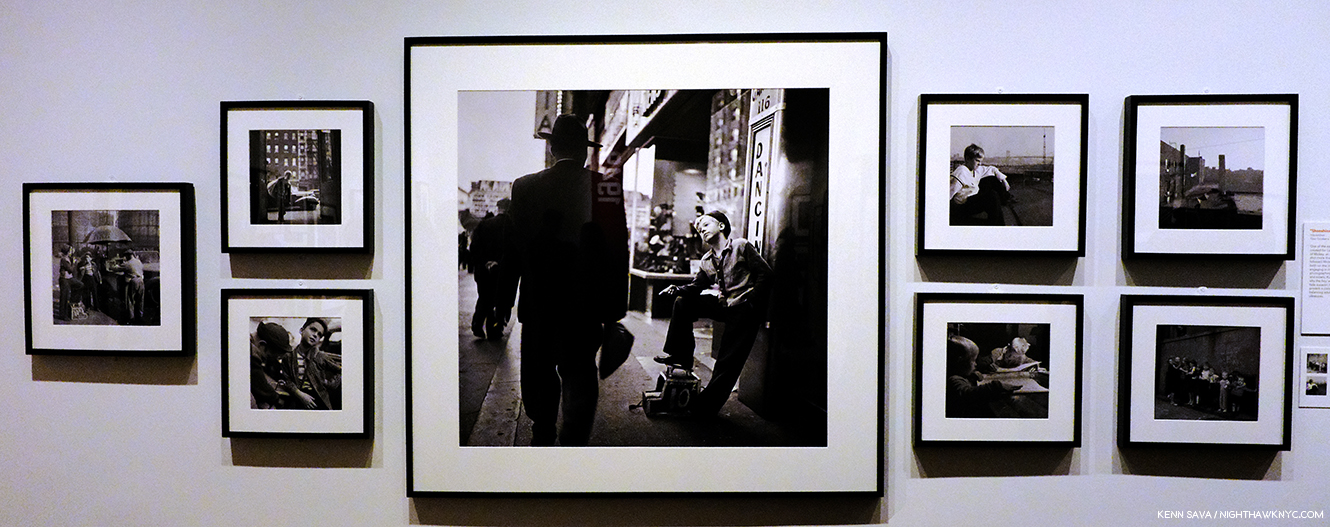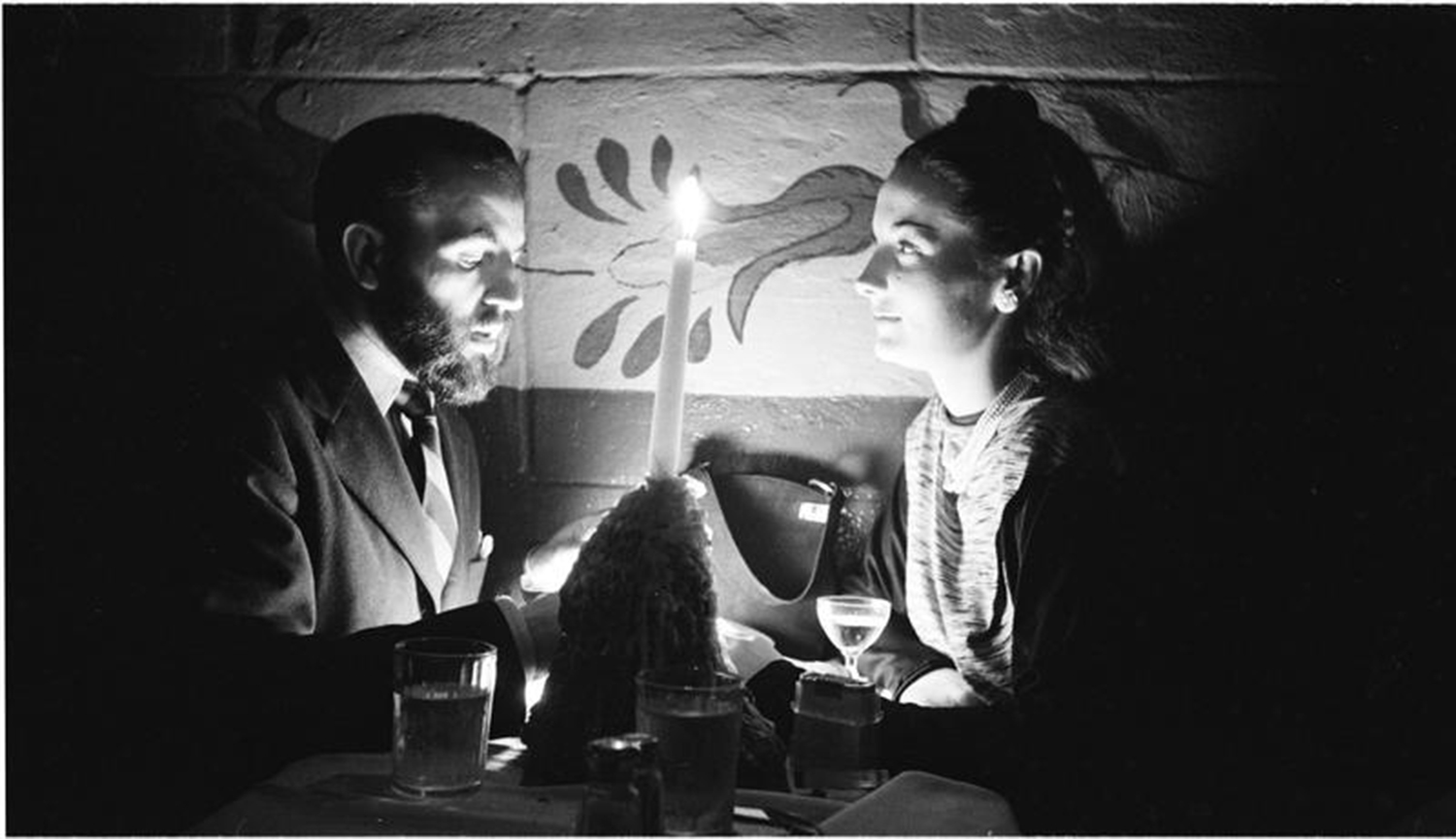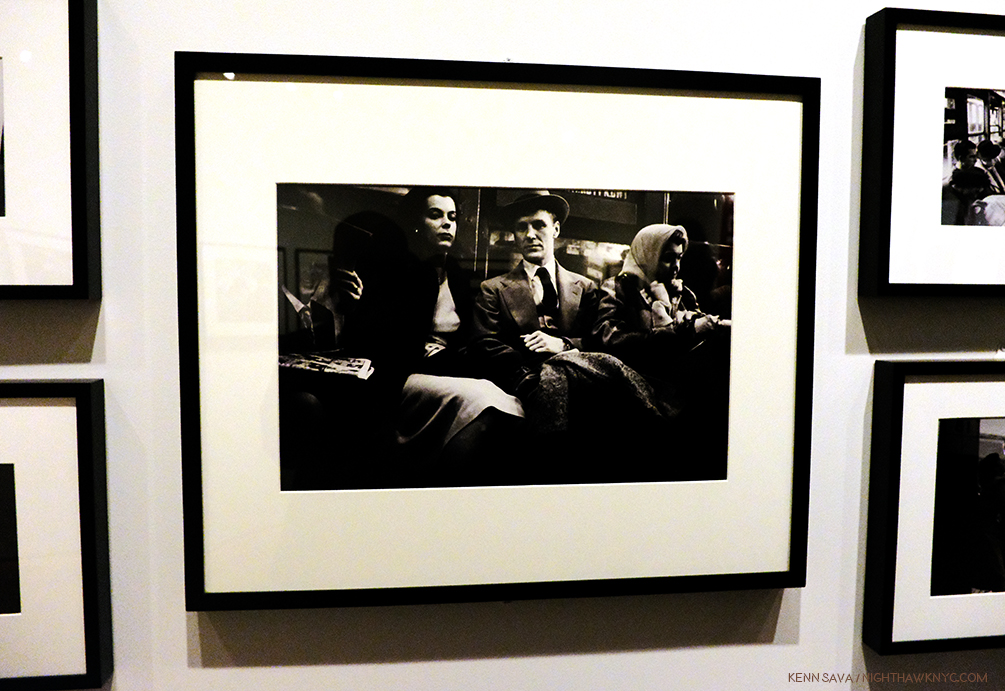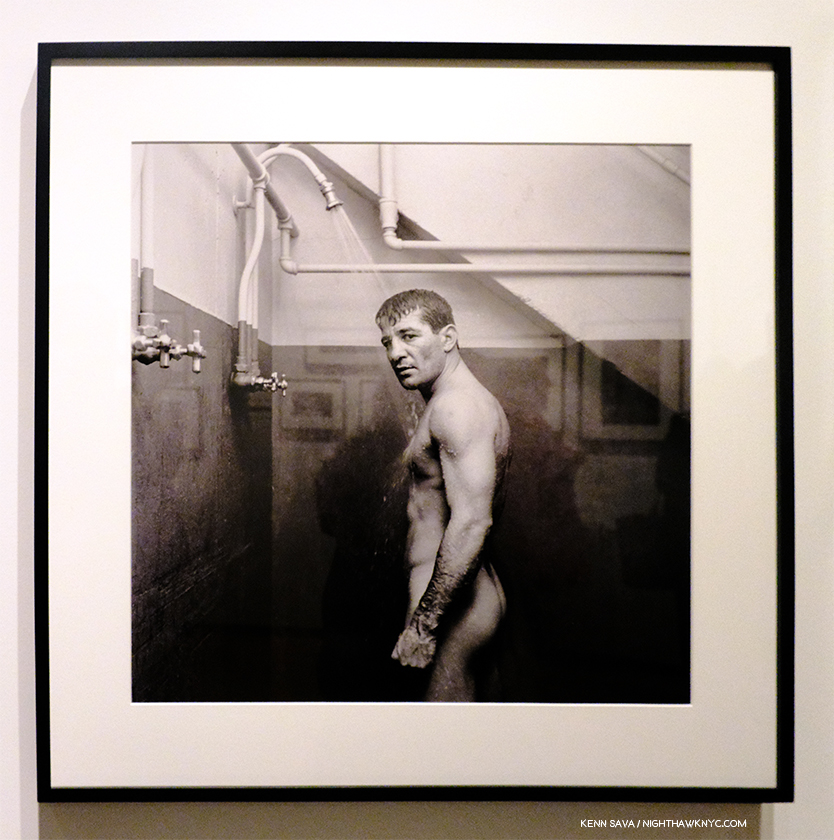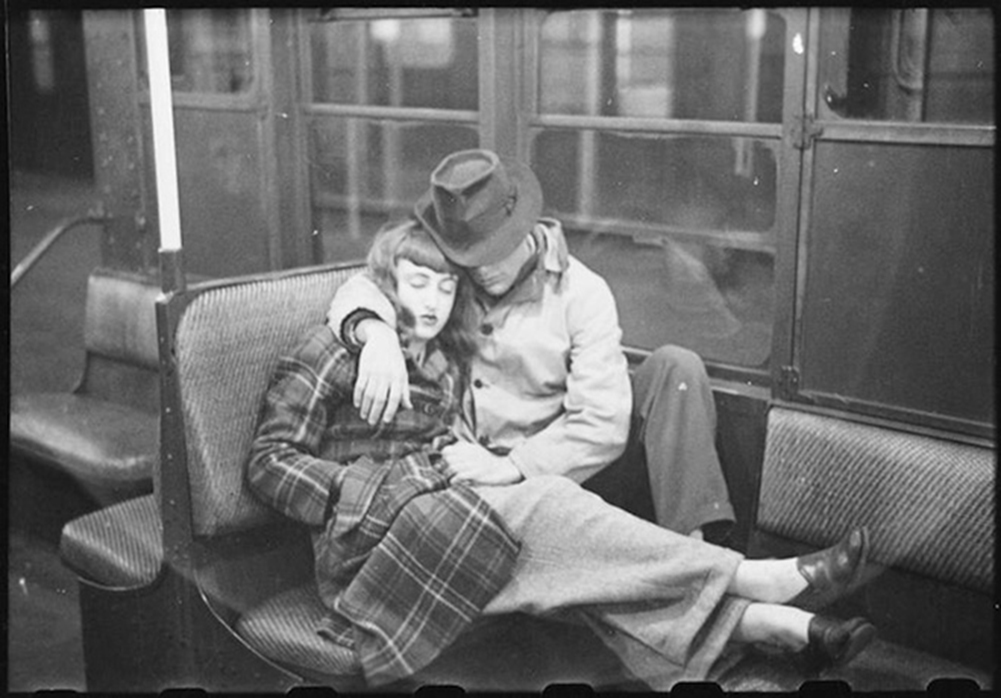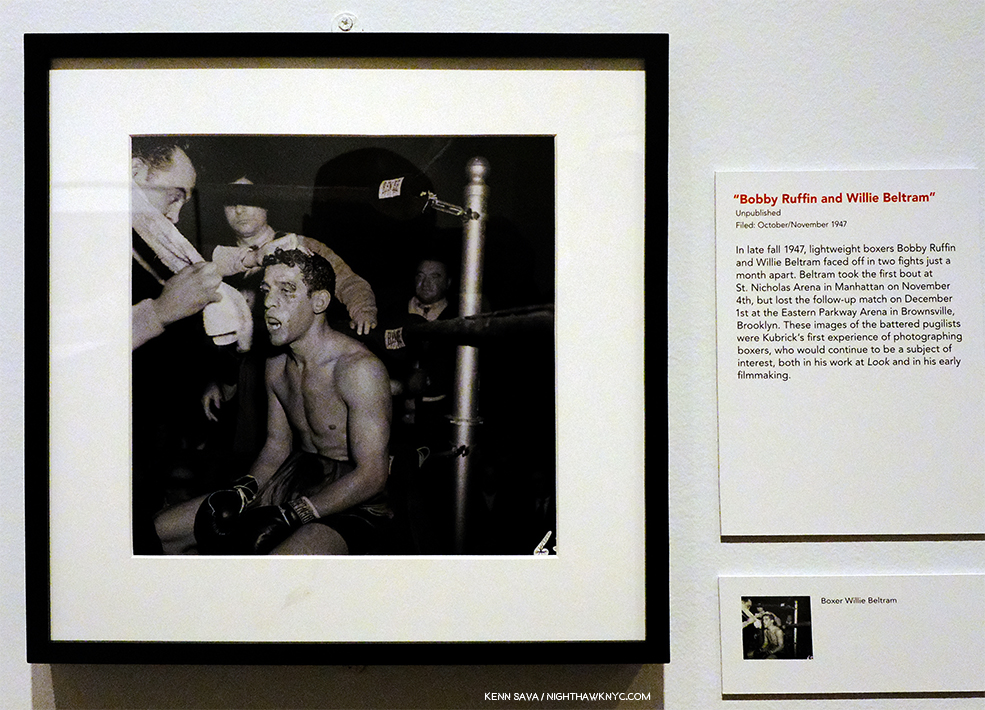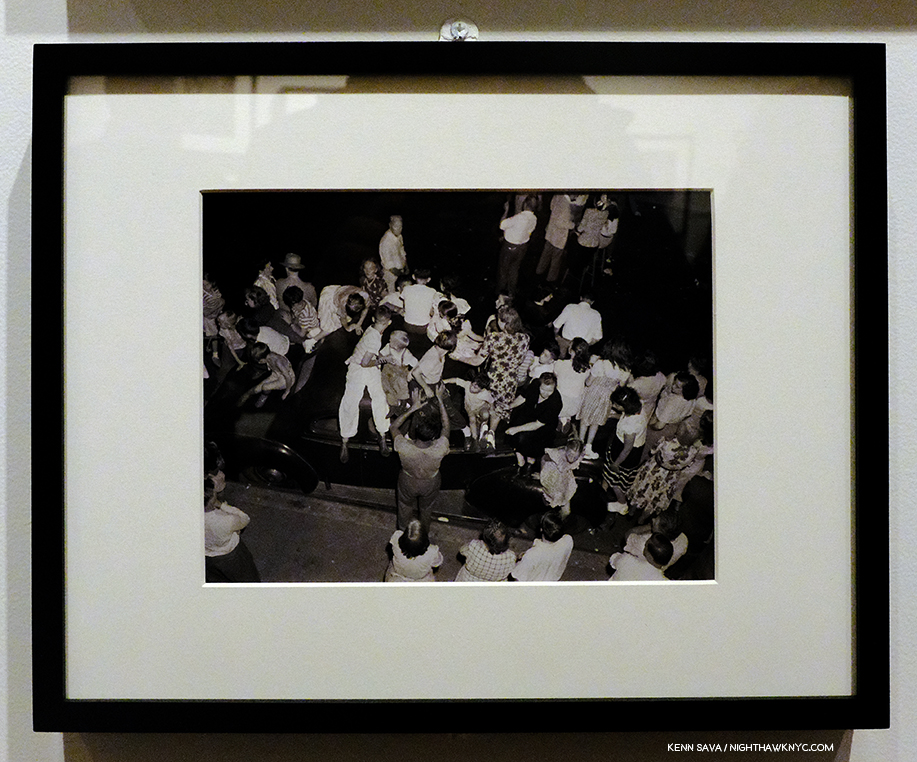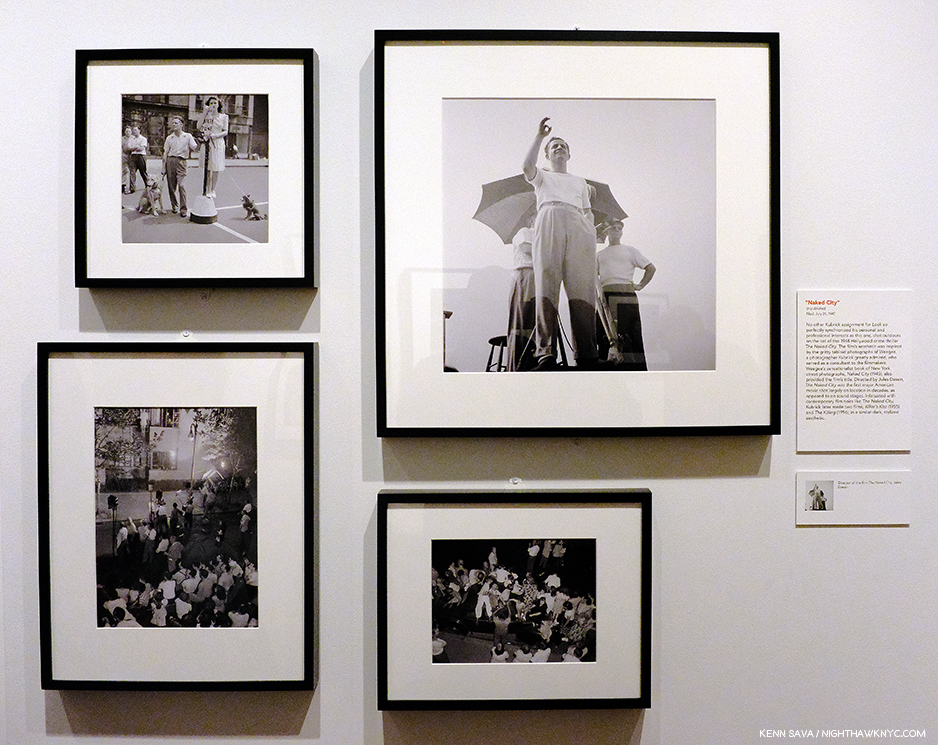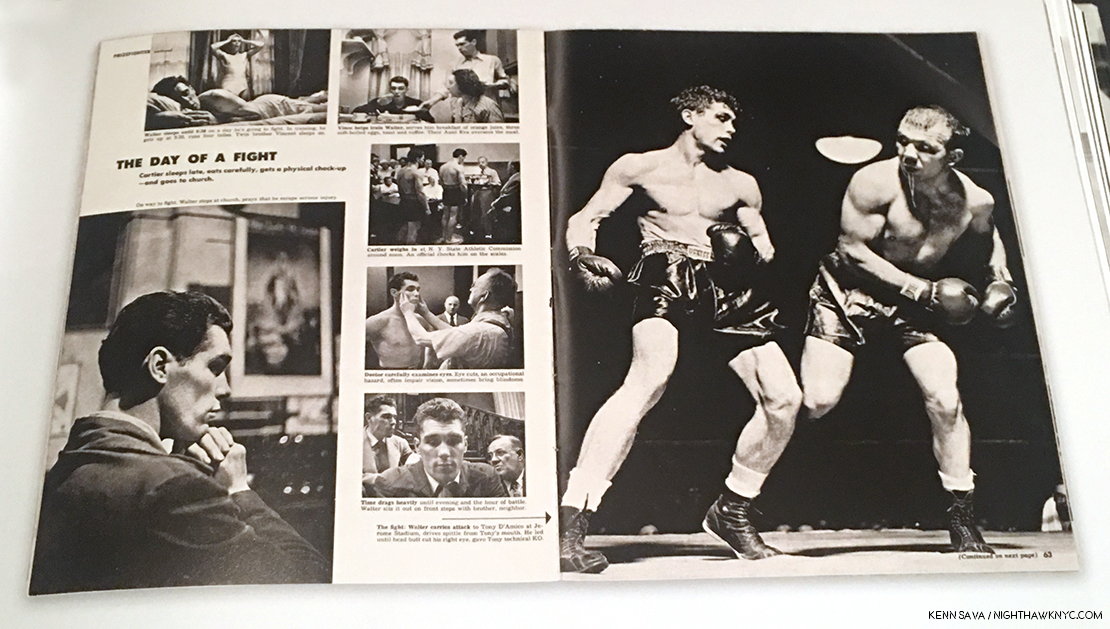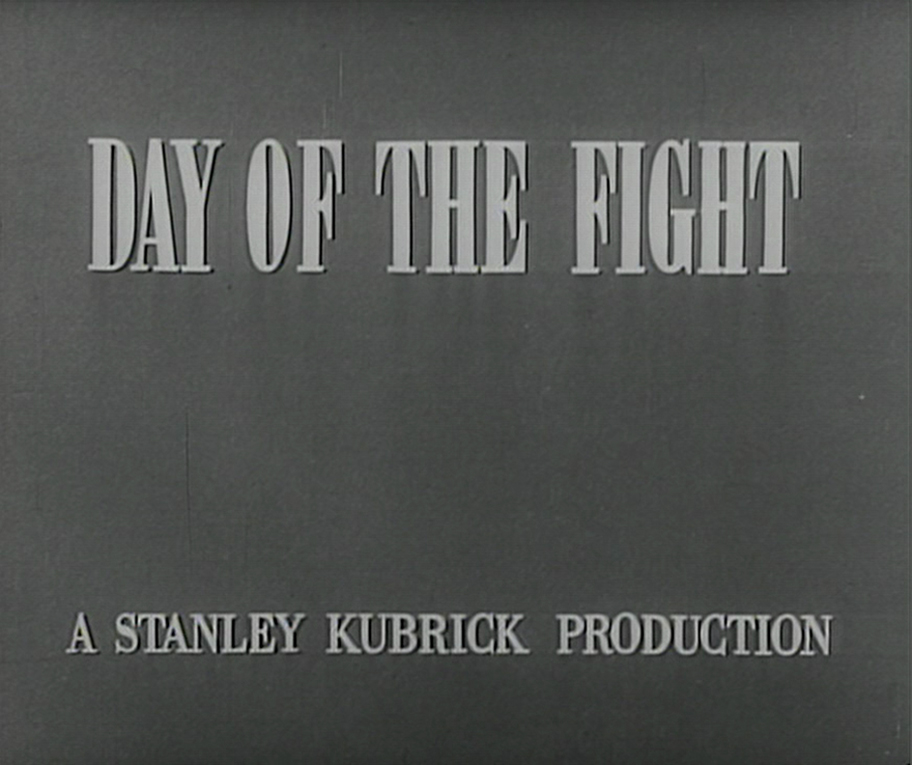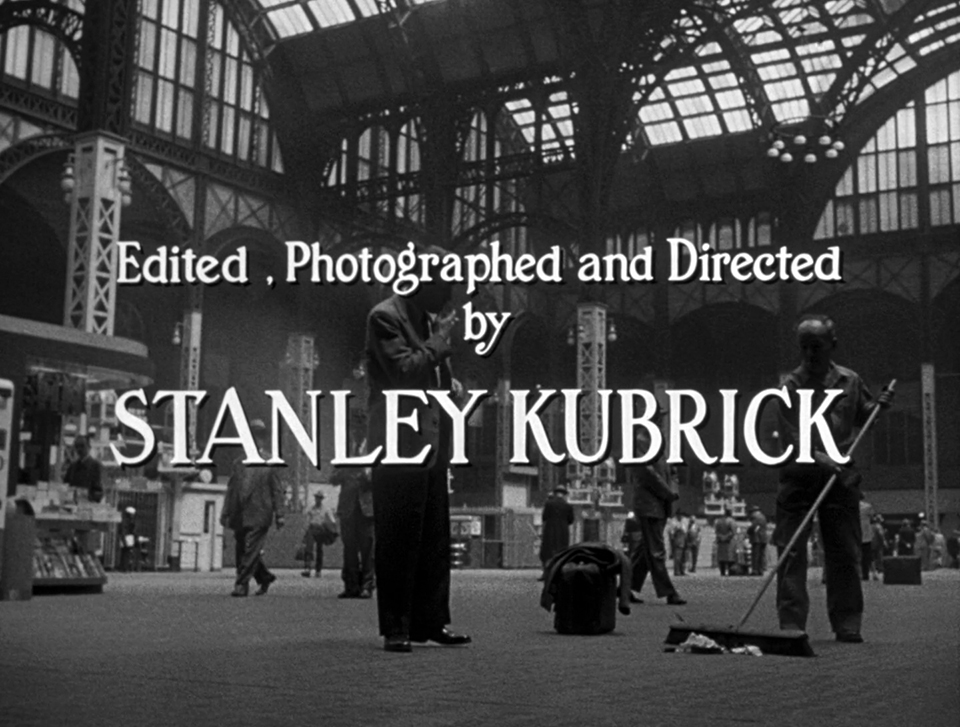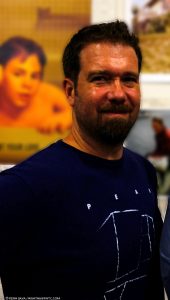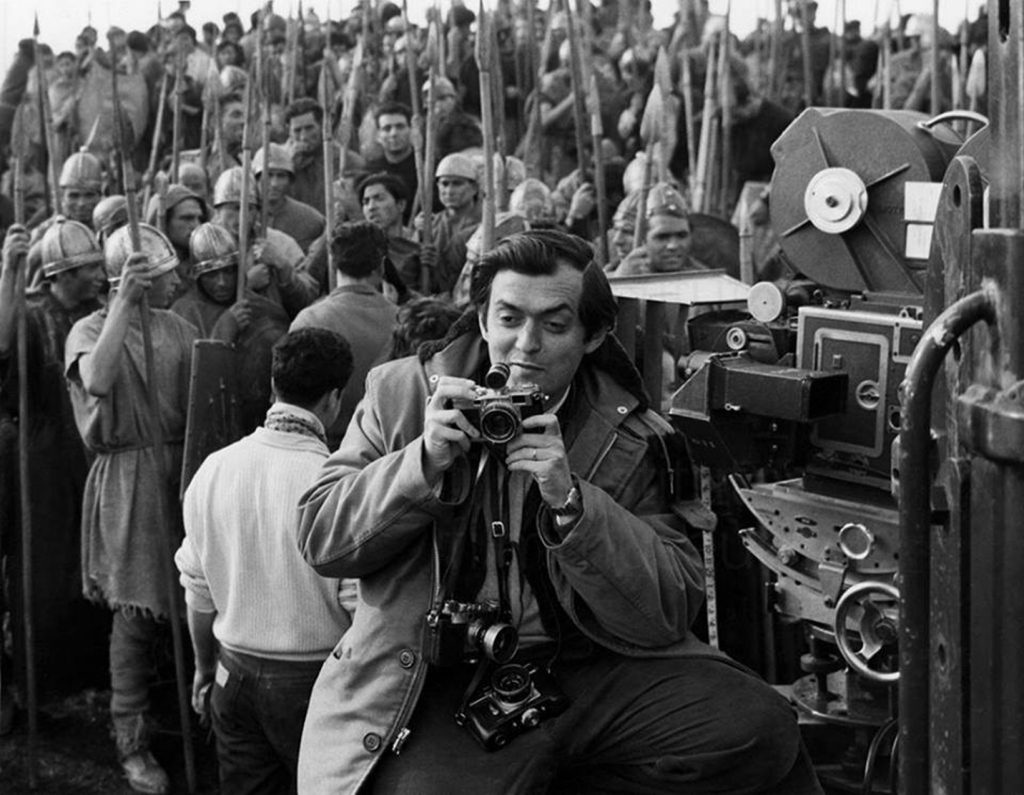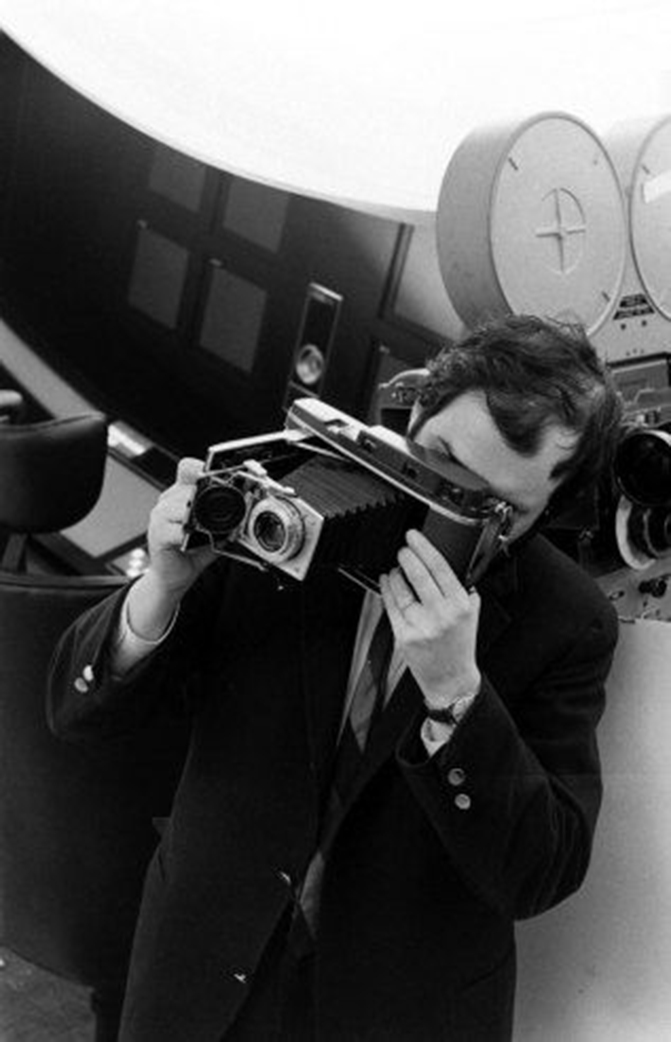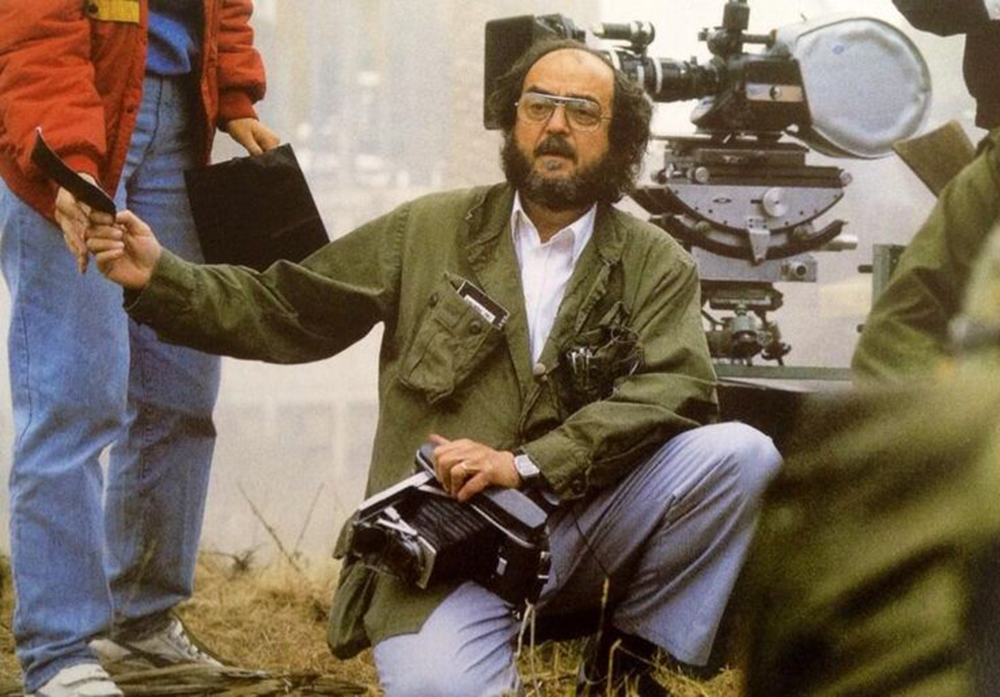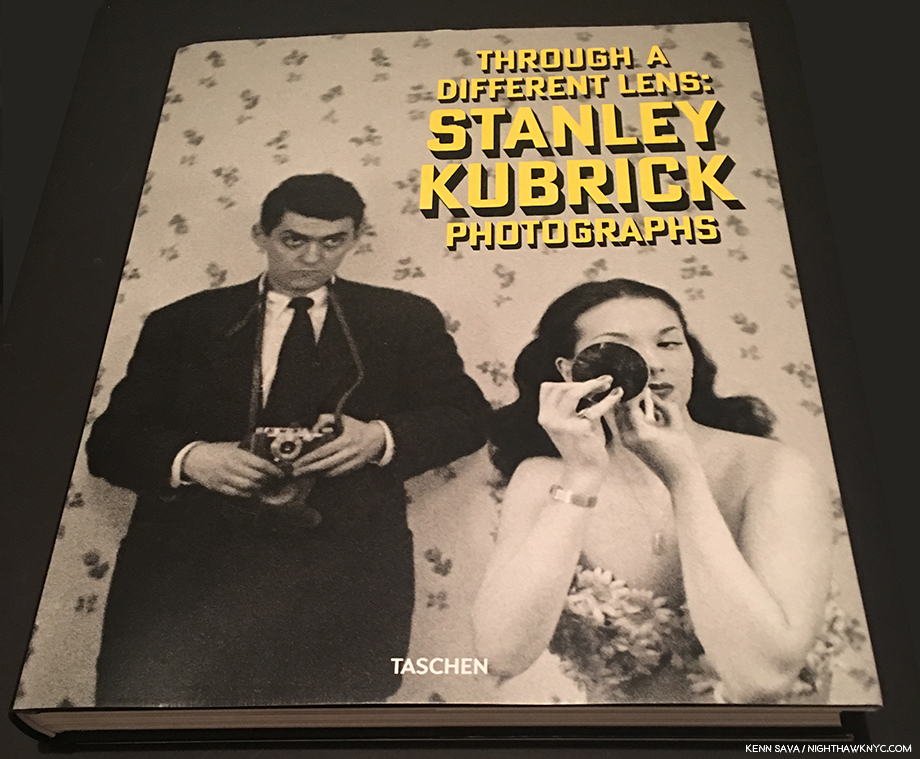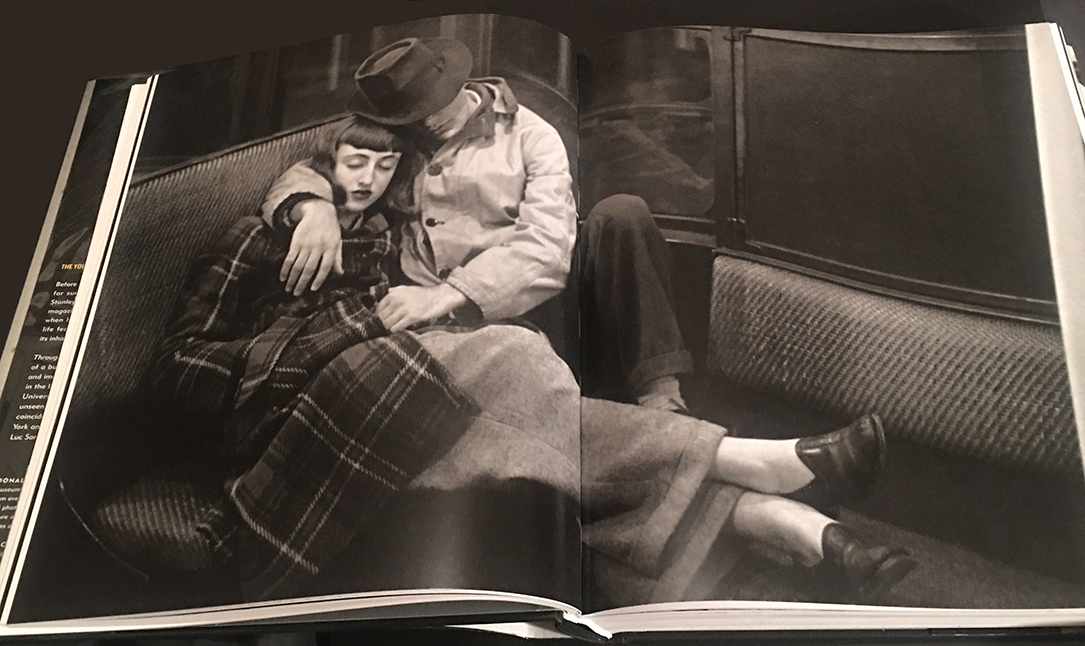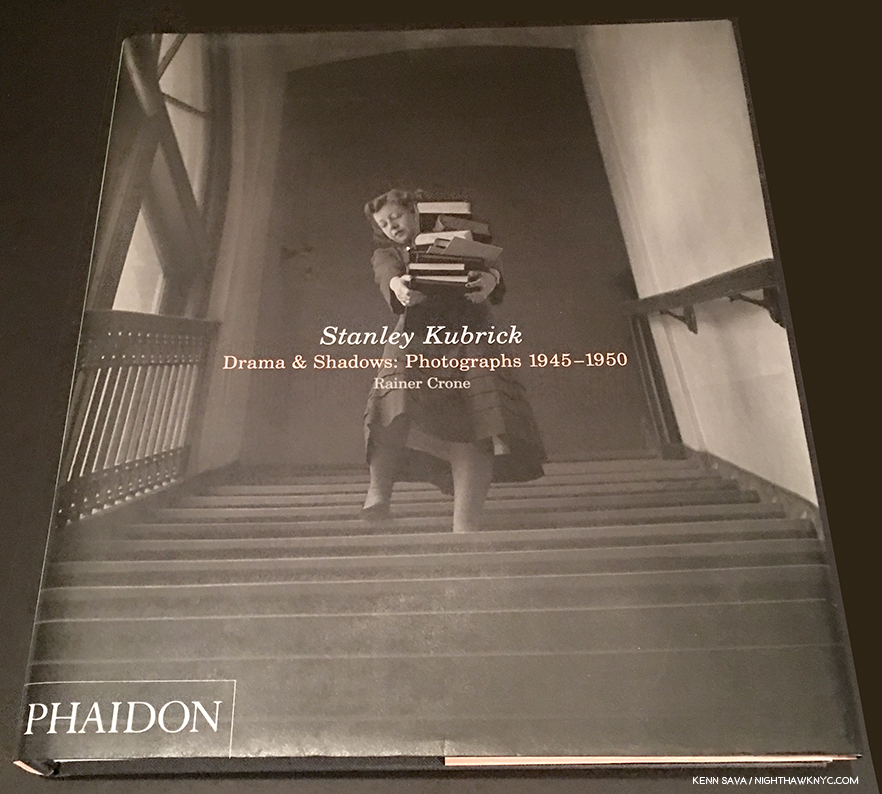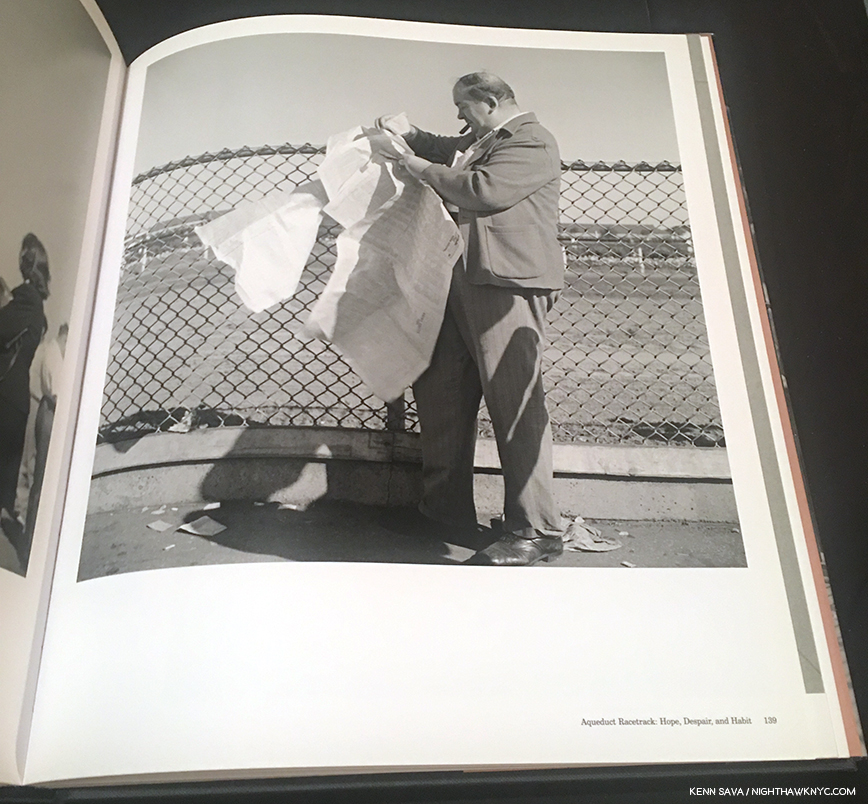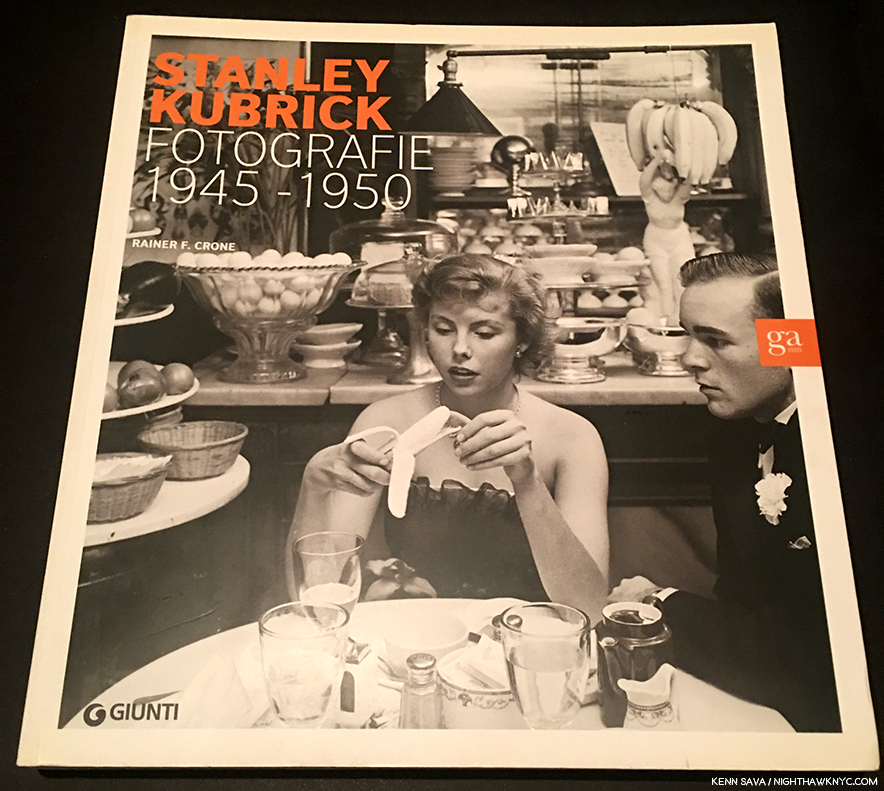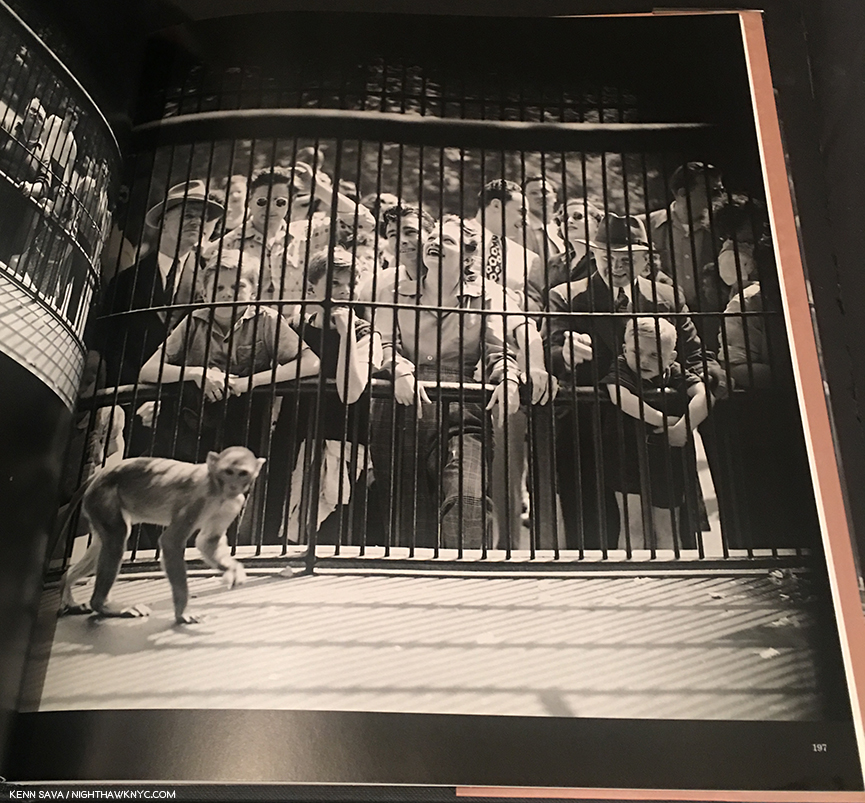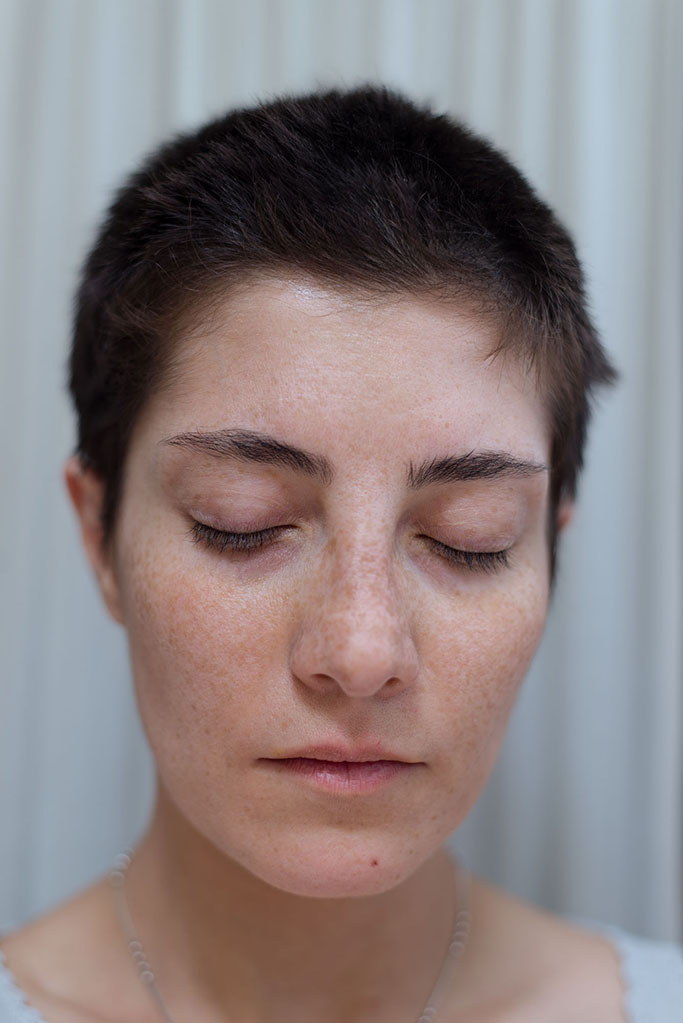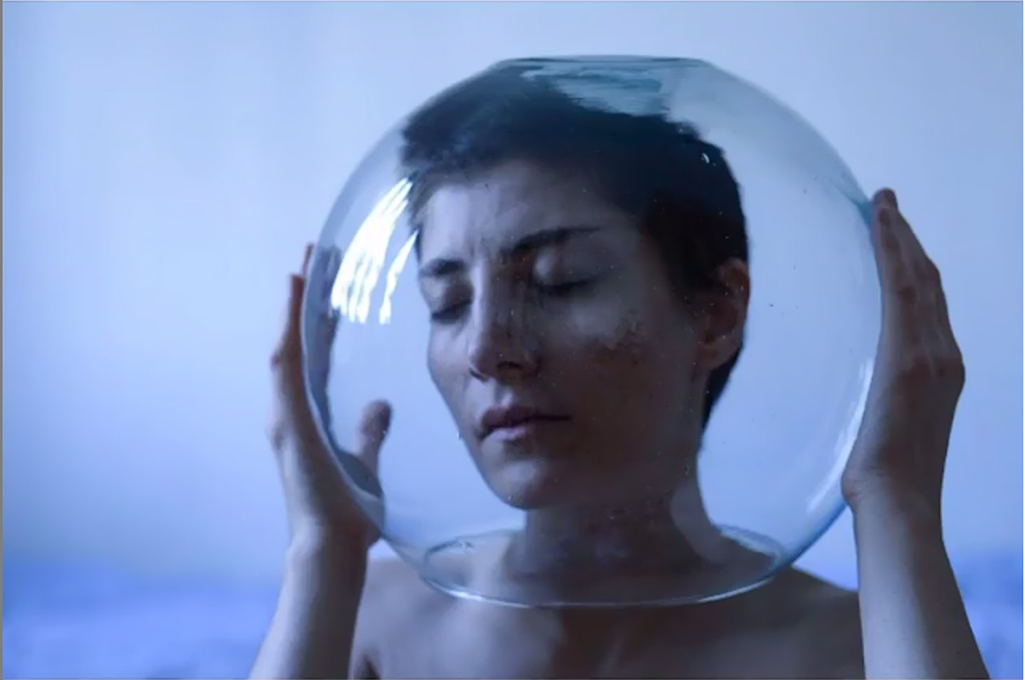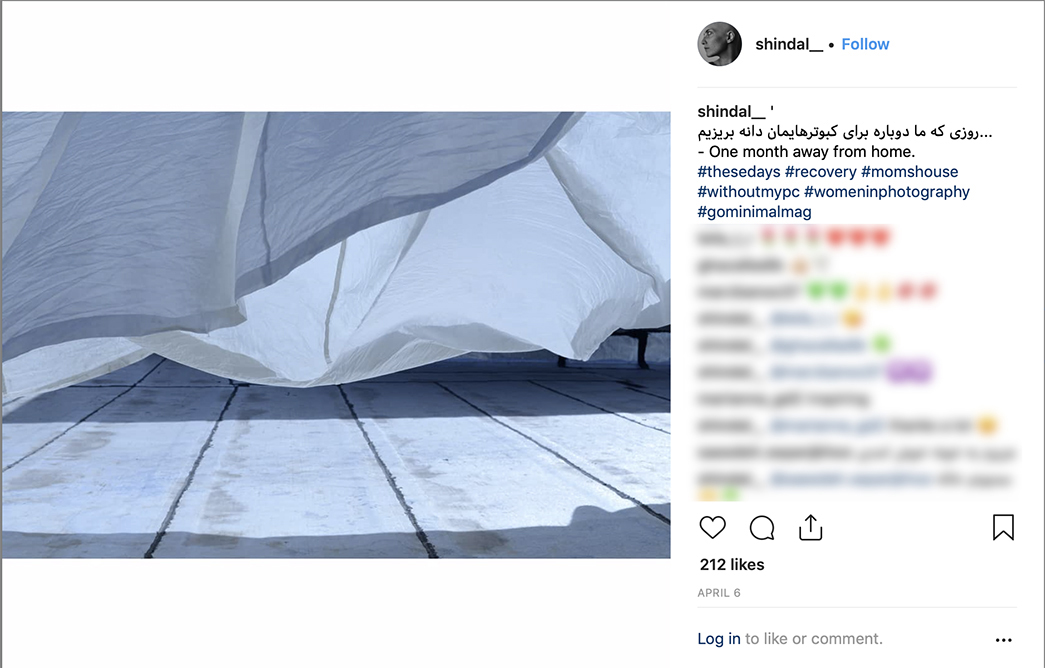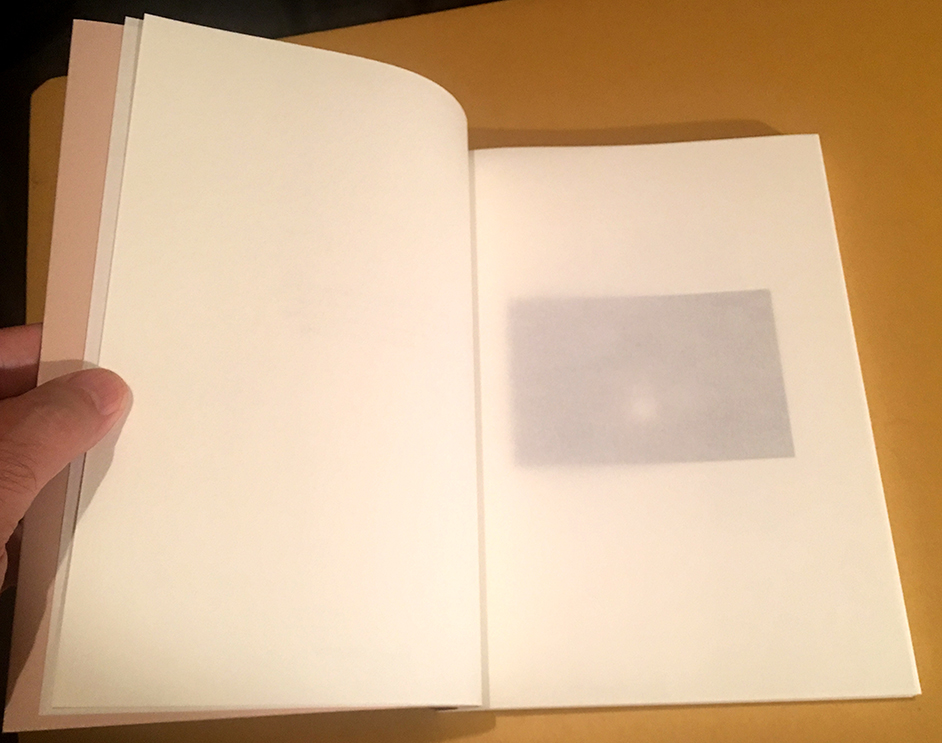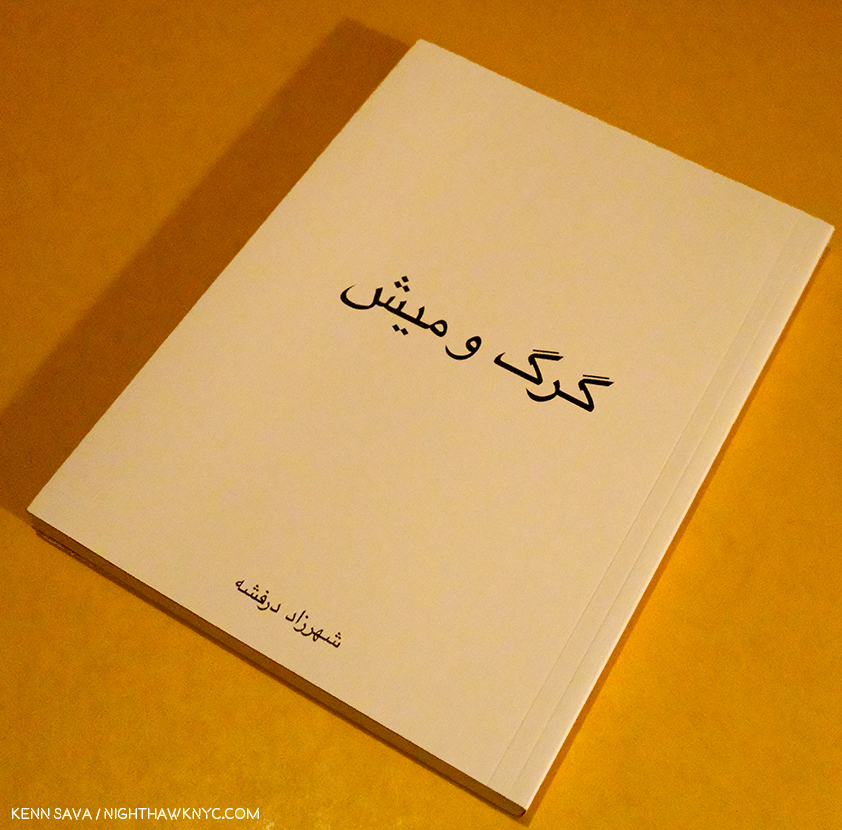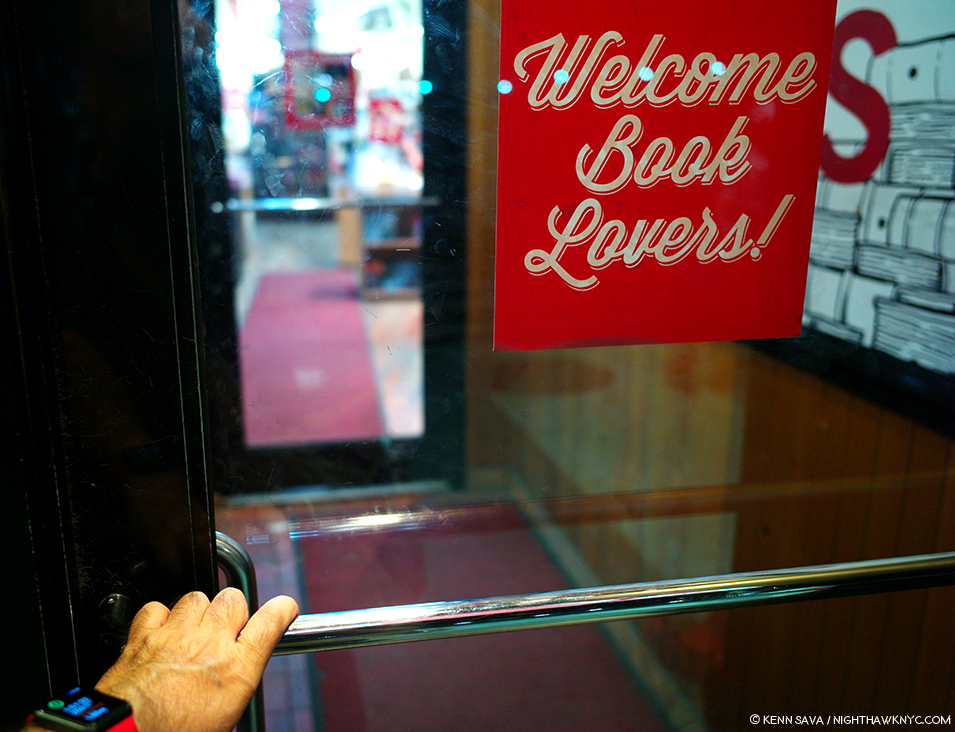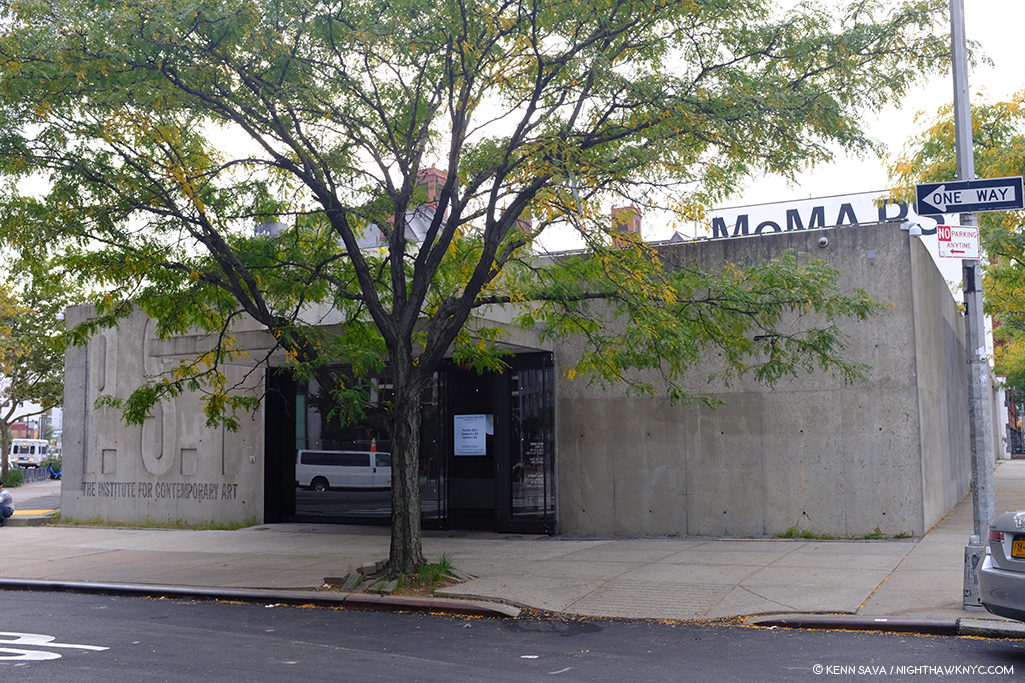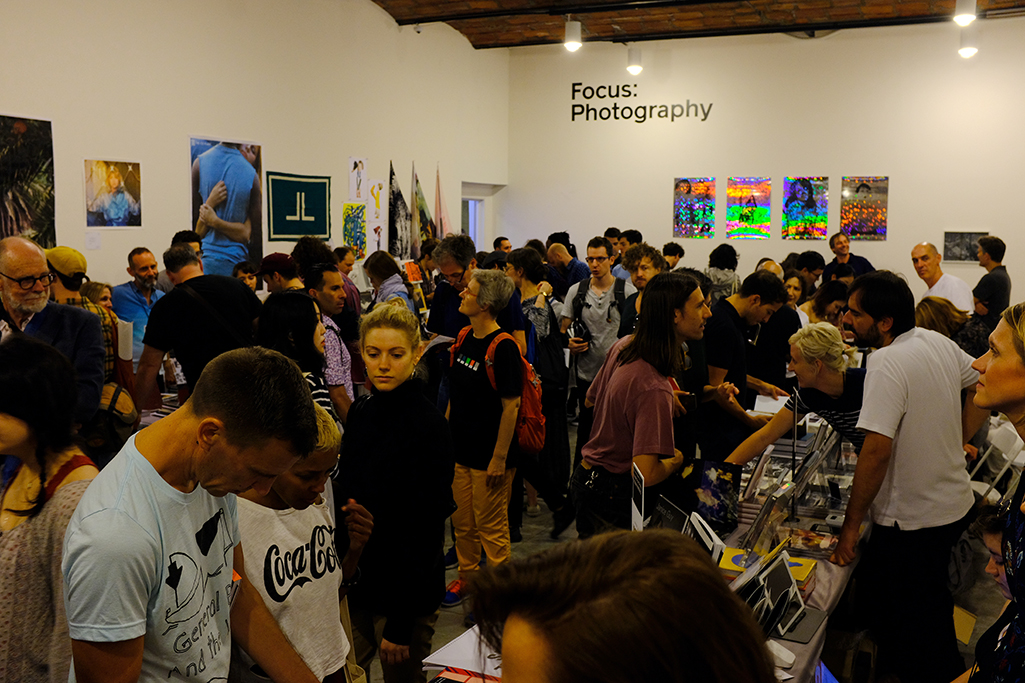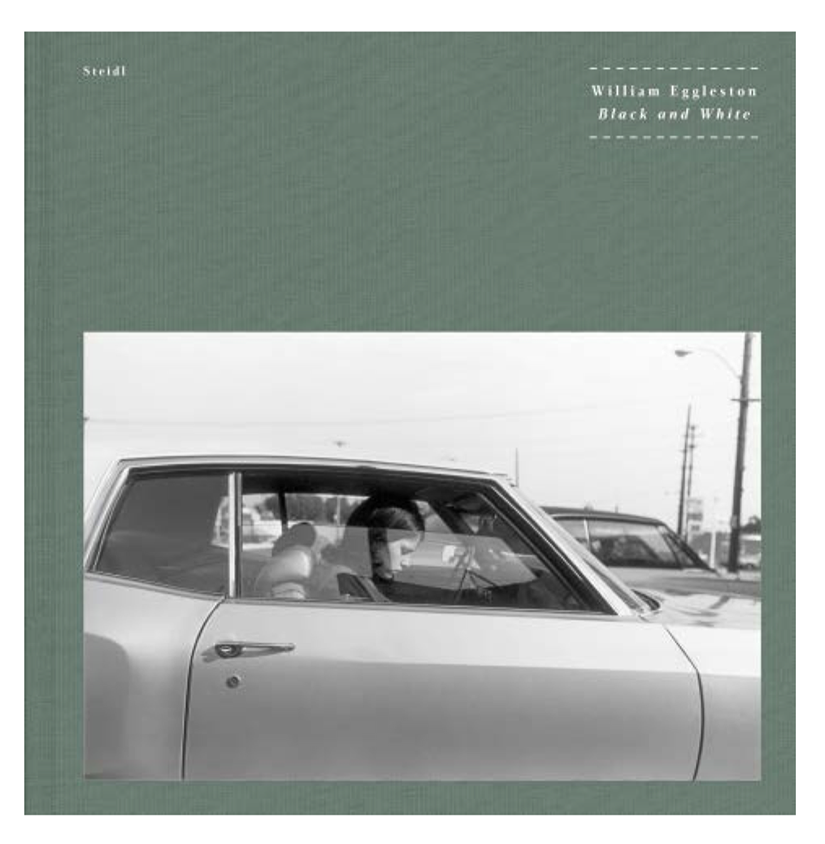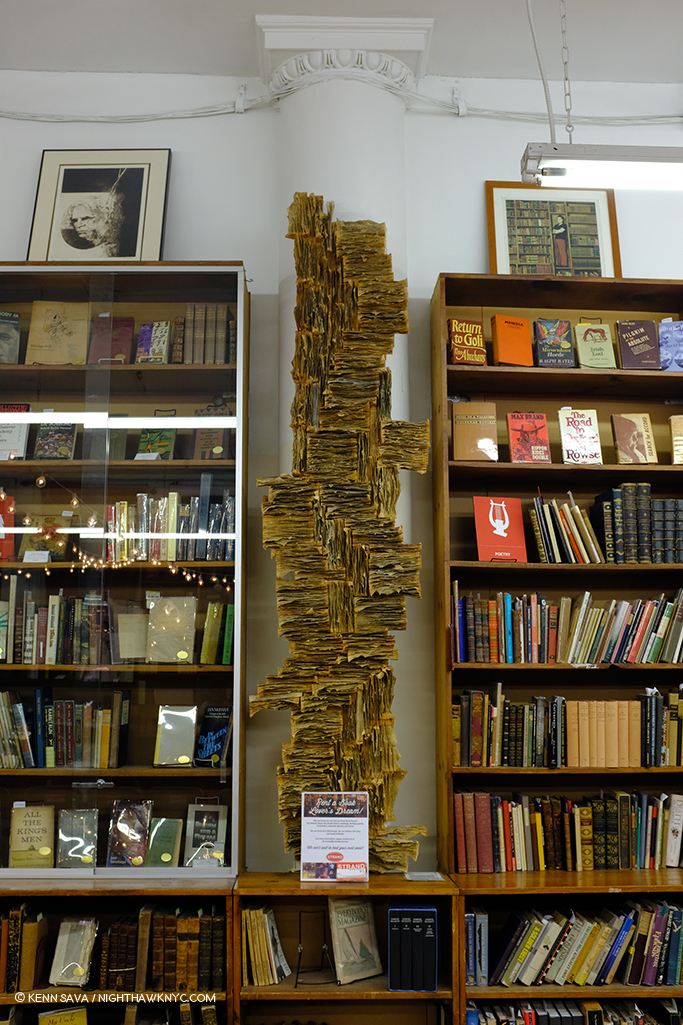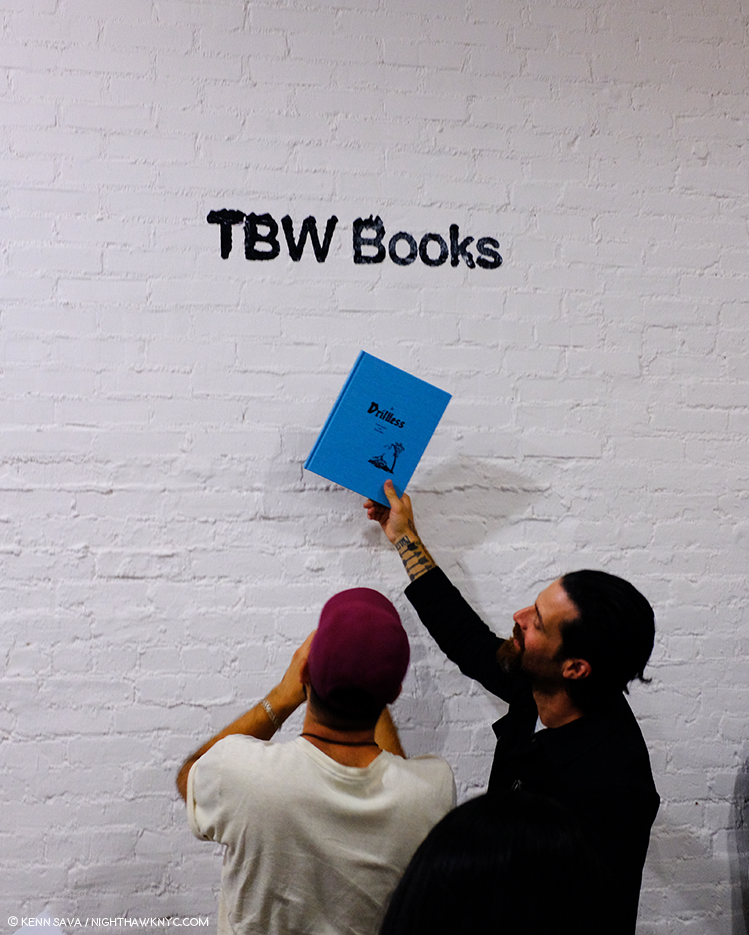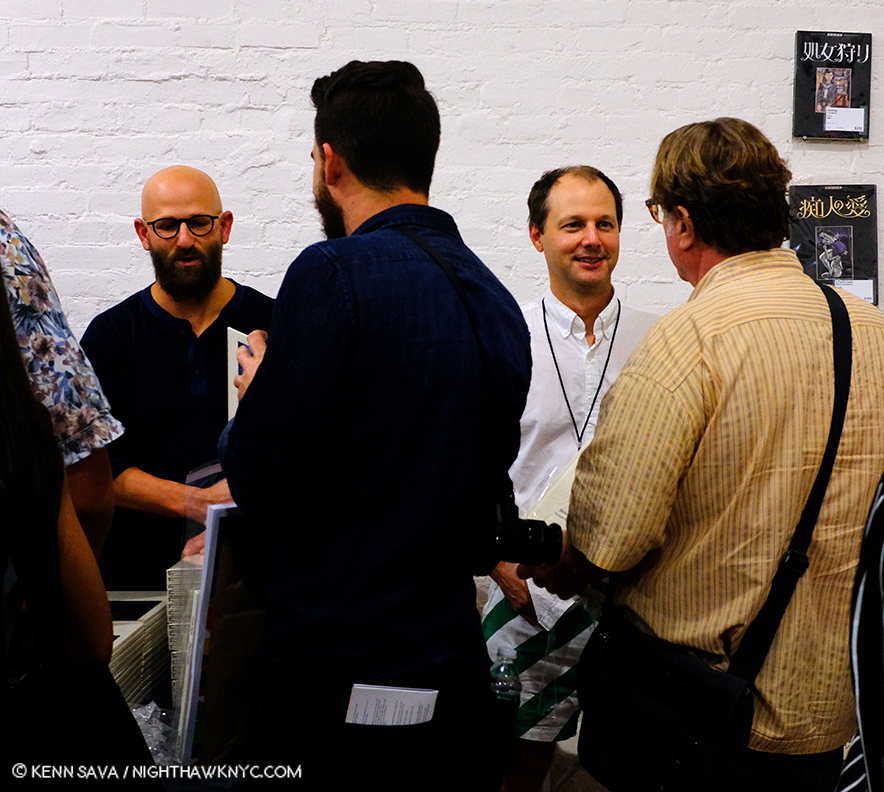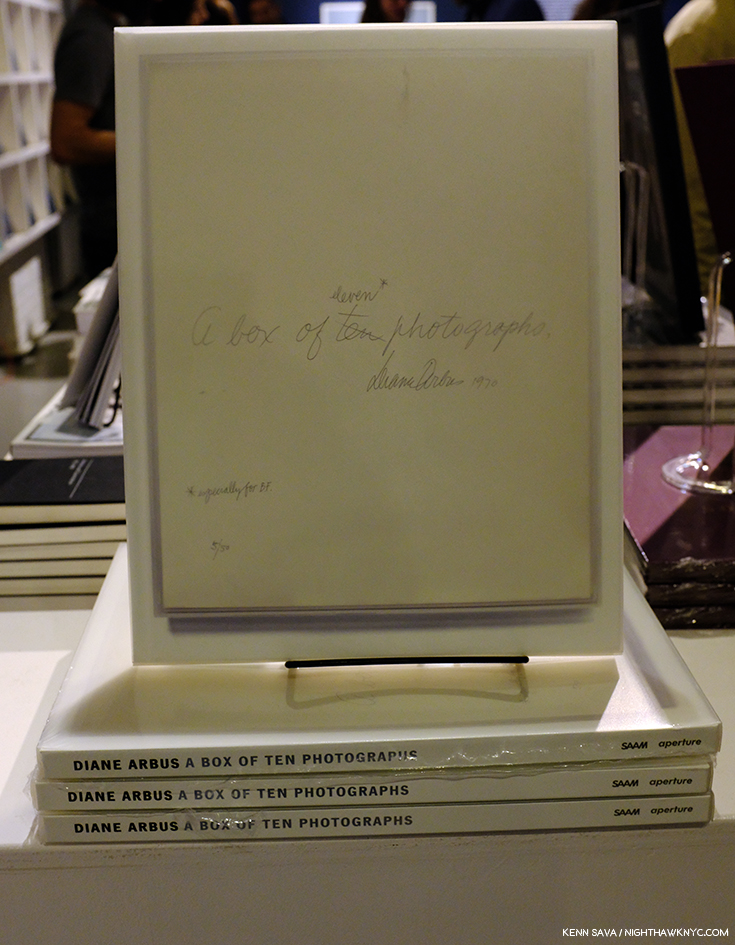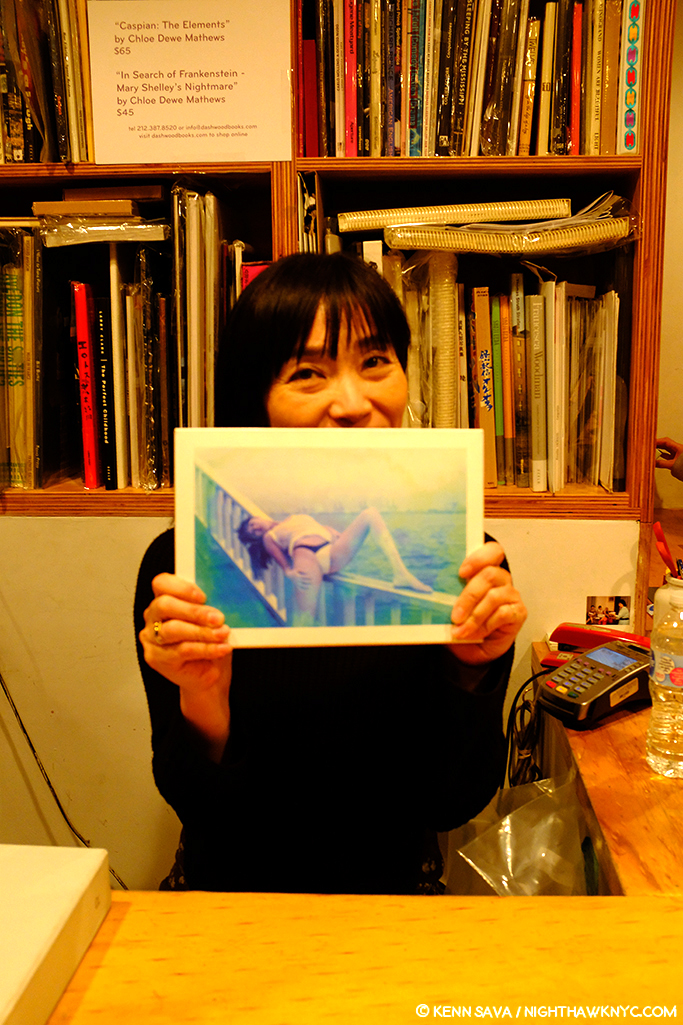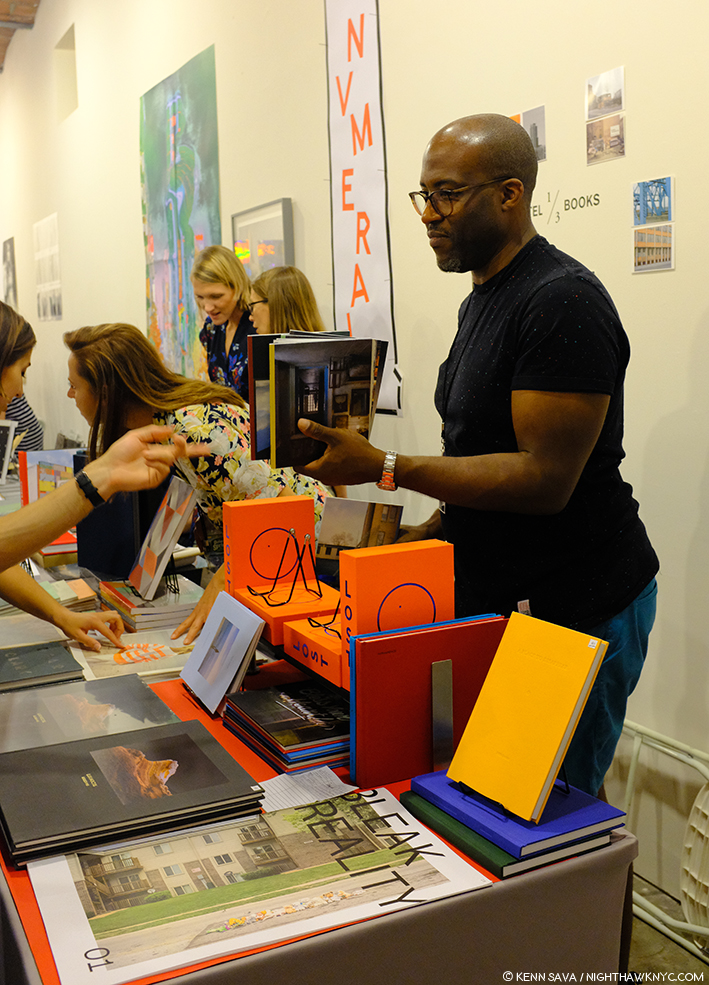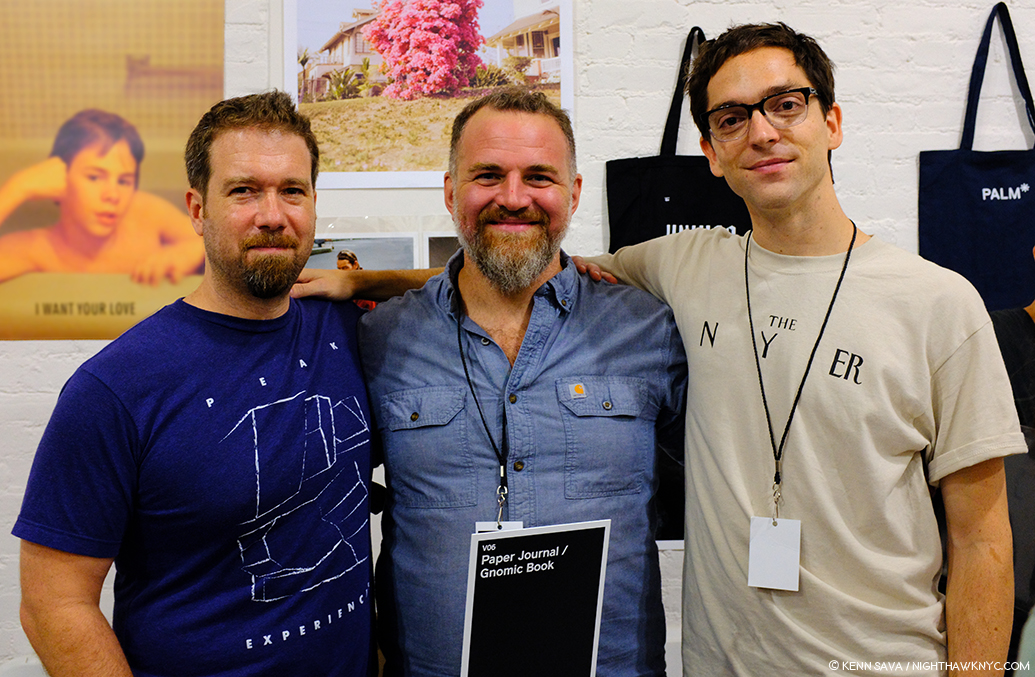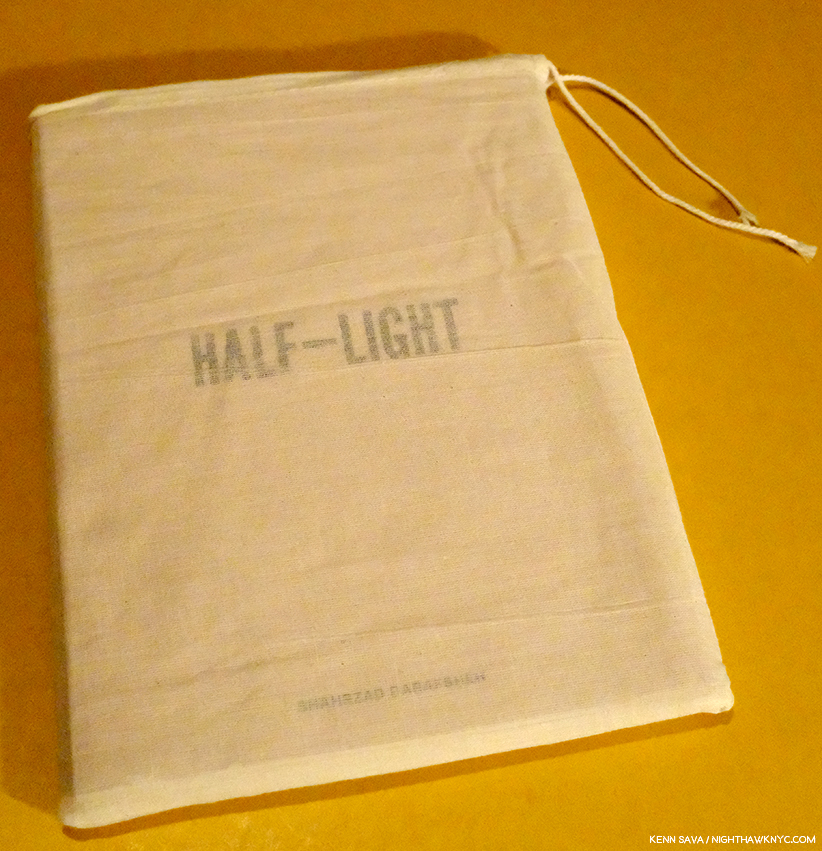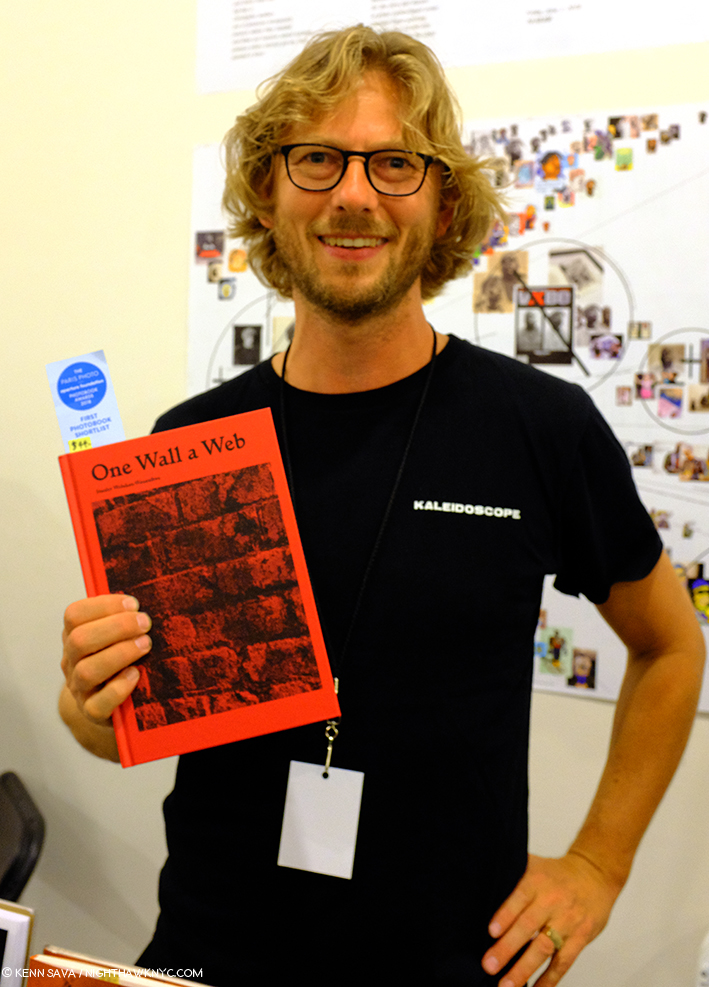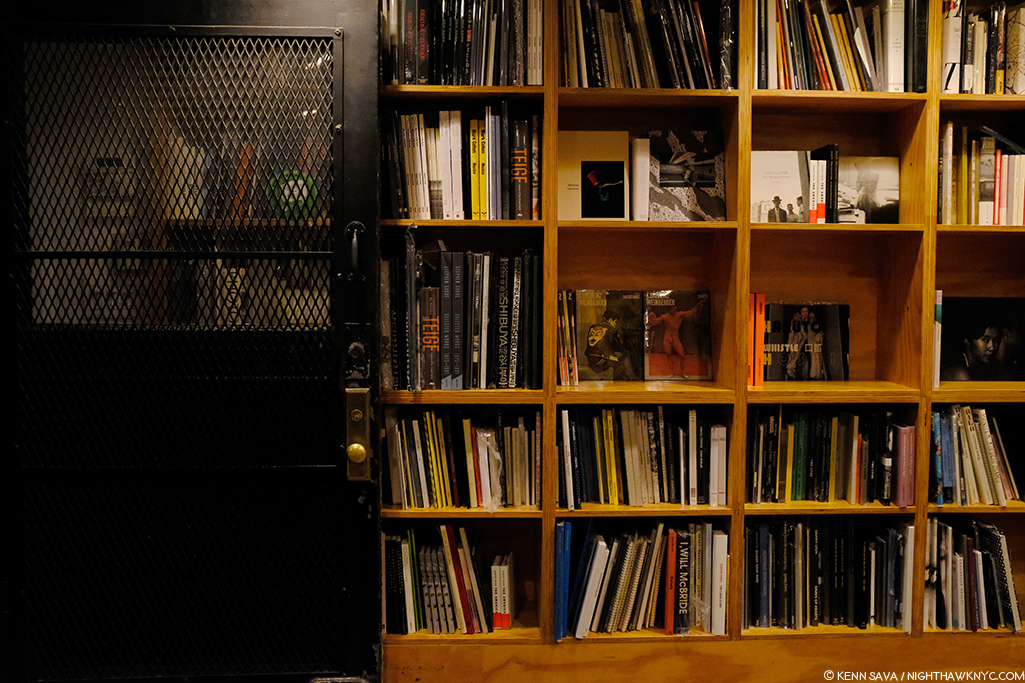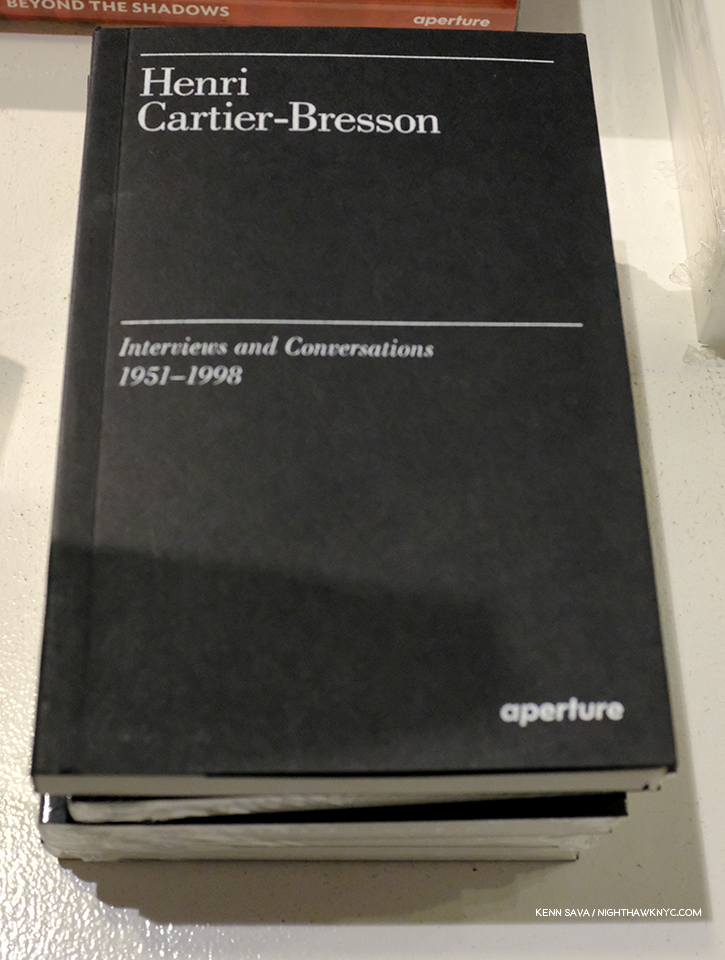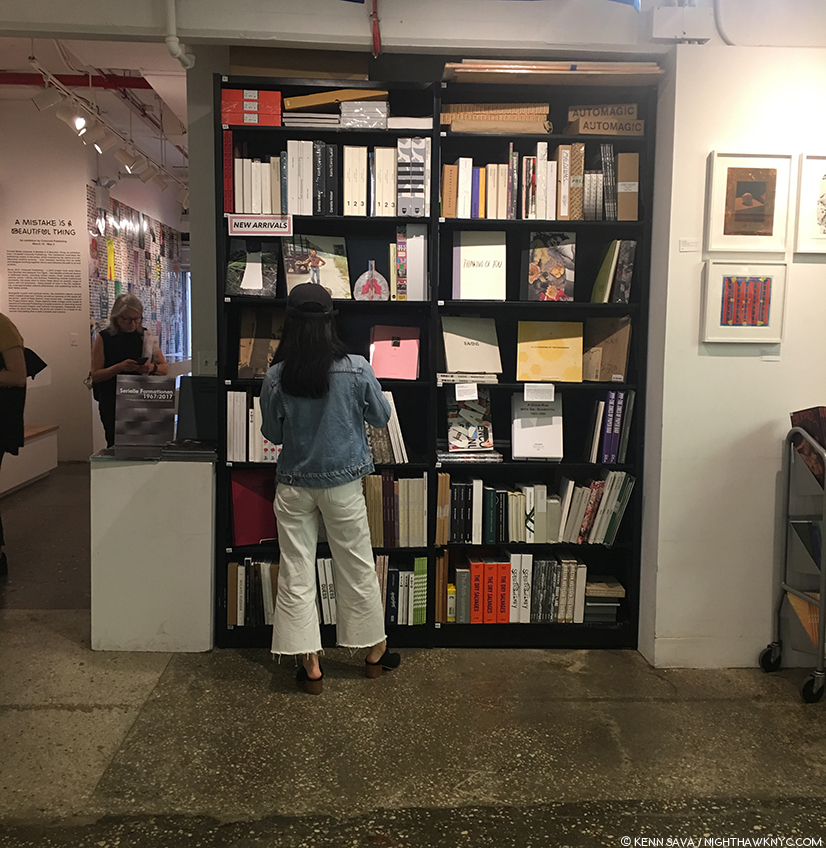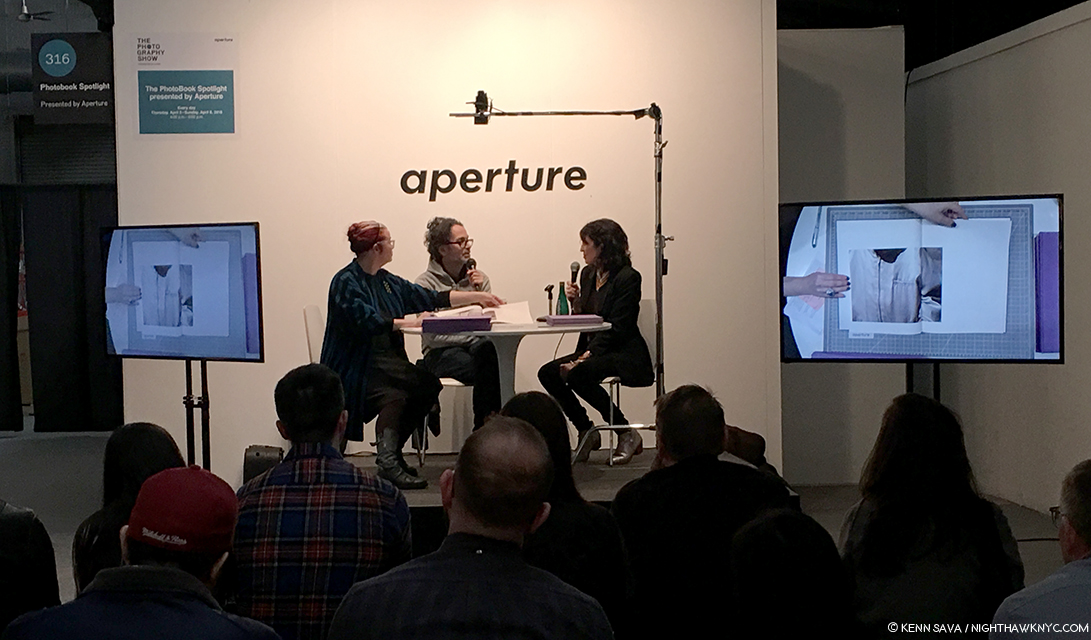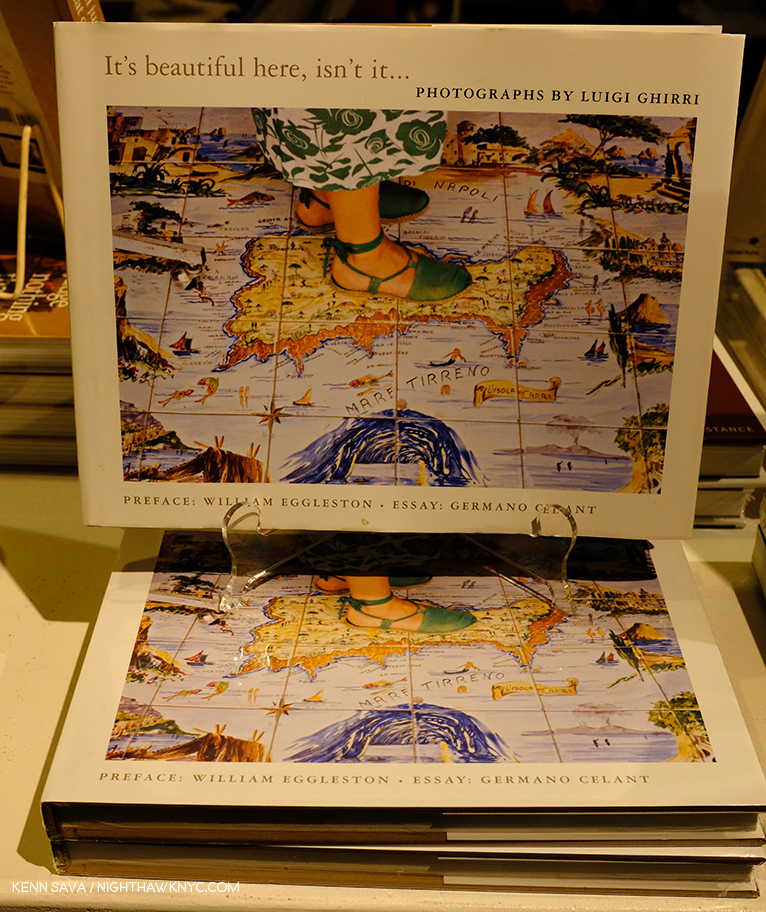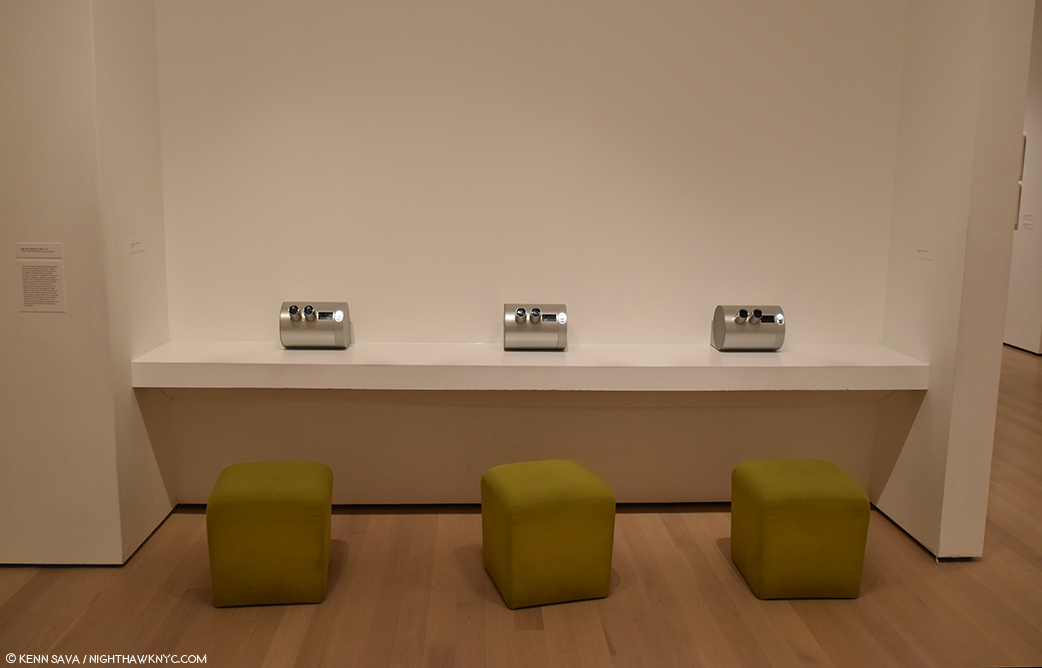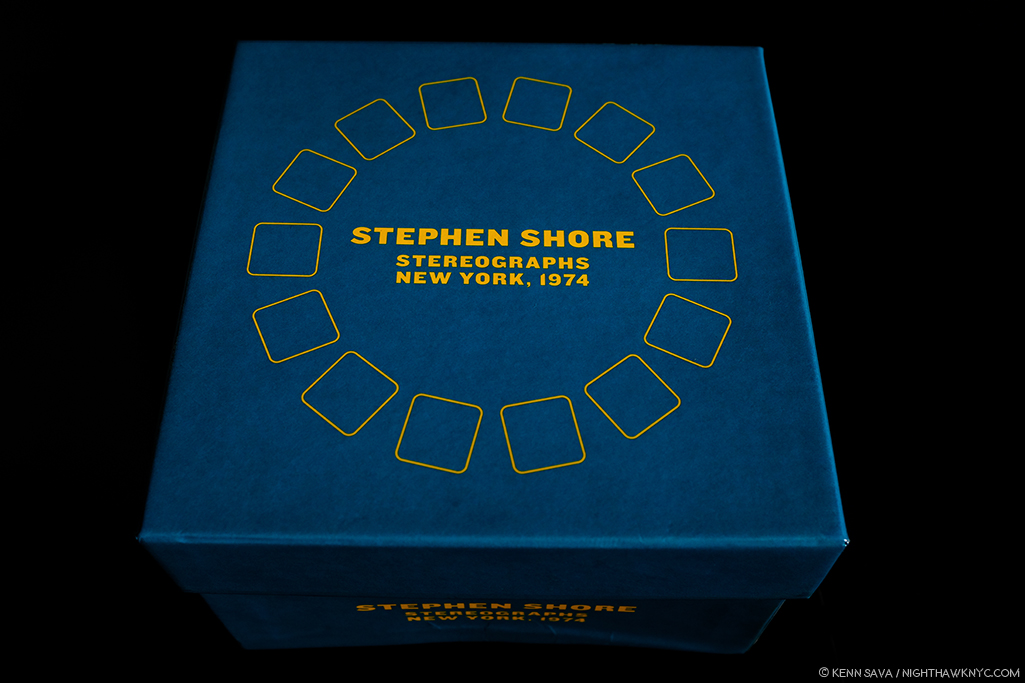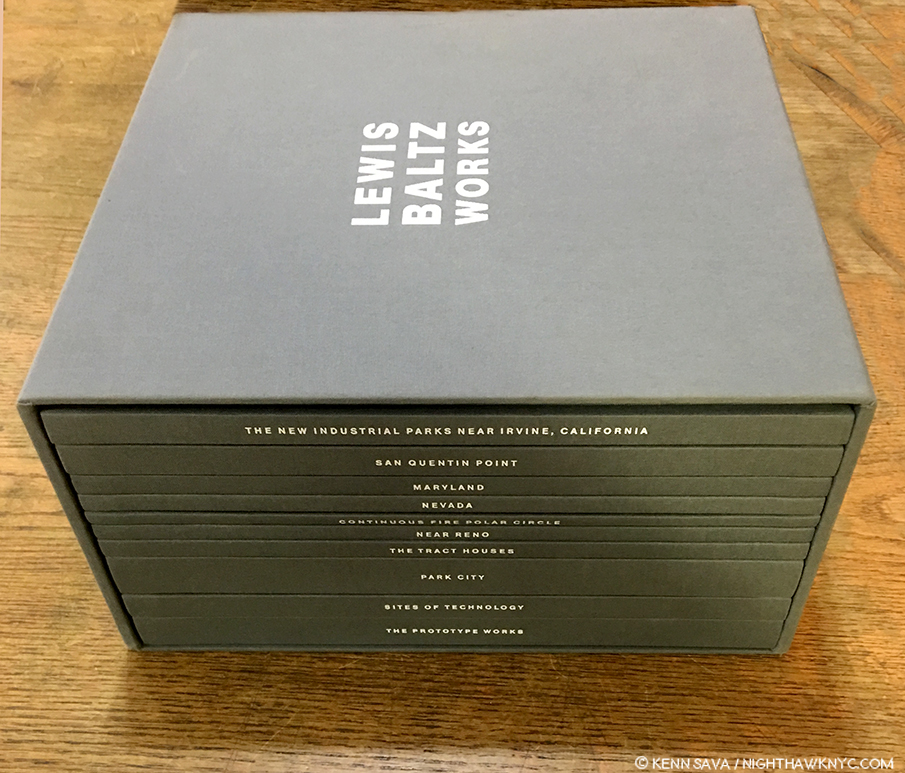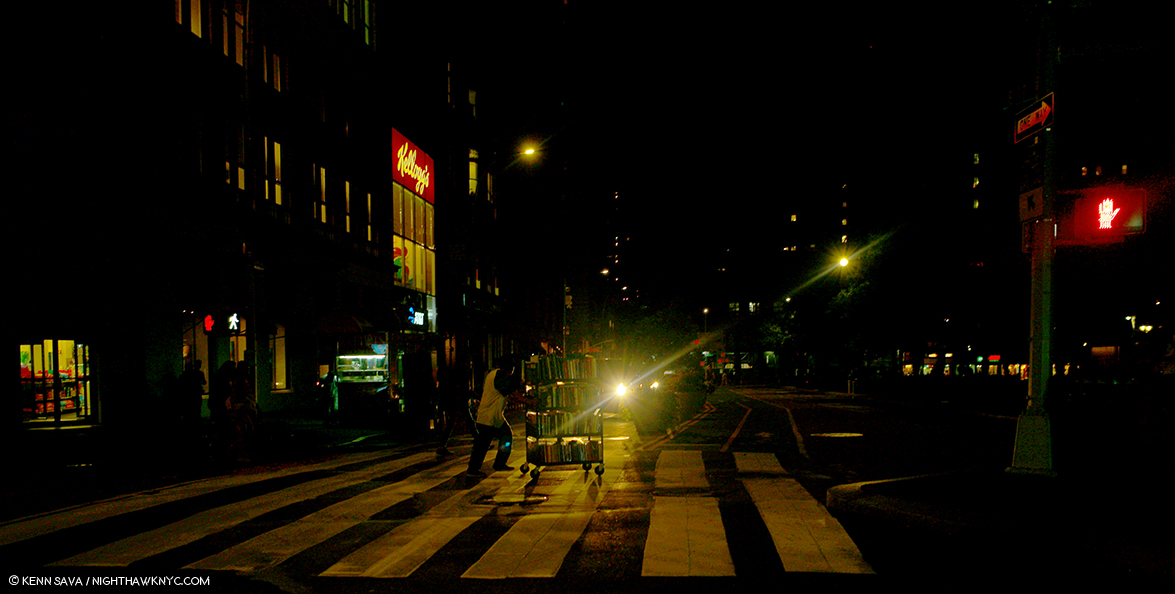Written & Photographed by Kenn Sava
PhotoBooks are a phenomenom.
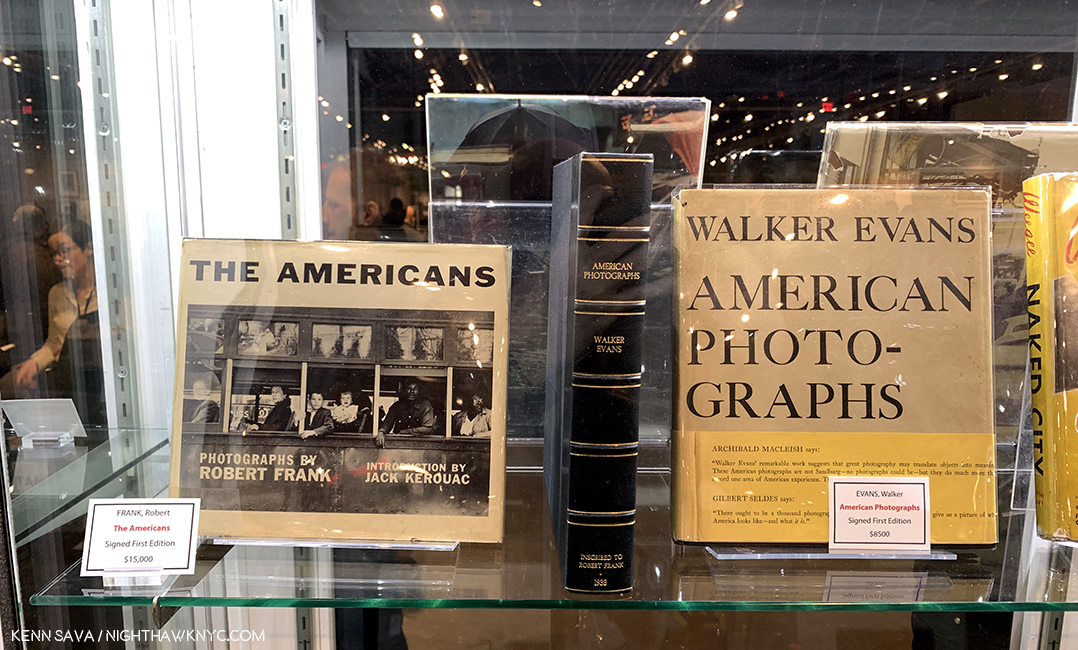
The twin “holy grails” of American PhotoBooks. Signed first edition copies of Walker Evans’s American Photographs and Robert Frank’s The Americans. I knelt in silent homage for a few moments to center myself before venturing into the rest of the PhotoBook area. Seen at Harper’s Books. Many editions later? Both books are still in print.
As documented by Gerry Badger’s and Martin Parr in their The PhotoBook: A History (three volumes), or Andrew Roth in his The Book of 101 Books, a truly great PhotoBook is akin to a great album (Lp or CD), a great Film, even a great Novel. It took Walker Evans’ American Photographs, 1938, and then Robert Frank’s The Americans (published in France in 1958, the USA in 1959) to realize and reveal to many, particularly to other Photographers, the infinite possibilities of the PhotoBook at its finest1, to turn it into a medium of expression, an Artform in itself. Echoes of their work reverberated throughout the Publishers and Organizations area of AIPAD.
Since Mr. Frank’s The Americans, the PhotoBook has seemed to increasingly strike a chord in Photographers, book buyers, lovers of Photography and even the general public, to the point that most big bookstores now have a Photography/PhotoBook section that may even rival their Art section. There are stores that carry nothing but PhotoBooks here and dotted all over the world (I have bought from many of them). In an age when digital media seems to be usurping and replacing everything that’s come before, not one major PhotoBook publisher has abandoned physical books (and only a few also release eBooks)!
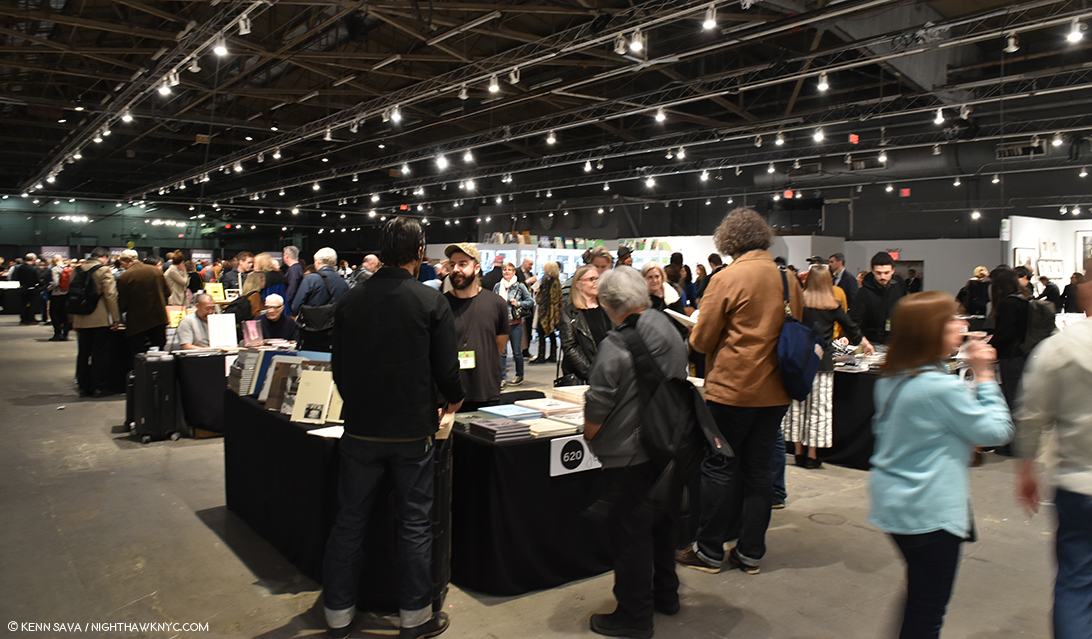
I love the smell of freshly printed PhotoBooks in the late afternoon. A view of the popular Publishers and Photo Organizations section of AIPAD, in its new location. Renowned indie TBW Books’ table is closest to my camera.
There’s some debate about whether Photographs are seen better on the walls of galleries and museums or in a PhotoBook. Interestingly, during his conversation at Sean Kelly on April 4th (while AIPAD was going on), Alec Soth referred to there being “book Photographers and wall Photographers.” He then said that he sees himself as a “book Photographer.”
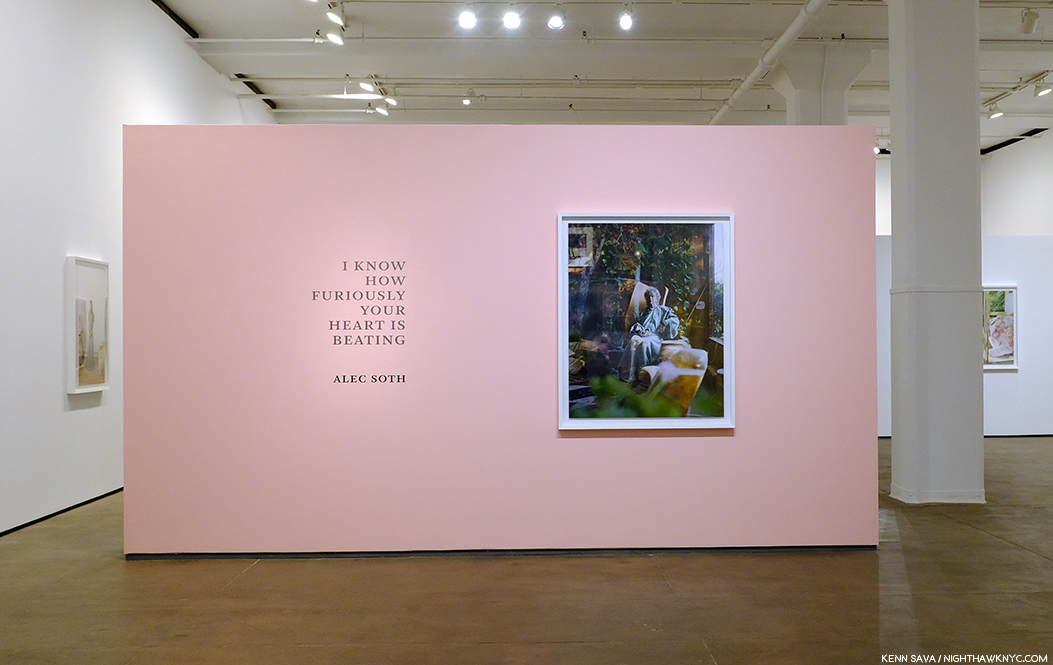
“Book Photographer” Alec Soth’s show I know How Furiously Your Heart Is Beating of work from his new book of the same name seen up on the walls of Sean Kelly Galley. simultaneously with AIPAD, about 20 blocks south.
At AIPAD, you could walk through the galleries and then look through some PhotoBooks by many of the same Photographers to decide which you prefer for yourself. (By the way, Part 1 of my AIPAD coverage, focusing on the galleries, may be seen following this part, or here.) I see points on both sides and so I haven’t made up my mind. (Do I have to?) However, I will point out one thing that doesn’t help- as you can see in virtually every piece I’ve done on a Photography show, glare is a continual problem in both museums and galleries. What’s not debatable is that PhotoBooks provide countless Photographers a way to have their work seen- and for most of them, it’s the ONLY way their work will be seen. Getting gallery representation is a dream for many Photographers I’ve spoken to the past 2 years. It reminds me of my days in Music, when most Musicians I knew dreamt of getting a record deal. The few who did wound up in debt from having to pay back all monies spent on their behalf by the record company when their records failed to sell as many copies as they’d also dreamed. Be careful what you wish for might have been the takeaway from that experience. Later, as an independent record producer, I found myself in a position not unlike that of many of the PhotoBook publishers I meet and saw at AIPAD- independents who own and run businesses which require the laying out of sizable sums of money on their part to produce a book, who then work hard to sell it in hopes of breaking even and being able to make their next book. And yes, “breaking even” is the term I heard most often from those involved when the subject turned to the economics of publishing.
The big news this year for this group was their repositioning. Last year, they were in the front of the southern side of Pier 94. This year, they were in the back, directly behind the galleries and in front of a food section and seating. This meant you had to walk through the galleries to get to the book section. It allowed for more space around each table, which made it easier for visitors to peruse the items on the tables. I asked a good number of the publishers how they felt about the change and the new location and the consensus was mixed.
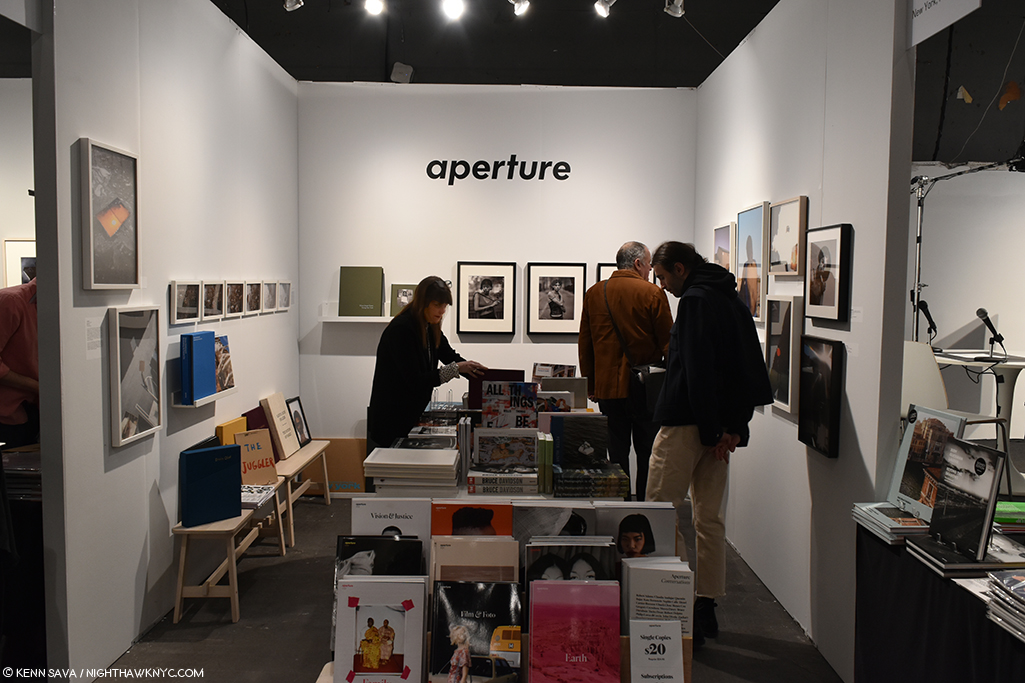
Aperture’s booth was run by Director of Sales and Marketing Kellie McLaughlin, left, who was on hand for the entire show, while her terrific show, Aperture Photographs, tracing 50 years of Aperture’s print program, was up in their 27th Street gallery, a mecca in NYC Photography.
Straddling the line, in more ways than one, between the galleries, the publishers, as well as Photographers, was the legendary Aperture Foundation, founded in 1952, one of the most important and respected Photography organizations in the world. They provide support to Photographers in all phases of their careers, which extends into their gallery careers. For these reasons, Aperture’s presence at AIPAD is essential, in my view. They were back and their booth was located between the gallery and publisher areas, featuring books, prints and special editions, with their Director of Sales and Marketing, Kellie McLaughlin on hand all five days. If you have any PhotoBooks in your space, the odds are high you have at least one Aperture book among them.
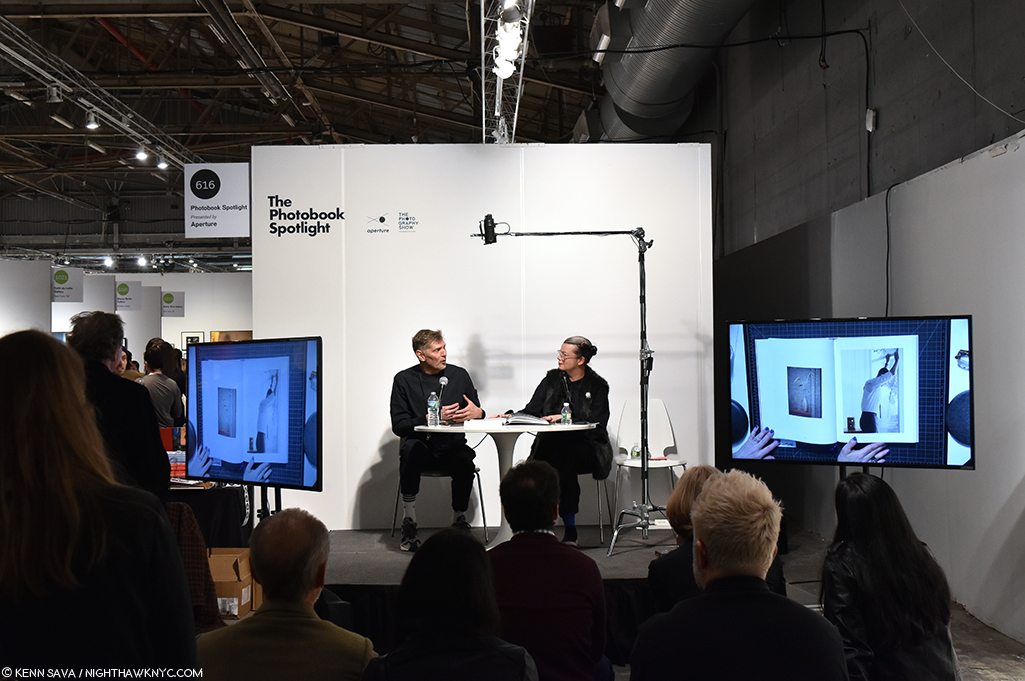
Lesley A. Martin, right, one of the most well-known editors in Photography hosts Aperture’s popular PhotoBook Spotlight.
Meanwhile, Aperture’s Lesley A. Martin, the well known editor and publisher of the PhotoBook Review, hosted the popular PhotoBook Spotlight in the adjoining space.
Near Aperture was Light Work, from Syracuse, NY, another important Photo organization who boasts a staggering list of the Photographers who have done residences at the non-profit since 1973 that includes Cindy Sherman, Magnum Photo’s Matt Black and Gregory Halpern, Anthony Hernandez, Deana Lawson, Christian Patterson, Lucas Foglia, Carrie Mae Weems, and the “star” of AIPAD, 2019, Dawoud Bey, among hundreds of others.
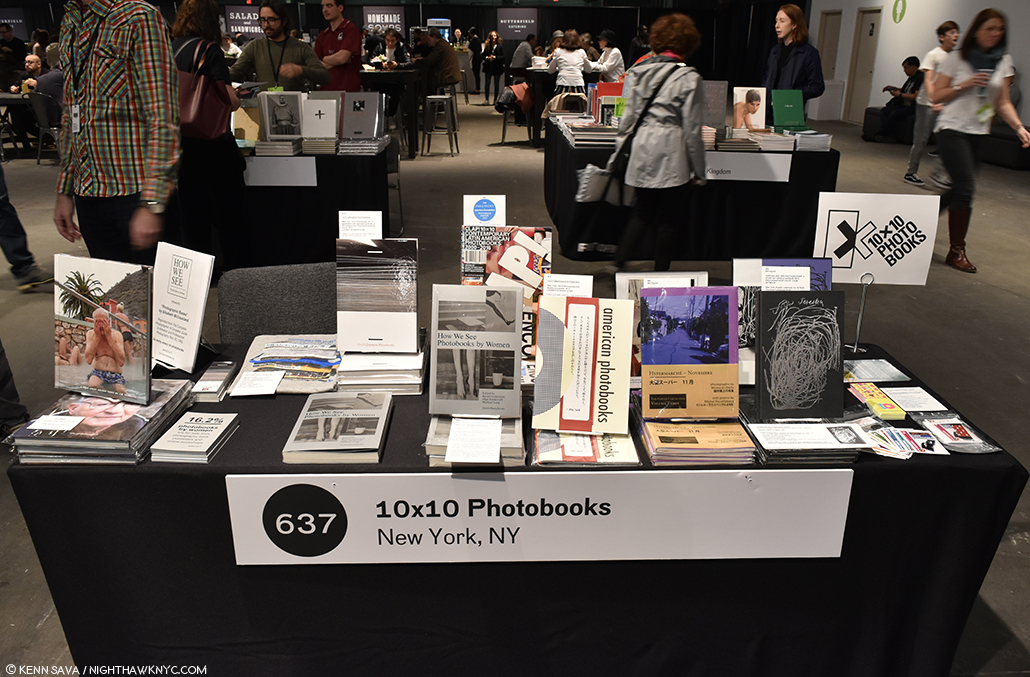
10×10 PhotoBooks is another non-profit dedicated to fostering engagement with and among the global PhotoBook community. They also publish fine books of their own, including 10×10 Japanese PhotoBooks, which I have my eye on.
While non-profits Aperture and Light Work both featured books and prints, among the businesses, perhaps no presenter attending this year’s AIPAD straddled the line between gallery and publisher more evenly than Only-photography, of Berlin, Germany, run by Roland Angst.
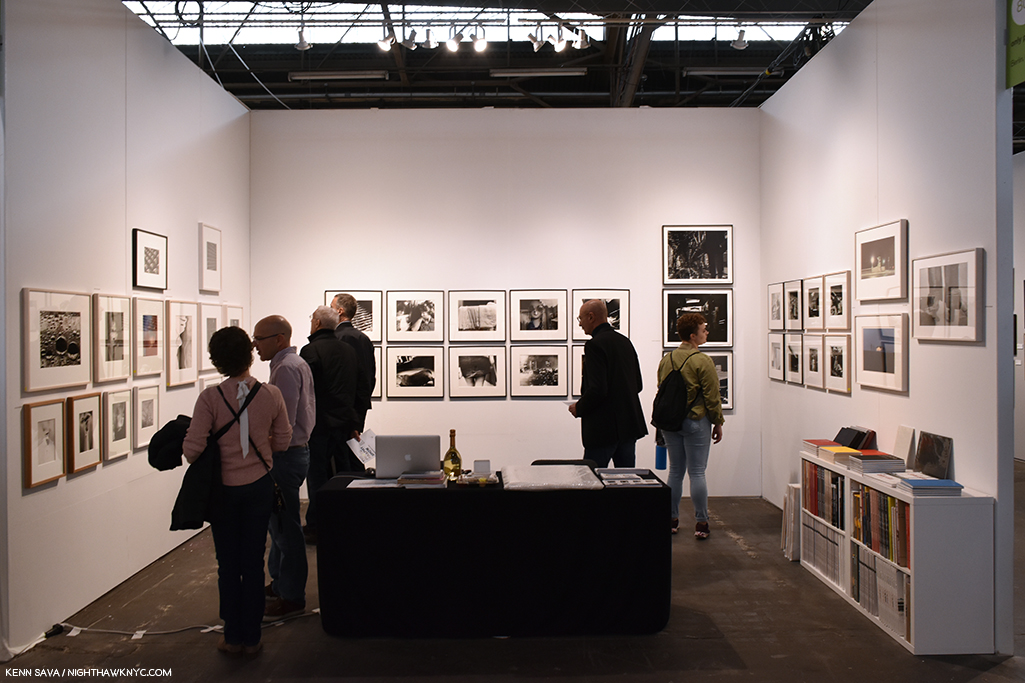
Only-photography’s Roland Angst, to the right of center, in his firm’s booth surrounded by classic Photographs and state of the art books, right.
In the gallery section, where Only-photography was situated, Mr. Angst’s firm showed off a terrific range of first rate, even historic, PhotoBooks, AND a stunning selection of original prints by the likes of Luigi Ghirri(!), and rare, vintage portfolios by Daido Moriyama and Issei Suda, who, sadly, passed away barely a month earlier, on March 7th, 2019, one month short of his 80th birthday.
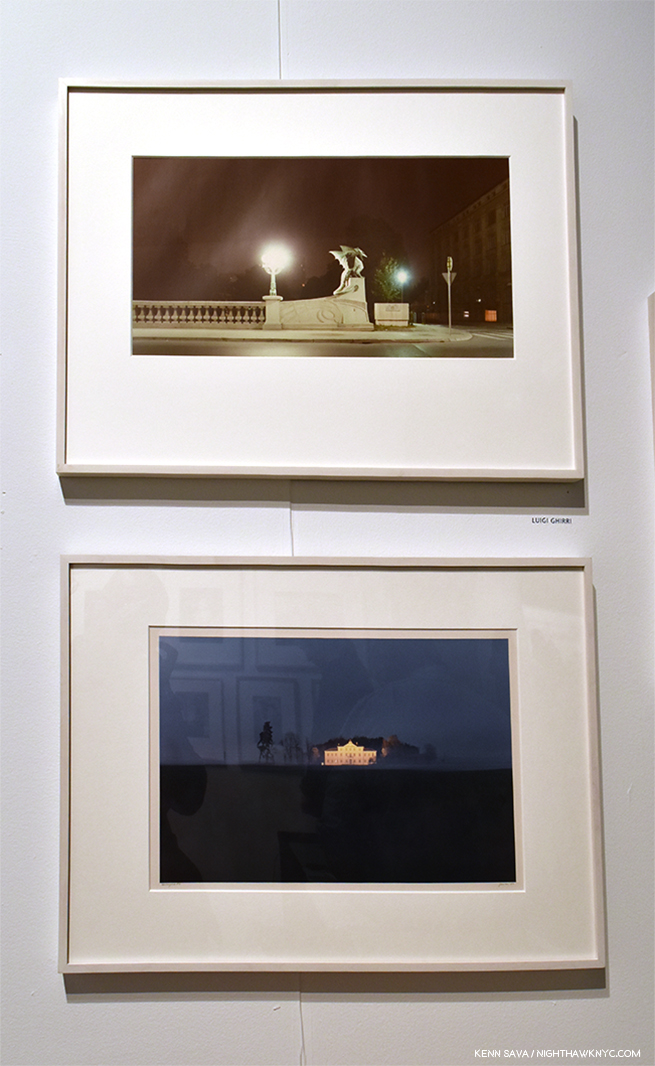
The real deal. These original, signed prints by Luigi Ghirri which stopped me in my tracks at Only-photography, were among the highlights of the entire show.
Only-photography is the only publisher known to me who have signed & numbered copies of books by Ray K. Metzker, who passed away in 2014, and Mr. Suda still available (Hurry!). At AIPAD, they debuted their newest book, the beautiful America Revisited, by the esteemed Swedish Photographer Gerry Johansson, in a signed & limited edition of 500 copies.
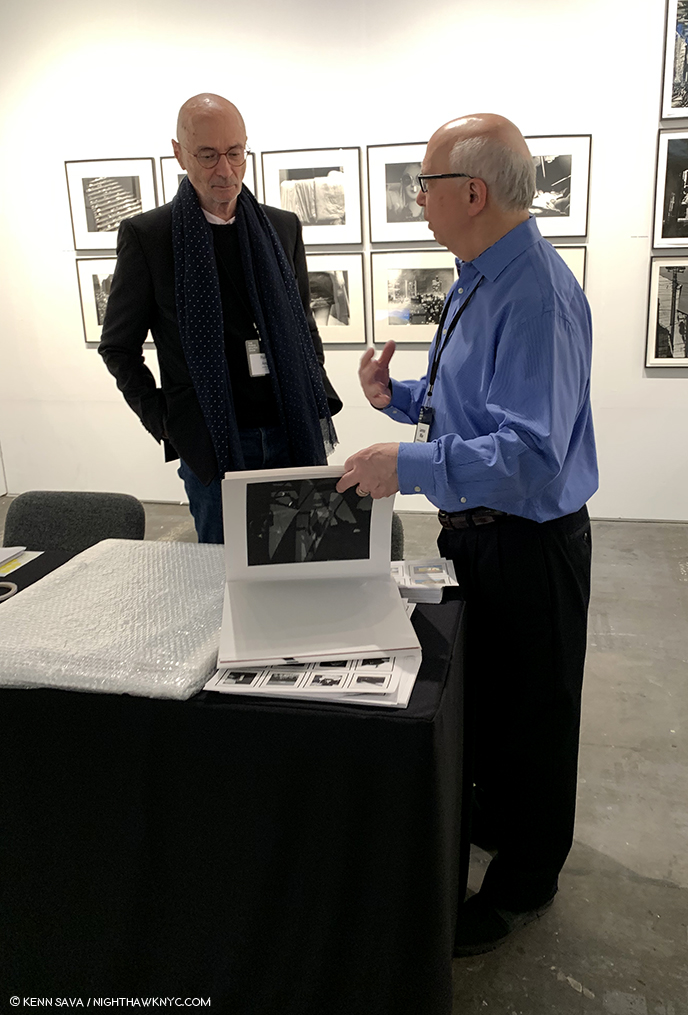
Roland Angst, left, shows Ray K. Metzker Unknown to legendary gallerist, Laurence Miller, Mr. Metzker’s friend, dealer for two decades, and one the leading authorities on the work of Ray K. Metzker.
Mr. Angst also proudly showed off his new Ray K. Metzker Unknown, released in 333 numbered copies containing images selected by Mr. Angst that appeared to be moving briskly. (My recent look at Ray K. Metzker at Howard Greenberg Gallery is here.)
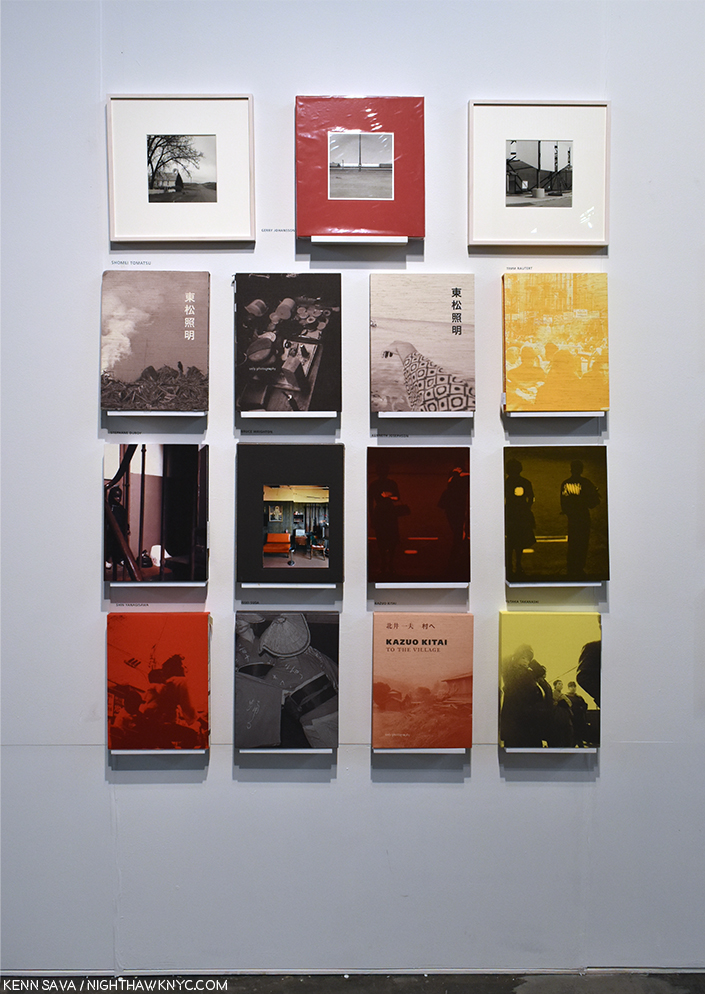
A wall of Only-photography’s exceedingly collectible books includes titles that are already rising in price.
All the other publishers were in the Publishers and Photo Organizations section.
34 publishers or organizations were on hand this year, down slightly from last year, but that was impossible to tell without a head count as the new space around each table made the area, in total, feel very big. The main complaint I heard were from those with tables near the back of this space, feeling that they received less visitors than those closer to the front, though steady traffic headed to the back to the food area right behind.
I witnessed the back tables being “less busy” repeatedly over the 5 days I was there. However, MACK Books was positioned near the back row and their space was continually busy. Then again? For my money, MACK’s recent offerings may be pushing the company to #1 in the world right now. (At least among those books that continually, actually, get released in the USA.) Apparently, a good many others agree, and made a point of stopping by their table. They were rewarded with surprises! Shockingly, among the recent releases on display were copies of Per Strada by Guido Guidi and The Castle by Richard Mosse, both sold out and currently commanding 200% markups on the aftermarket. Also tucked in the display were two out of print books by Alec Soth, including a SEALED COPY of the extremely rare Open Manual, the first time I’ve seen a copy in person. (MACK’s asking price? US$2,000.00. Their copy does not include the hollowed out old book),.
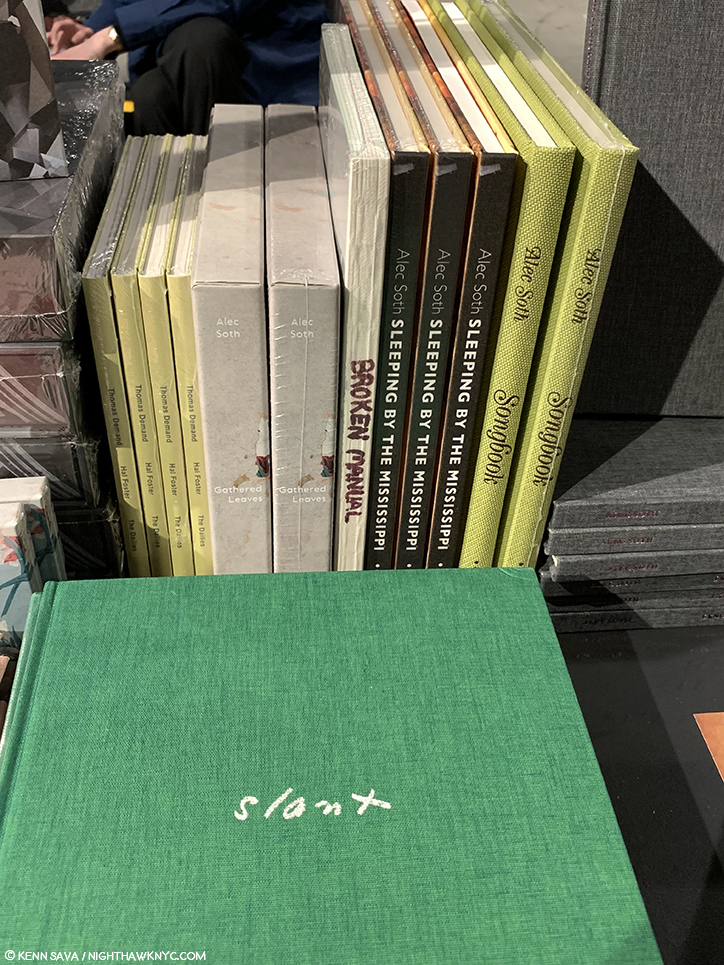
Look! It’s an extremely rare copy of Alec Soth’s classic Broken Manual hiding between copies of the also out of print Gathered Leaves, at MACK.
Right next to it were two copies of his wonderful compilation Gathered Leaves, which has been out of print a few years now. MACK super-staffer Morgan Crowcroft-Brown smiled when she replied to my shock saying they were from “MACK’s secret vault,” and smiled, again, when I asked if I could visit it. The two vintage Alec Soth titles were right next to signed copies of Mr. Soth’s brand new MACK release, I Know How Furiously Your Heart Is Beating, all of which had disappeared the very next time I looked.
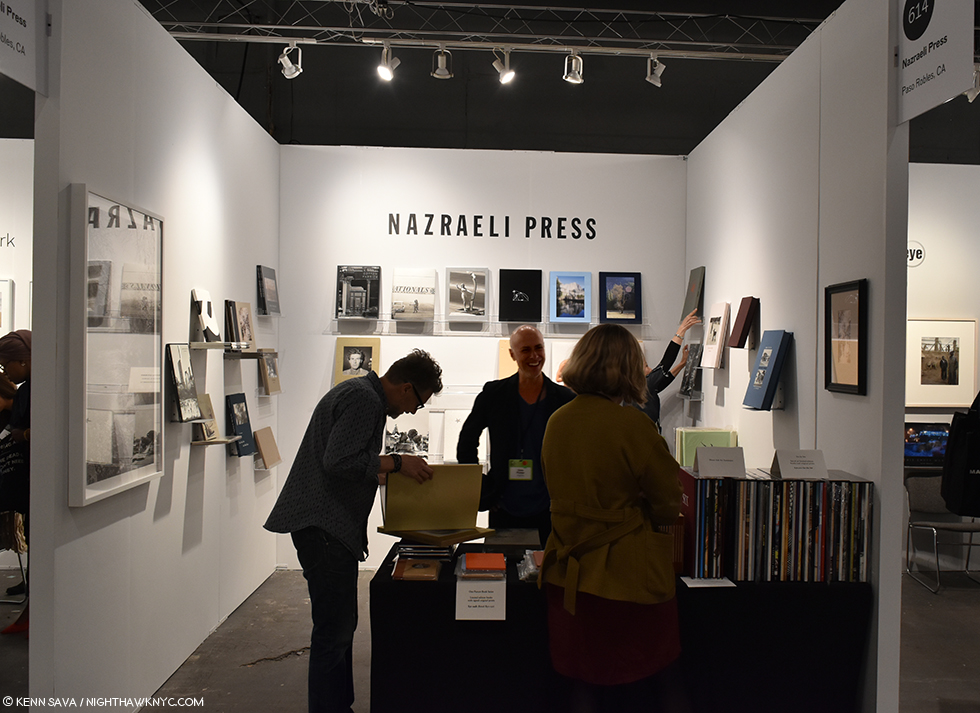
Chris Pichler, founder and publisher of the renowned Nazraeli Press, one of the leading independent publishers since 1989 was on hand to meet customers and answer enquiries.
Due to the finances involved, most PhotoBooks are printed in very small editions- 1,000 copies of any given book is a lot, and most books printed in editions of that size and larger are left to the bigger publishers, who have the best distribution, to produce. Smaller companies may make 300-500 copies of a book (often less), quickly sell out of it and immediately move on to their next project. You have to be quick if you want to get one of these, and AIPAD is part of a network of book fairs around the world during the year that provide a primary means of keeping up to date with the latest releases. For NYC, the Publishers and Photo Organizations section of AIPAD is the best opportunity all year long in the City to see the largest number of PhotoBook publishers and their wares in one place2
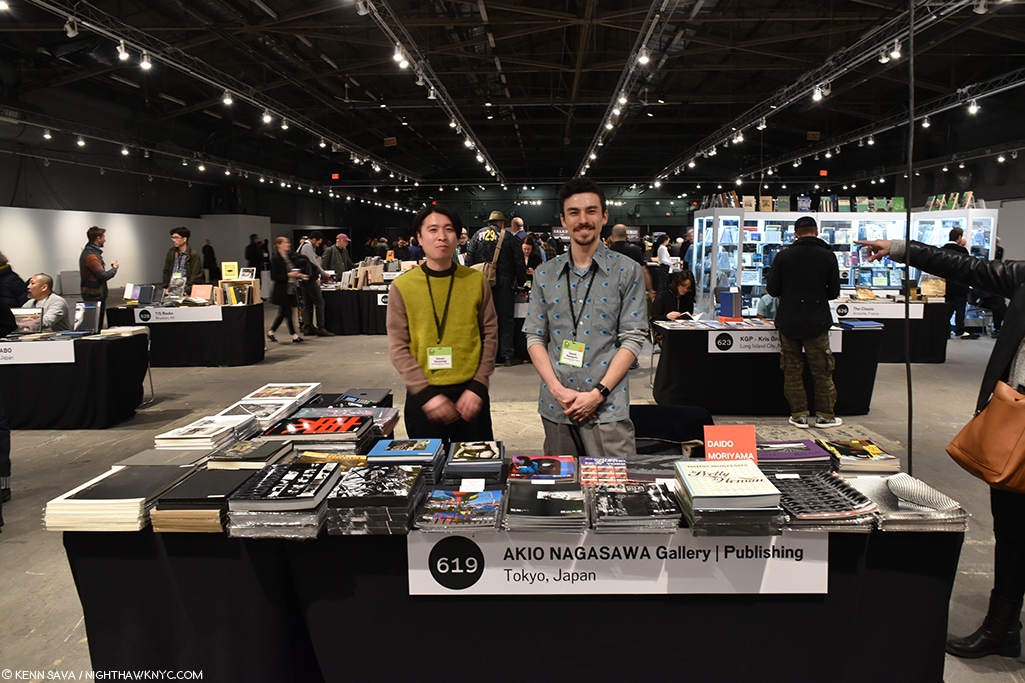
“These guys,” the gent belonging to the arm on the right was saying as I shot this picture of Satoshi, left, and Takashi, of Akio Nagasawa, one of the leading contemporary Japanese Photobook publishers who have a longstanding, close relationship with the legendary Daido Moriyama, among many others.
Many familiar faces from the first two years of the publisher participation in AIAPD returned in 2019, led by big names Germany’s legendary Steidl, D.A.P., and MACK Books, London, along with Damiani, Nazraeli Press and TBW Books, among the leading independents, renowned Japanese publisher Akio Nagasawa, as well as TIS Books, Yoffy Press, Minor Matters, Kris Graves Projects, Converyor Editions and Japan’s Super Labo. There was so much to see in the Book Dealers, Publishers, and Photography-Related Organizations, I spent about half of my time over my 5 days here, resulting in their own piece in my coverage of AIPAD, 2019.
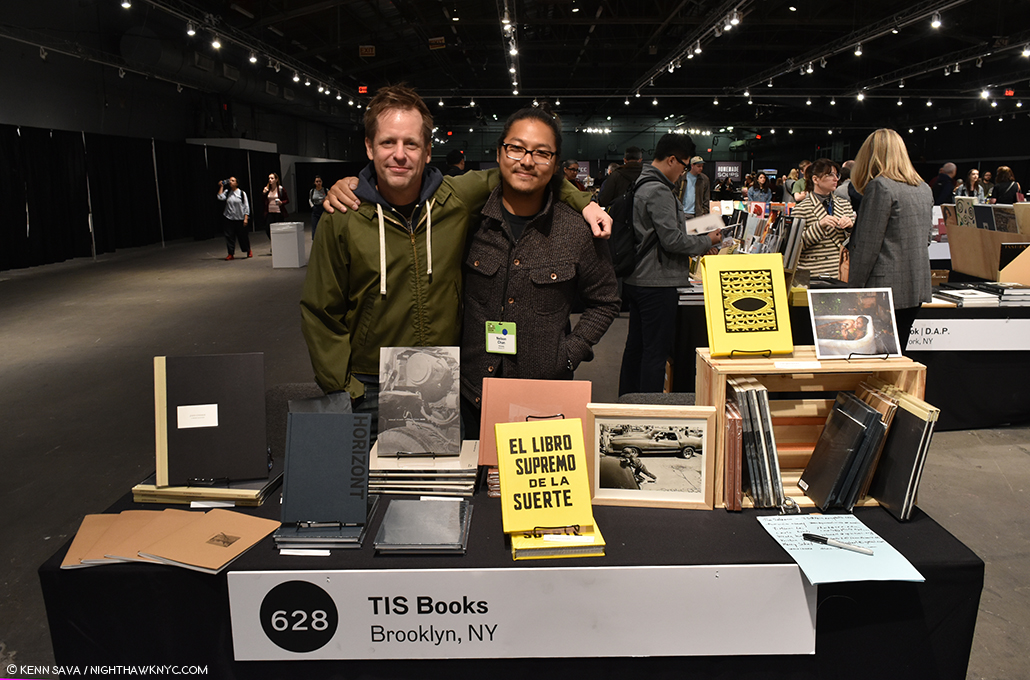
Keep your eye on TIS Books. Co-Publishers & fine Artists in their own rights, Tim Carpenter, left and Nelson Chan, have gotten off to a most auspicious start, which includes books of their work and Rose Marie Cromwell’s El Libro Supremo De La Suerte, a sensation which made my NoteWorthy PhotoBooks, 2018 list . Both Messers Carpenter & Chan also have wonderful books in the new LOST II, seen below.
Any number of Photographers made appearances, once again, at publisher tables supporting and signing their recent and brand new releases. Along with that, company principles were actually on hand during some or all of the run of the show! These included Michael Mack of MACK Books, Michelle Dunn Marsh founder of Minor Matters, Paul Schiek and Lester Rosso, heads of TBW Books, Monika Condrea, Head of Business Development and Communications of Steidl, Nelson Chan and Tim Carpenter of TIS Books and Kris Graves of Kris Graves Projects, providing a unique opportunity to “talk to the boss,” make a pitch, get firsthand backstories, or give product feedback.
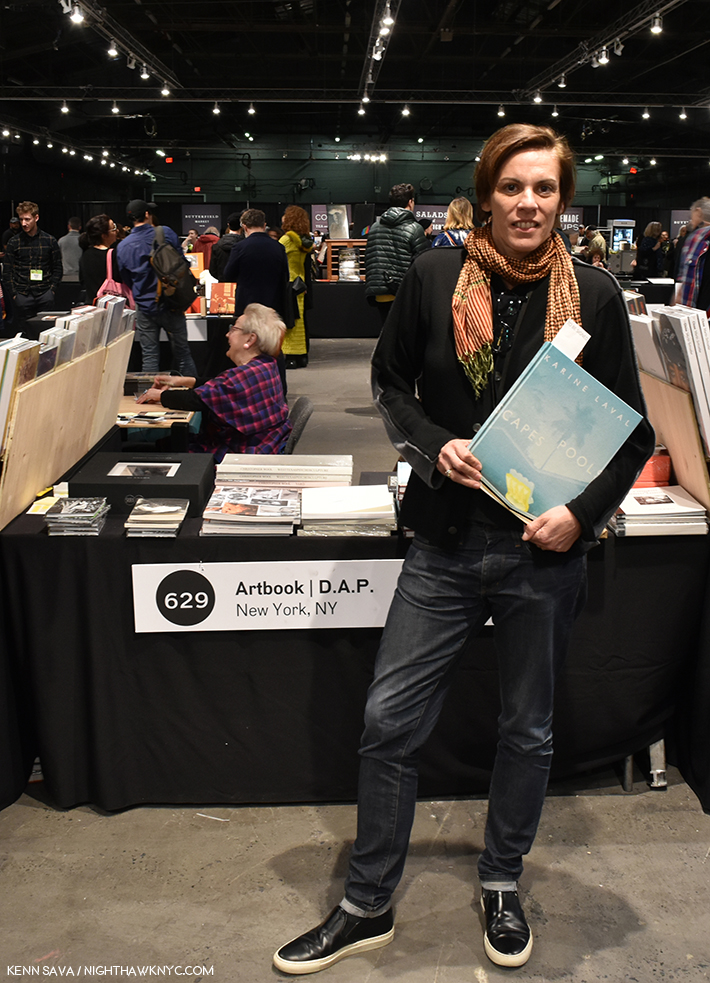
Karine Laval holds a freshly signed copy of her first PhotoBook, Poolscapes, which presents her decade long study of pools in the USA and Europe, revealing their abstract and representational possibilities in a uniquely difused, vibrant palette, and published by no less than Steidl on April 5th.
Among the Photographers I saw signing books in this area were Karine Laval, at Steidl, Marina Font at Minor Matters, Louie Palu at Joffy Press, Jules Slutsky, Zun Lee, Nelson Chan, Tim Carpenter and Kris Graves signing their books from LOST II and Mikhail Mishin, signing Endless Bridge all at Kris Graves Projects. There were numerous signings at MACK and others at Steidl that I missed.
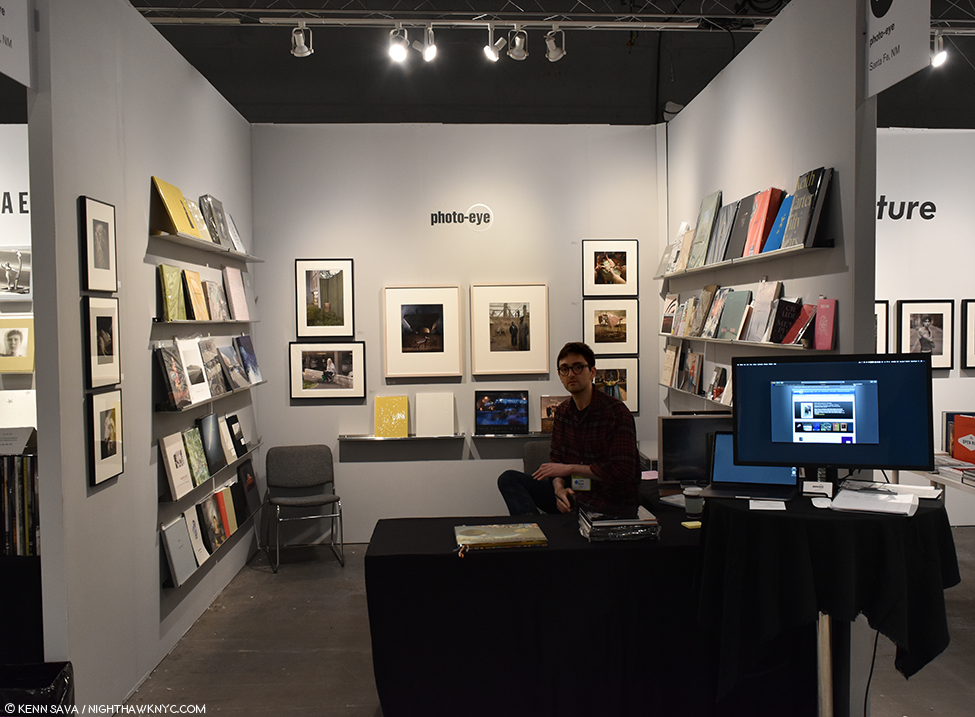
Carlo Brady of Photo-eye, Santa Fe, NM, who brought a very nice selection of both new and limited edition books, and also hosted book signings. They had a second booth where they showed prints by Reuben Wu.
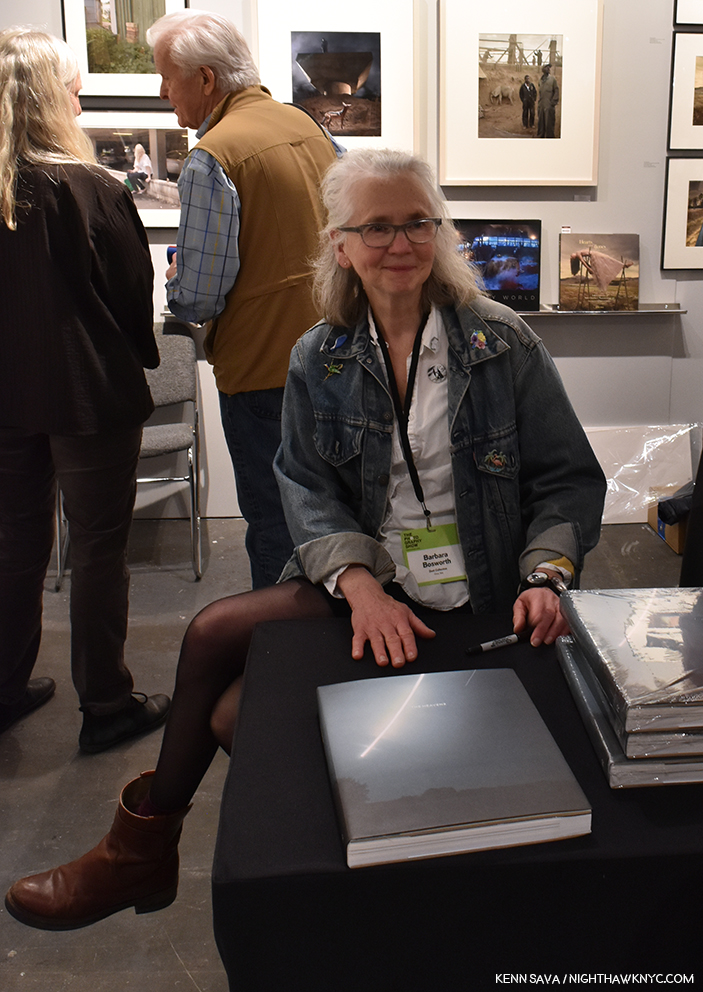
Barbara Bosworth proudly signs her majestic new PhotoBook The Heavens at Photo-eye on April 6th. I was lucky to pick up a copy of her wonderful Moonlight, for Rosemary, which also features her ethereal skyscapes.
In a space with so many very good books to consider, a few new ones stood out to me. Among the especially NoteWorthy PhotoBooks I saw, the highlight for me was finally getting to see the actual, physical, 20 volumes of Kris Graves Projects LOST II, after having written about it at length while it was in production, the first time I’ve ever written about books I hadn’t actually seen.
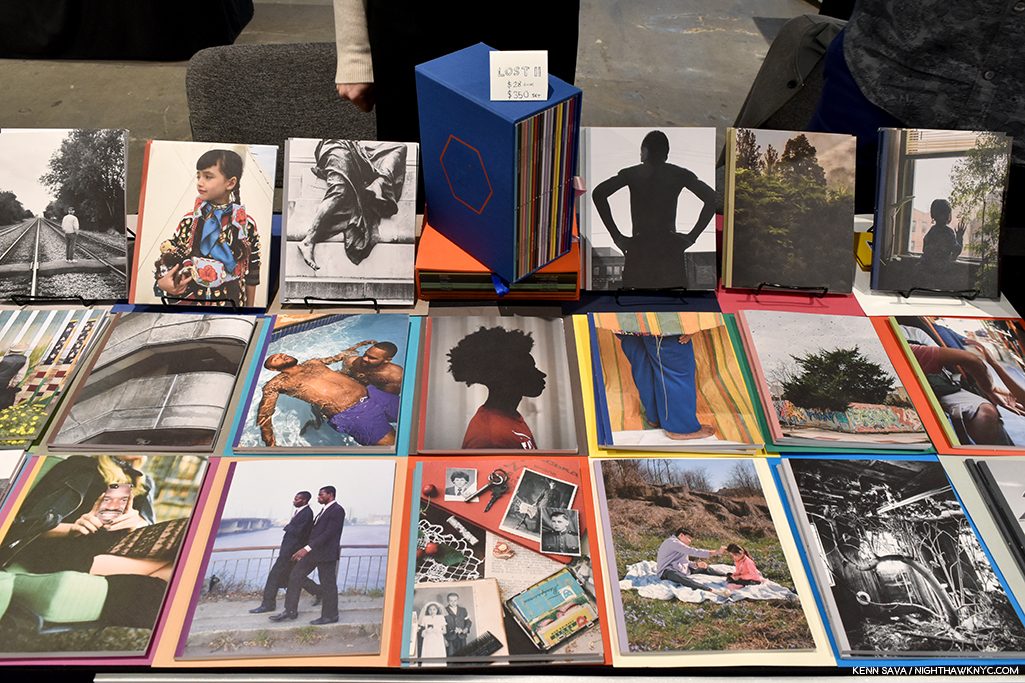
THE highlight of the new PhotoBook releases at AIPAD, 2019 was the debut of LOST II, the 20 volume set(!) published by Kris Graves Projects, almost all of it is seen here, along with its spiffy slipcase.
Having called the set “monumental,” I uttered an audible sigh of relief when the actual books impressed me every bit as much as the previews I’d seen. At this point? I strongly feel it’s a landmark set for KGP, and I believe it’s going to be the most highly sought after publication KGP has yet released, one that will be trading for multiples of the $350.00 issue price in no time, given only 60 complete sets are being released. Also, if you are interested in the individual volumes? Fewer than 100 copies of each will be available, and after the five days of AIPAD AND the three days of the LA Art Book Fair the week after? I doubt many remain.
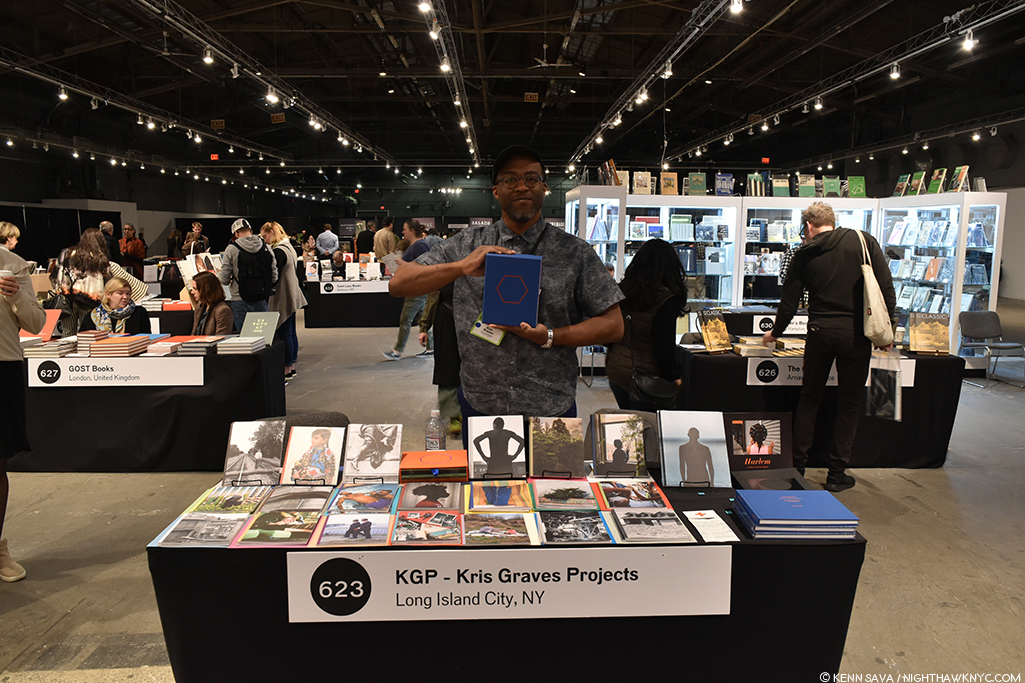
Publisher & Photographer Kris Graves proudly holds a slipcased complete set of the 20 volumes of LOST II. Get a good look at it now because with only 60 sets published? You will rarely see it in the future.
Joffy Press got my attention with two new and recent books by documentary Photographer and Filmmaker Louie Palu, Front Towards Enemy and A Field Guide to Asbestos, two of the most intense and important new books I saw at AIPAD. Both books also stood out for their unique conceptions and production. Mr. Palu was on hand over parts of 2 days to talk about his book and sign copies, and he cordially agreed to answer some questions for me about them. So, I’m thrilled to say that Mr. Palu will be featured in my AIPAD Discovery piece for 2019, along with an AIPAD Focus feature piece on Michelle Dunn Marsh, founder of Minor Matters publishing company, and the woman who curated the All Power: Visual Legacies if the Black Panther Party special exhibition at AIPAD in 2018! Ms. Marsh is a lady who has worn many hats in Photography and PhotoBook publishing over her 20+ year career and is one of those I continually look to for what’s new in Photography. I’ve been wanting to write about her for over a years, so I’m thrilled to be able to bring her to NHNYC readers shortly!
Among other NoteWorthy new releases I saw, TBW Books, Oakland, debuted the new book, Arena, by Jeff Mermelstein, a large book that documents the first 350 events taking place at Brooklyn’s Barclays Center and Steidl previewed the new collaboration by Teju Cole and Fazal Sheikh titled Human Archipelago.
Books were included in some of the gallery spaces, as I touched on in my gallery piece. Danny Lyon signed at Etherton Gallery’s booth and Ryan Vizzions signed his new book, NO SPIRITUAL SURRENDER- A Dedication to the Standing Rock Movement at Monroe Gallery. While Mr. Lyon’s books are well known to PhotoBook lovers, I will mention, again, that Ryan Vizzions’ book is particularly NoteWorthy and one to be sought out while copies are available. In his book, Mr. Vizzions Photos are paired with texts written by 6 women of the Oceti Sakowin, who were the first organizers of the movement, adding a depth that no writer who wasn’t there could achieve.
Once again, the Publishers and Photo Organizations section of AIPAD proved to be a must-see section for all the reasons I’ve touched on. Beyond the extremely varied and essential work the Organizations do, PhotoBooks provide an essential compliment to and extension of the galleries, (some of who are involved in the publication of catalogues and monographs on the Photographers they represent and show), enhancing and adding to the images hanging on their walls. When you add in all the other Photographers who don’t currently have gallery representation that appear in PhotoBooks, they also serve to complete a picture of what’s going on in Modern & Contemporary Photography today.
Therefore, the gallery section and the Publishers and Photo Organizations sections of AIPAD work together in ways that, it seems to me, benefits both of them.
*- Soundtrack for this Post is “Photograph” by Ed Sheehan.
As I did in 2017 and 2018, I’m pleased to present extensive coverage of The Photography Show, 2019, aka AIPAD. This is part 2 of my coverage of the 2019 show. Part 1, which focuses on the galleries, is here. Two to three more parts are coming. Stay tuned!
My thanks to all the Photographers, publishers and galleries who appear in this Post, and to Monika Condrea and Margery Newman for their assistance.
NighthawkNYC.com has been entirely self-funded and ad-free for over 6 years, during which over 250 full length pieces have been published. If you’ve found it worthwhile, you can donate to keep it going & ad-free below. Thank you!
Written & photographed by Kenn Sava for nighthawknyc.com unless otherwise credited.
To send comments, thoughts, feedback or propositions click here.
Click the white box on the upper right for the archives or to search them.
For “short takes” and additional pictures, follow @nighthawk_nyc on Instagram.
Subscribe to be notified of new Posts below. Your information will be used for no other purpose.
- Yes, as Messers Badger, Parr and Roth point out there are other Americans as well as Photographers in other countries who have made PhotoBooks of the highest quality and importance. ↩
- Printed Matter’s MoMA PS1 NY Art Book Fair is bigger but it is exactly that- it includes Art Books of all kinds, of which PhotoBooks are a relatively small part. ↩

